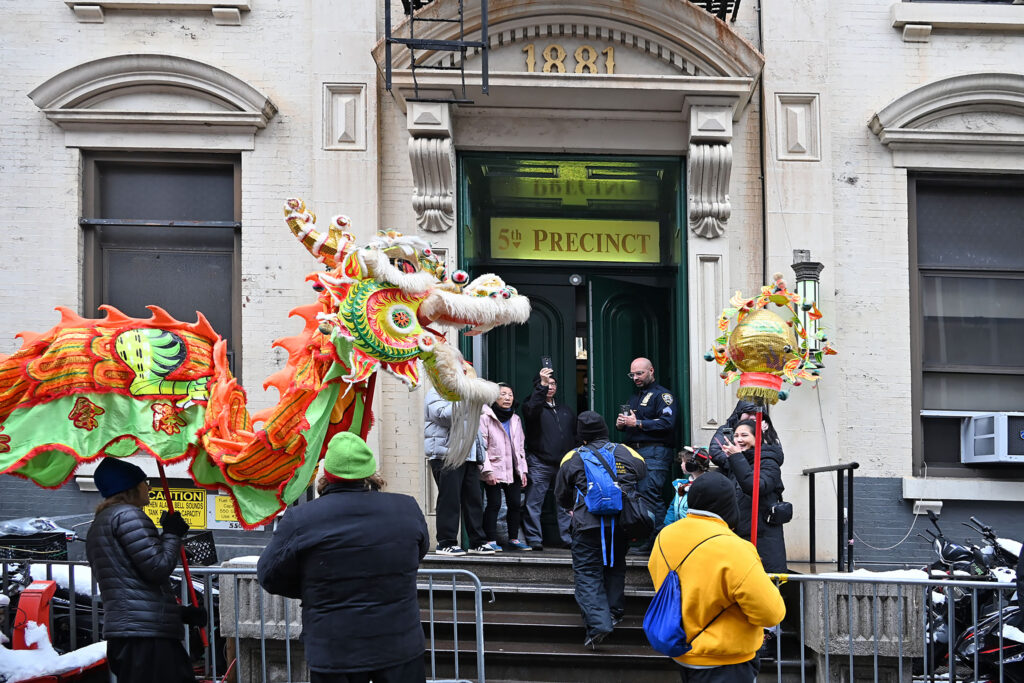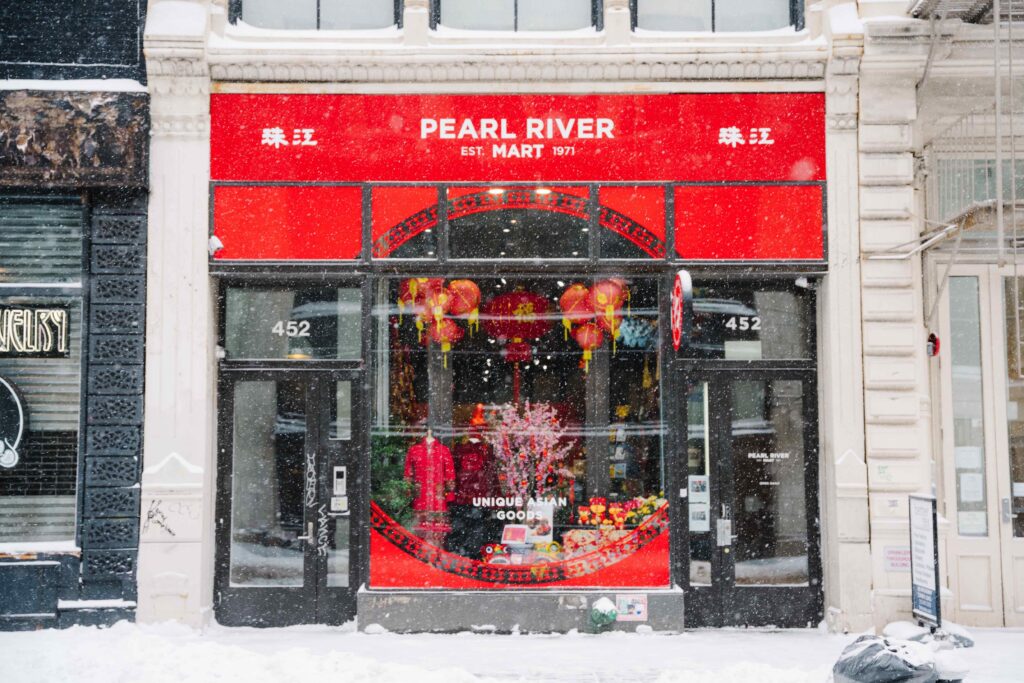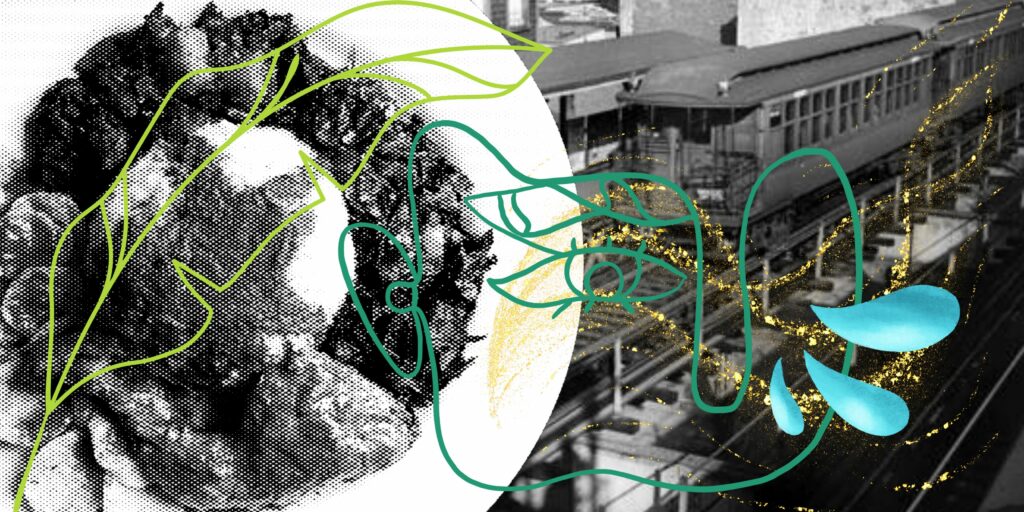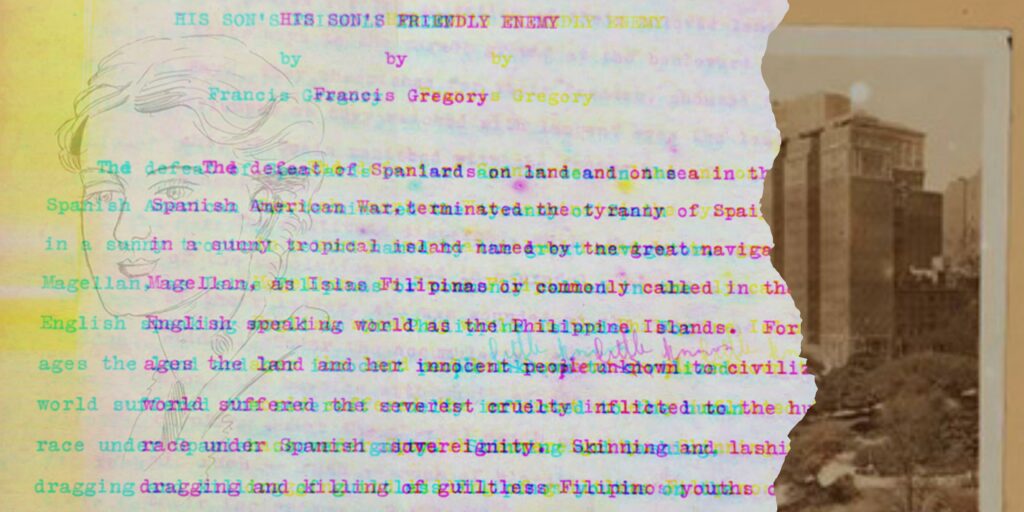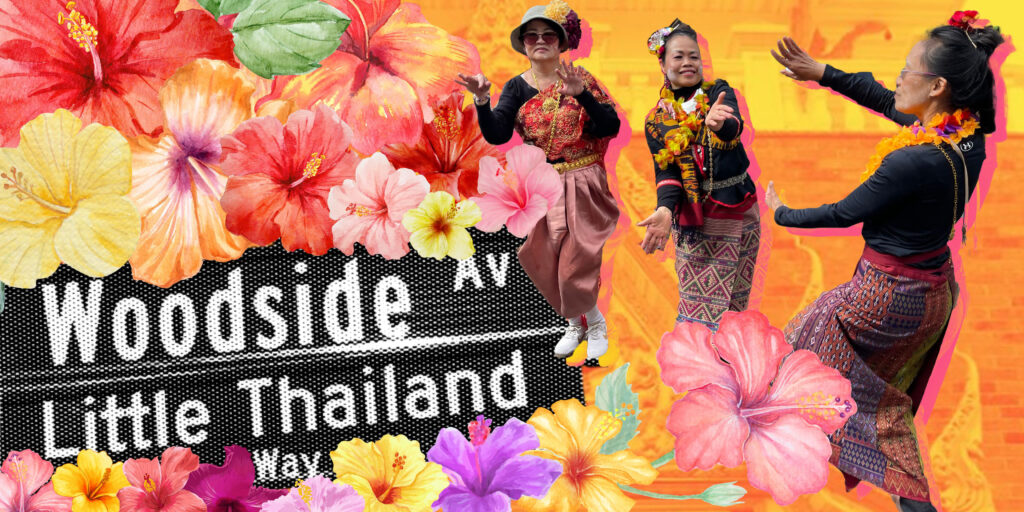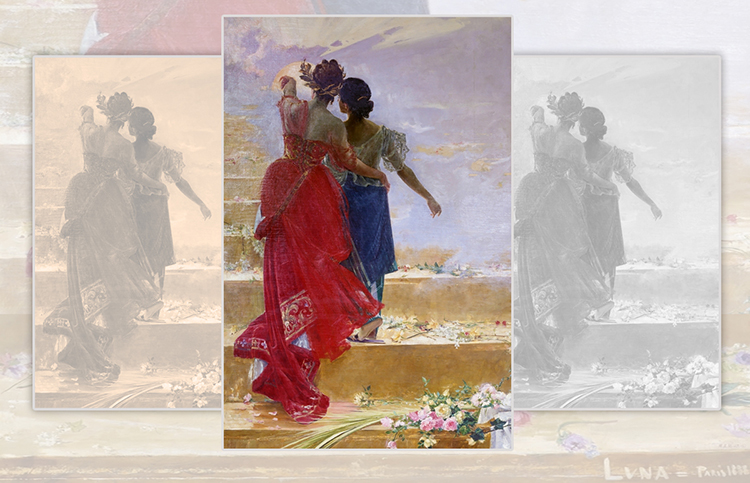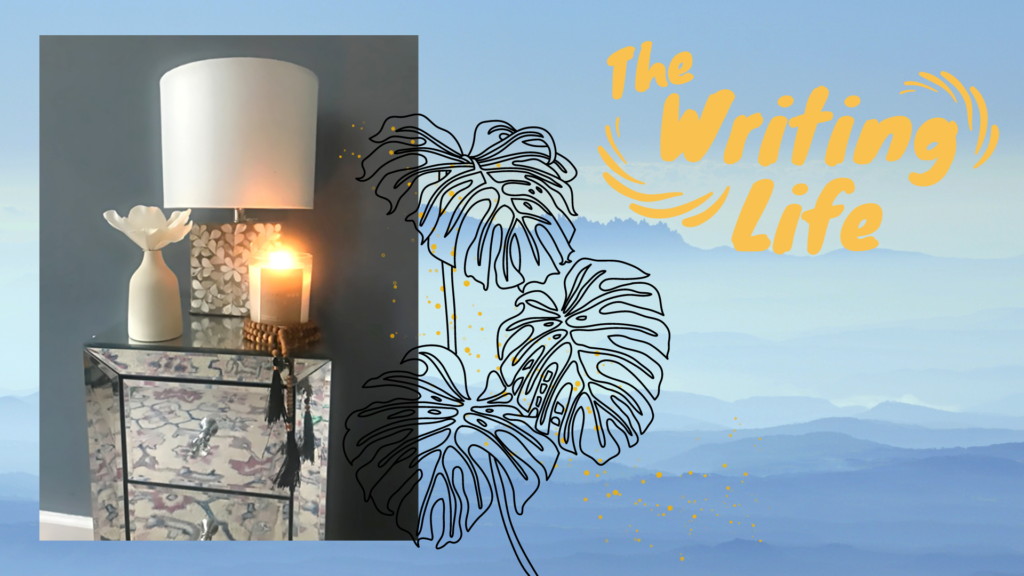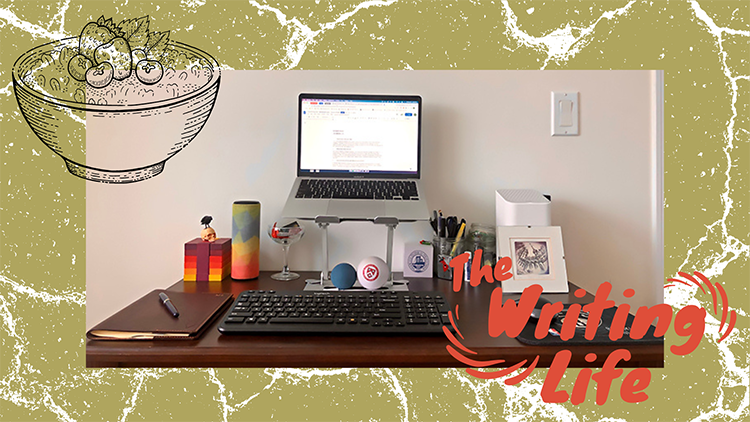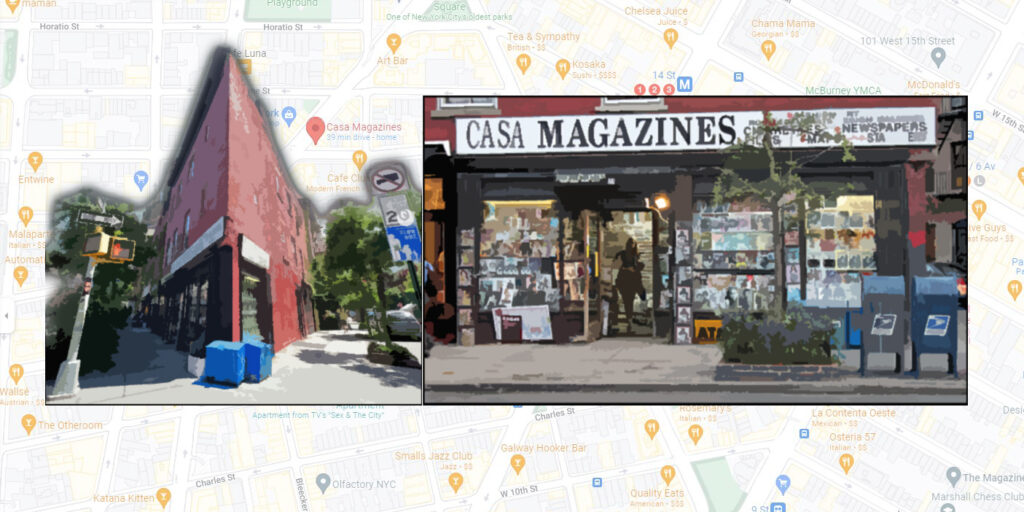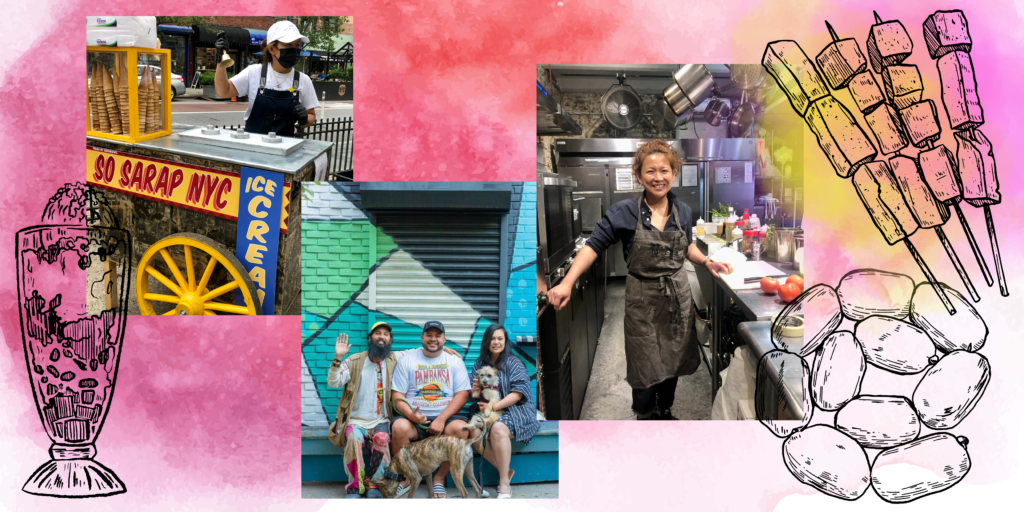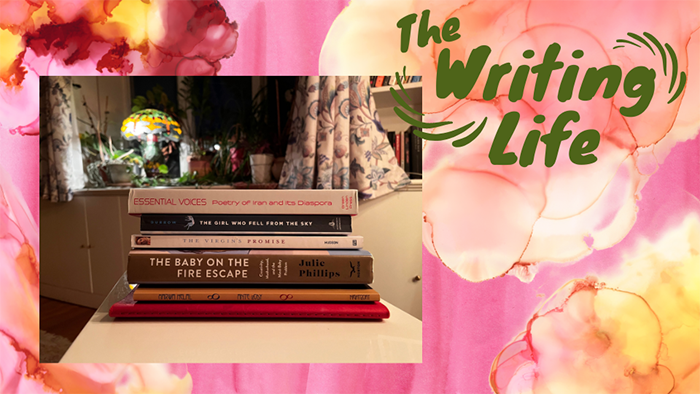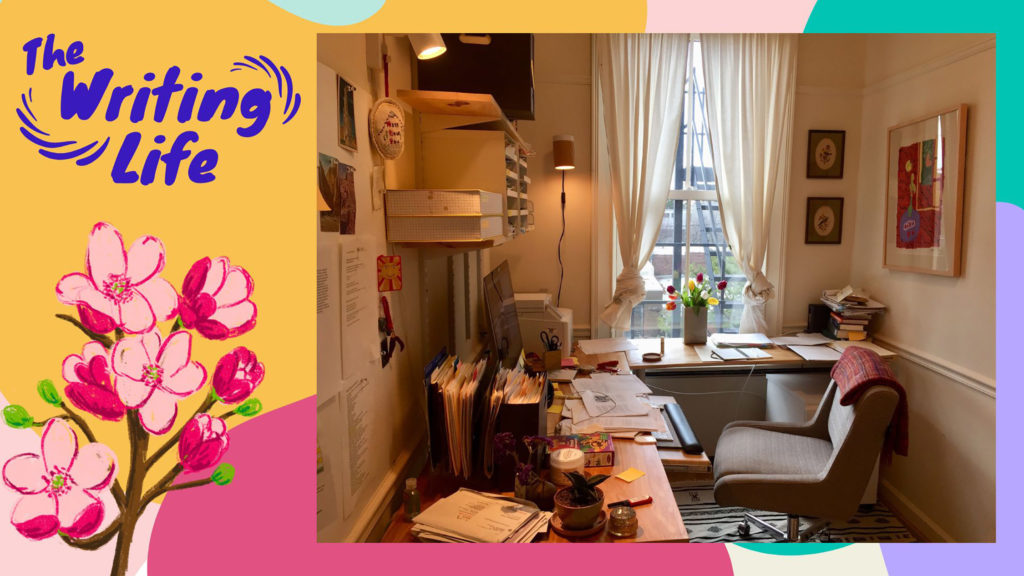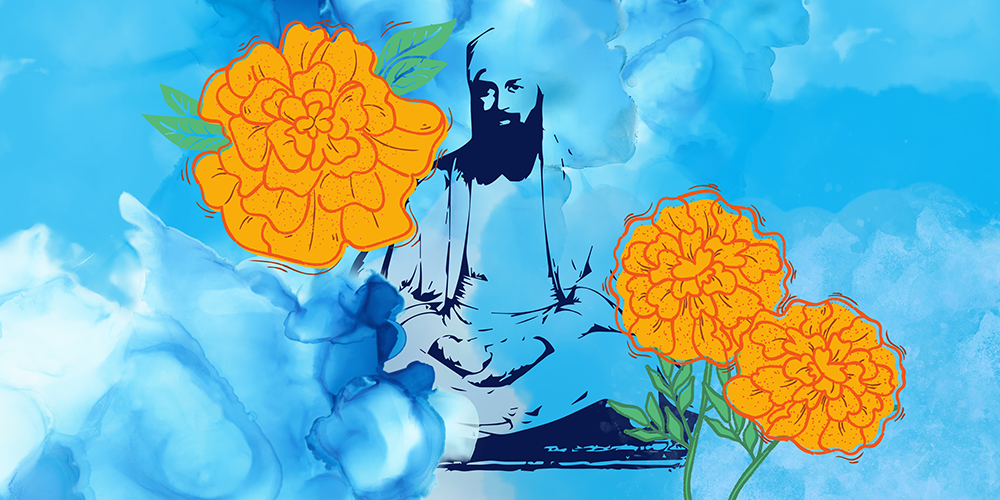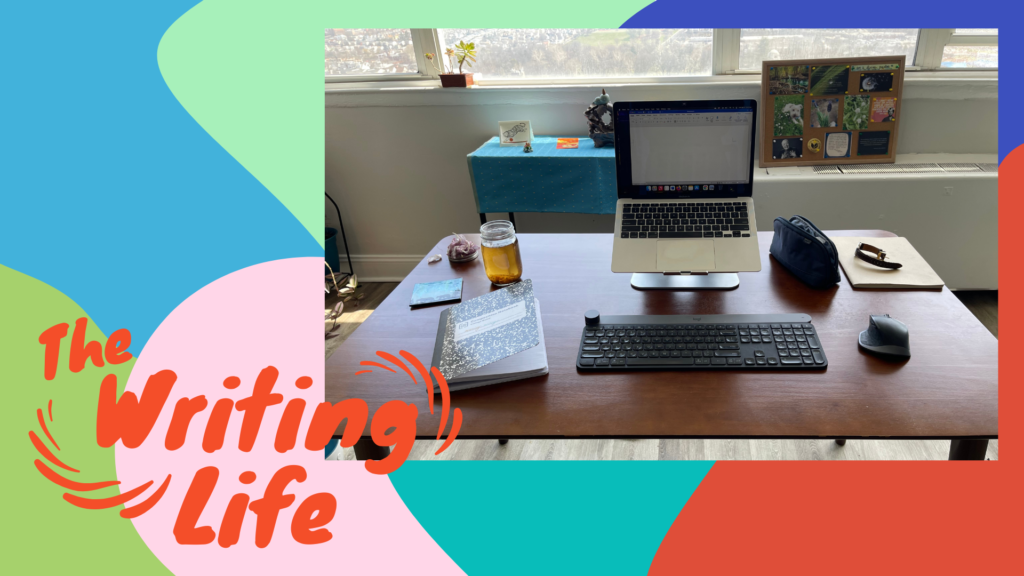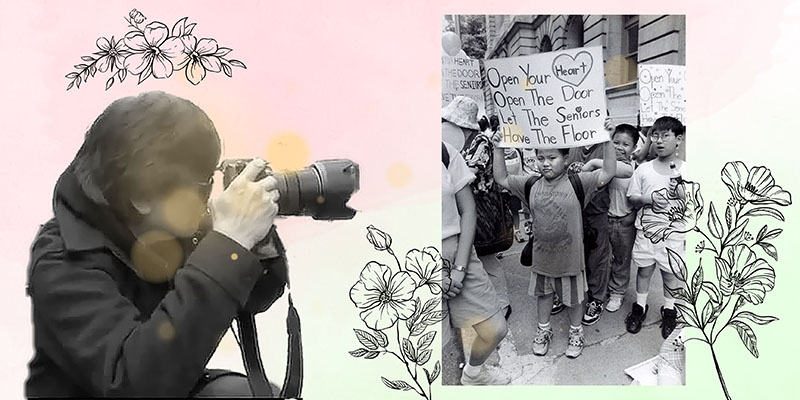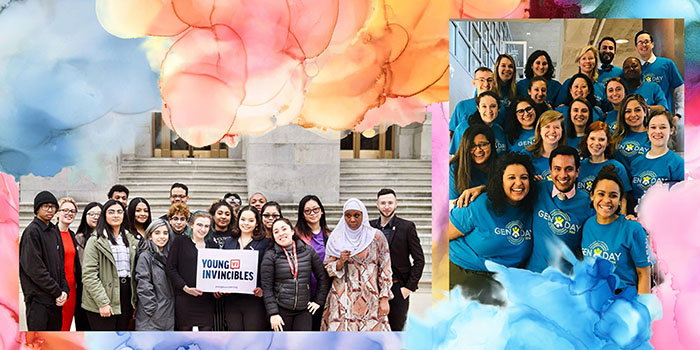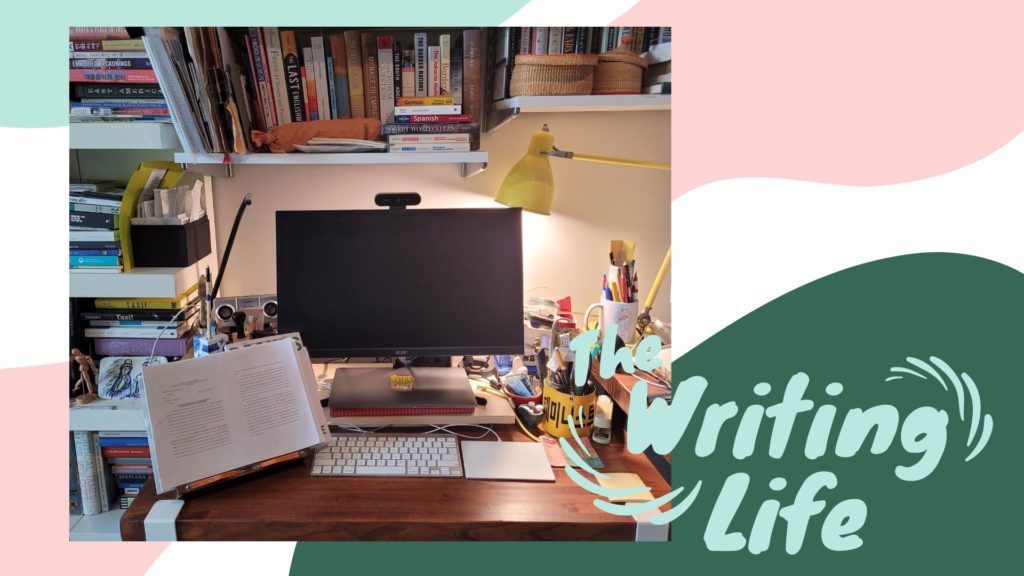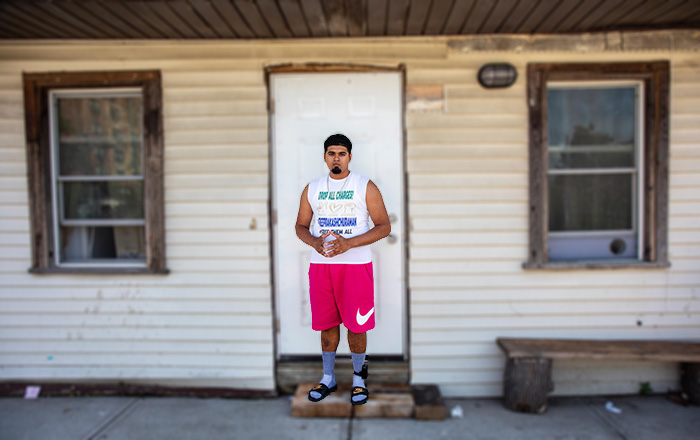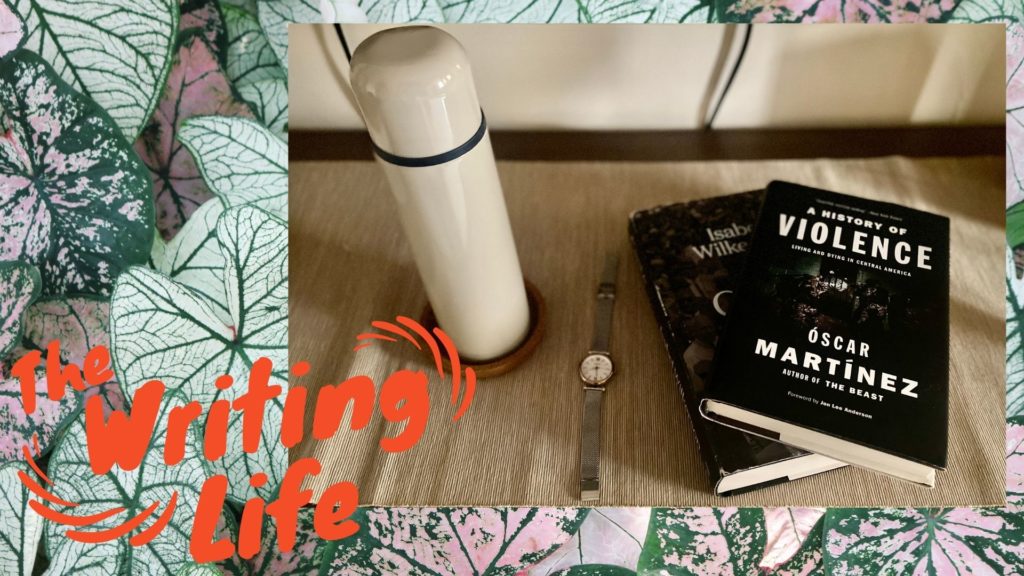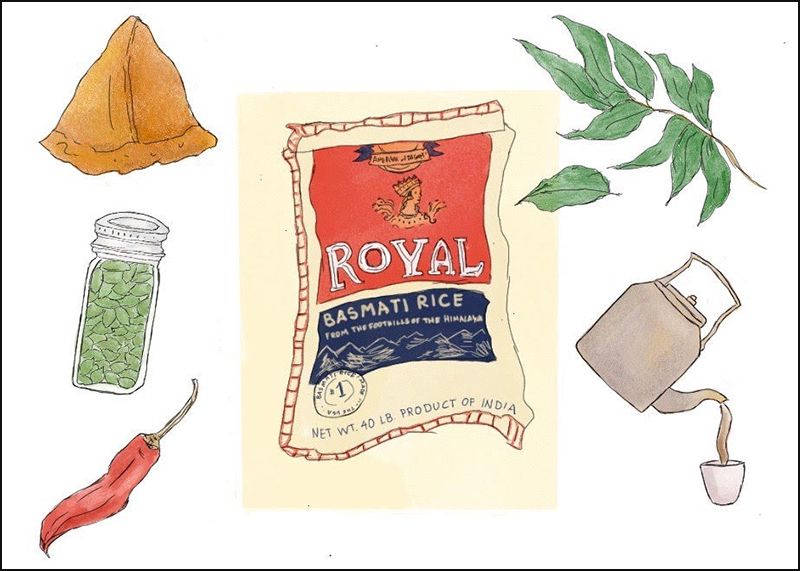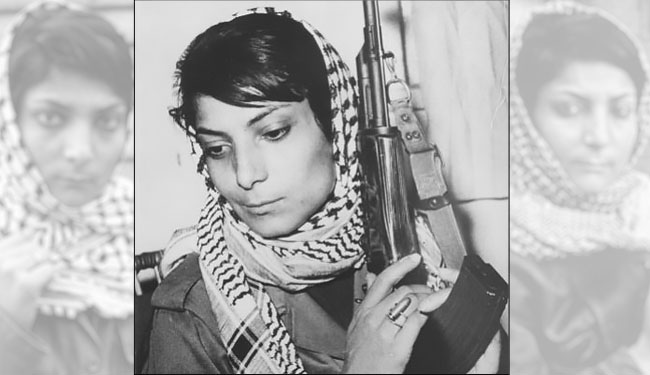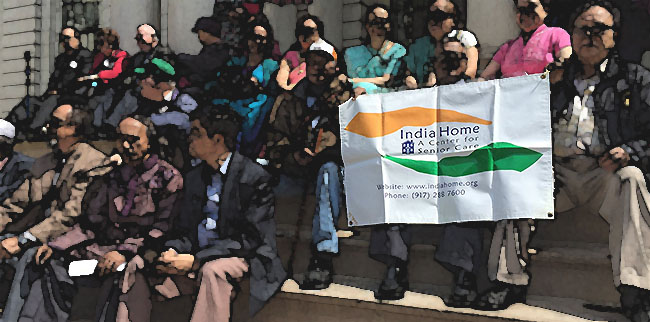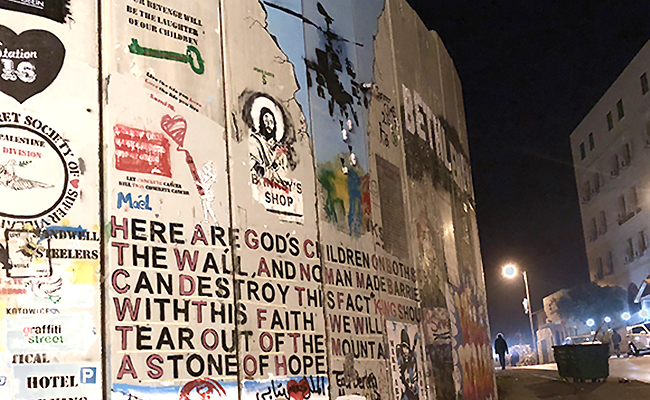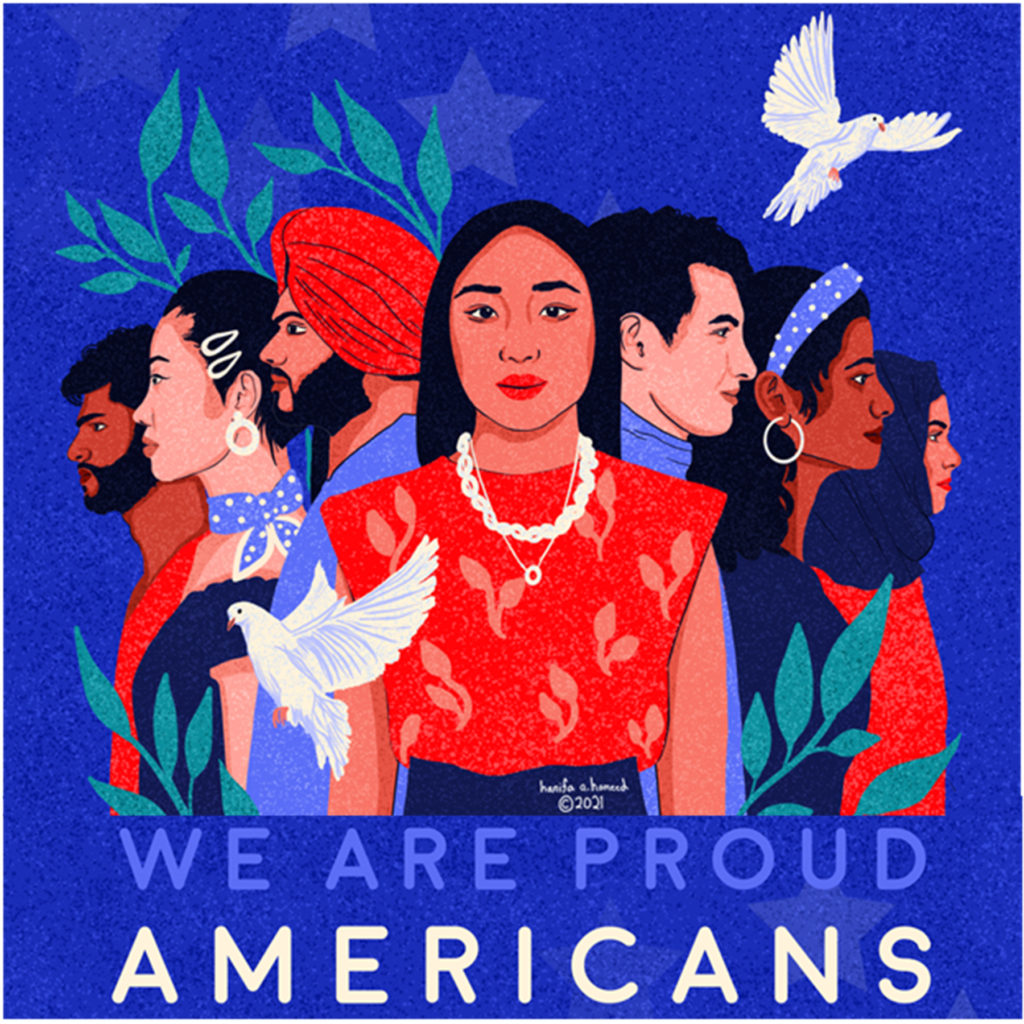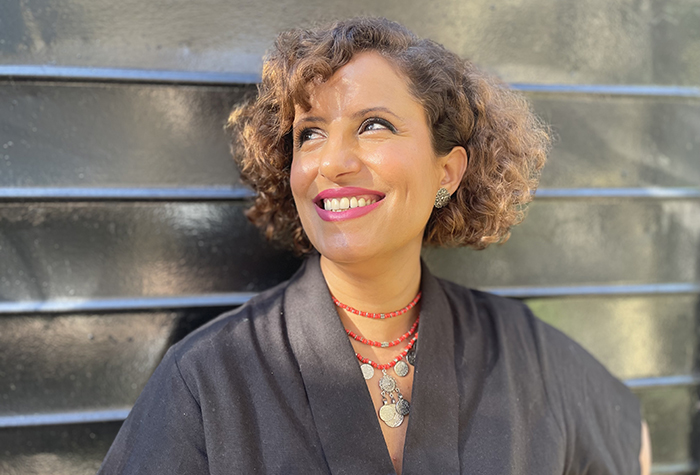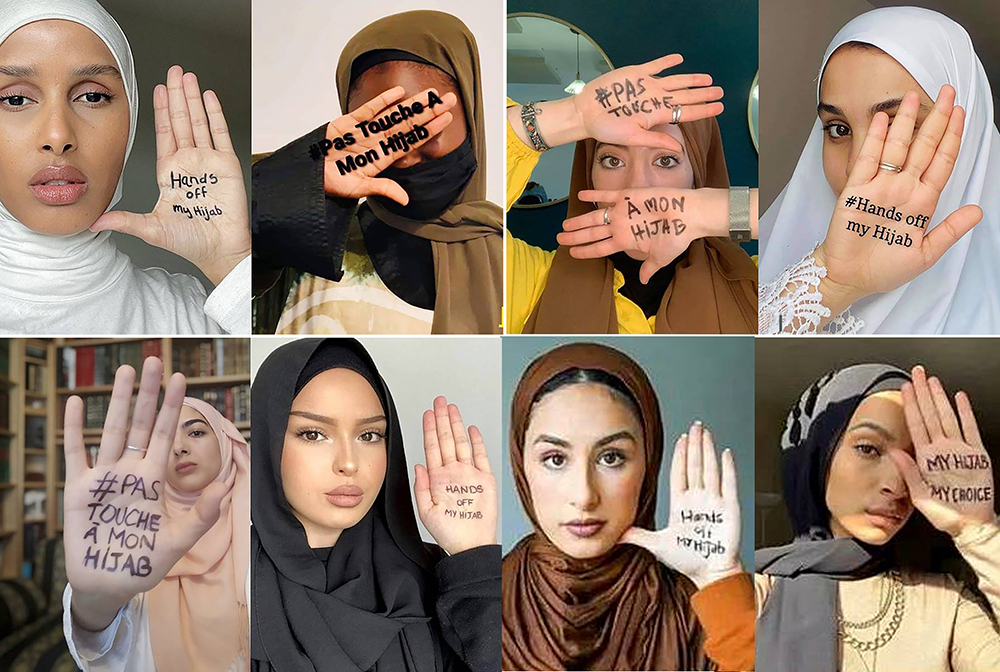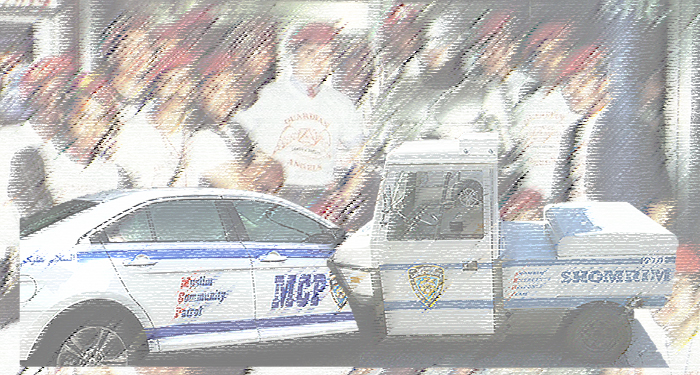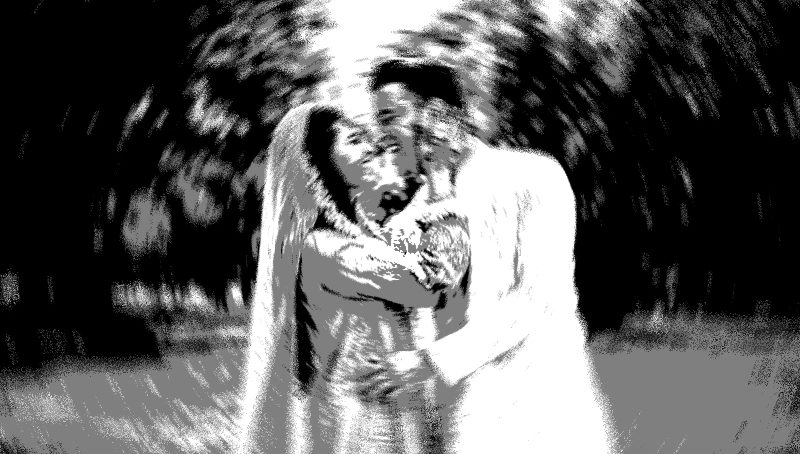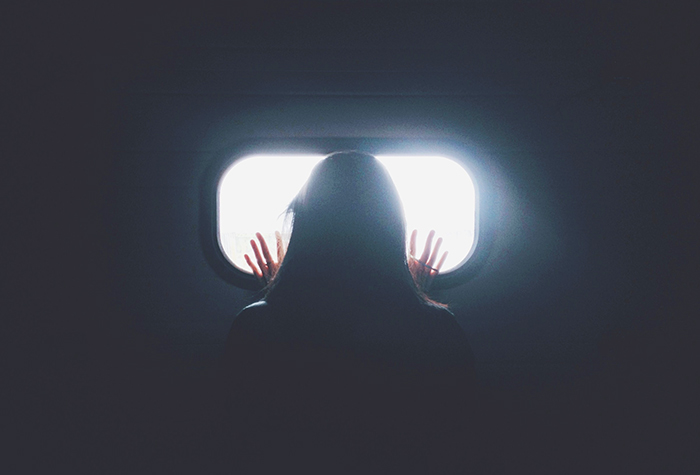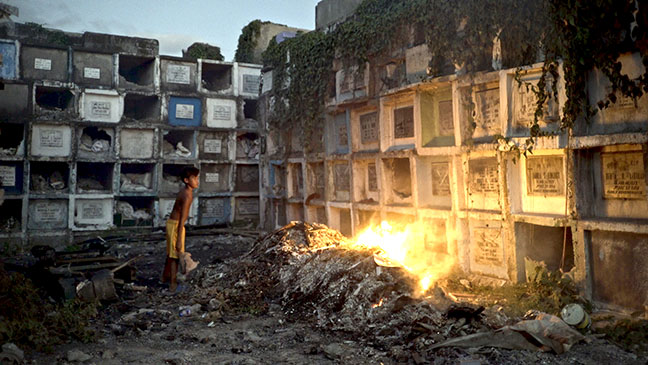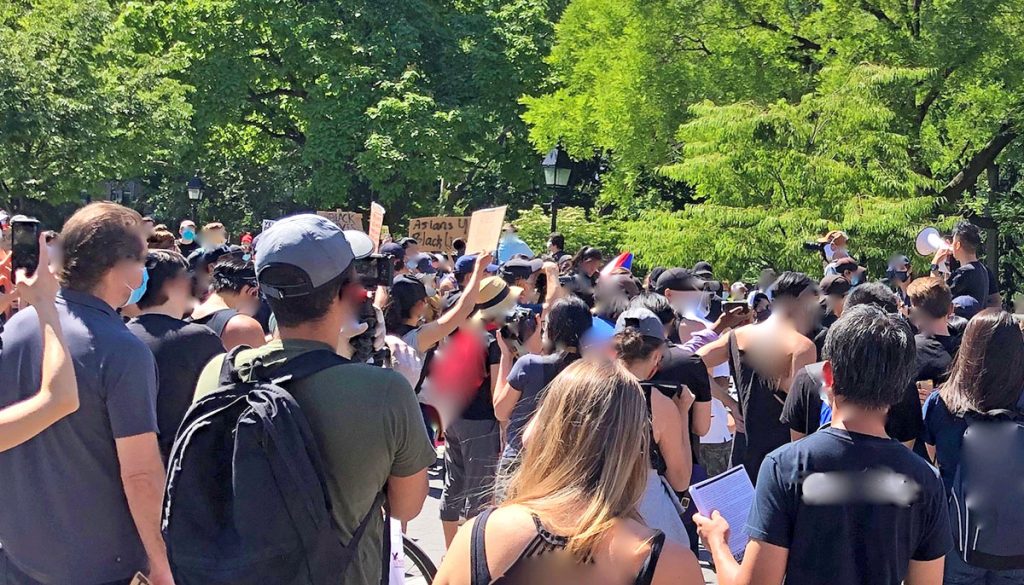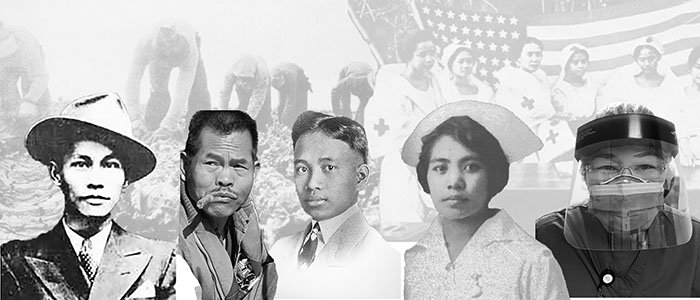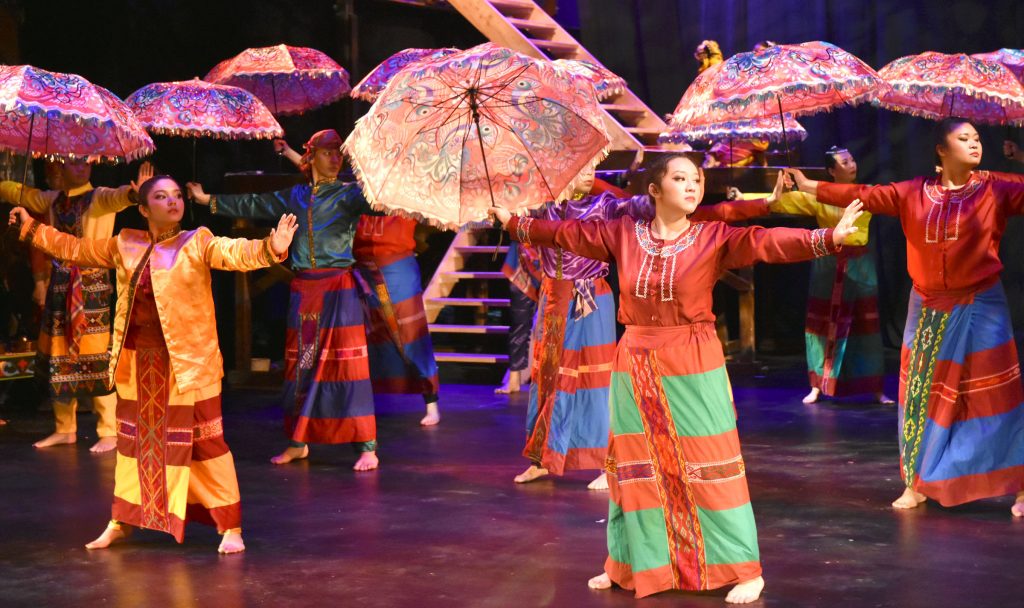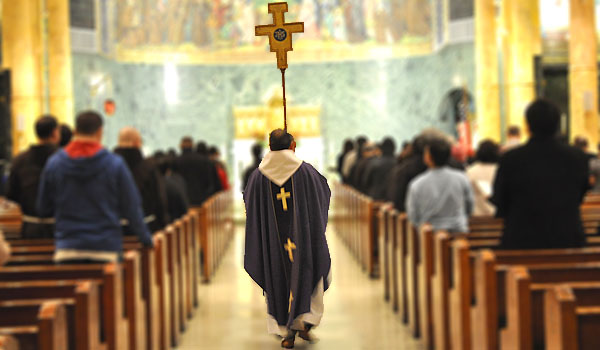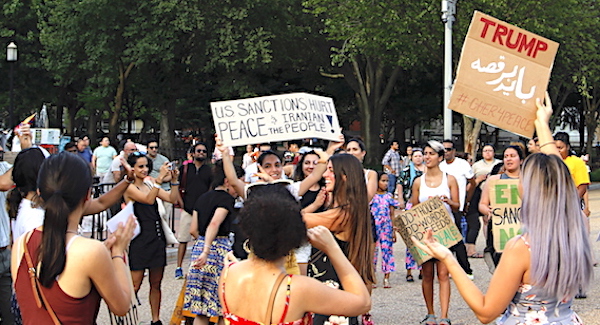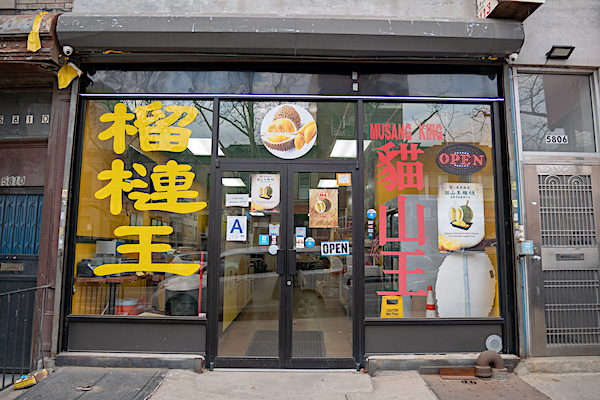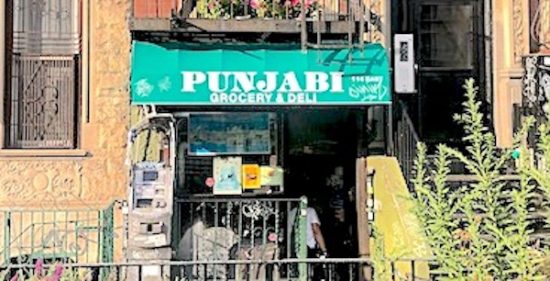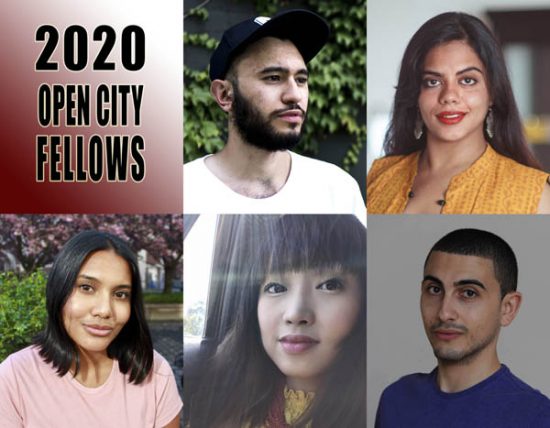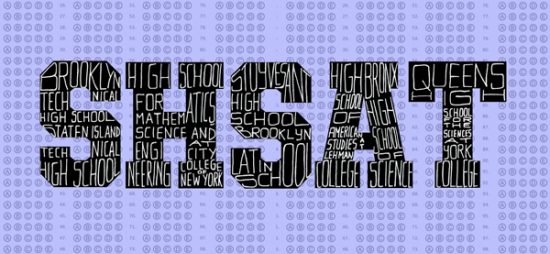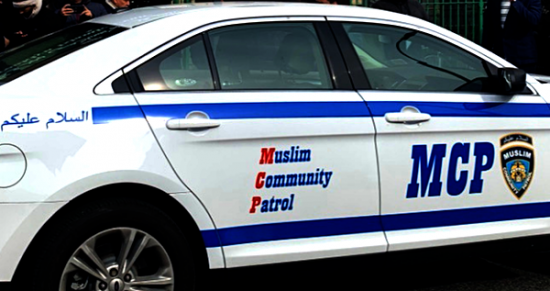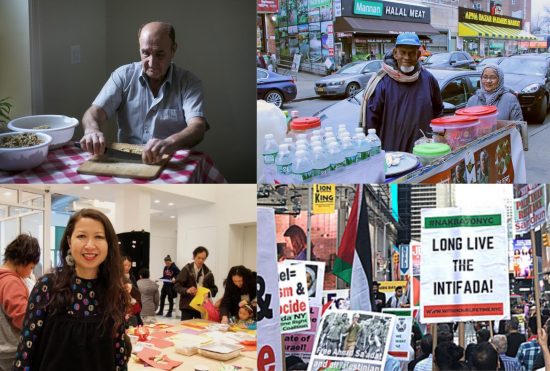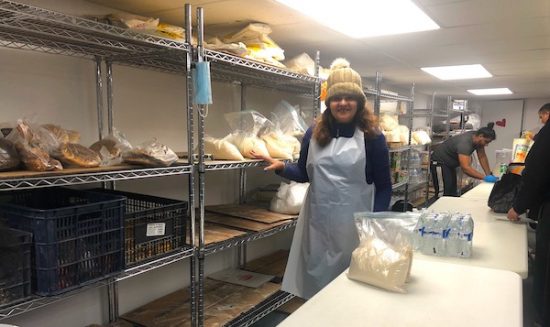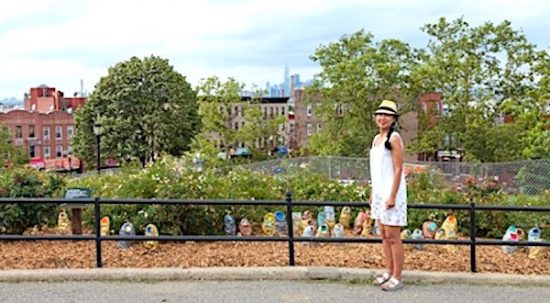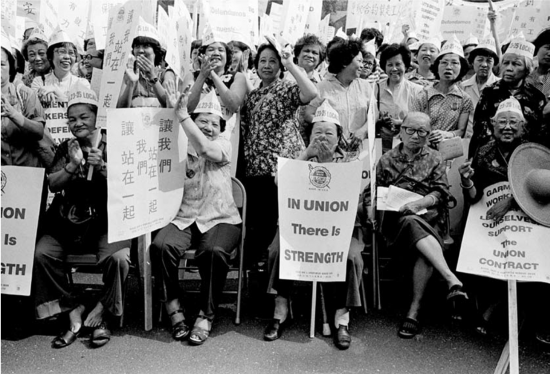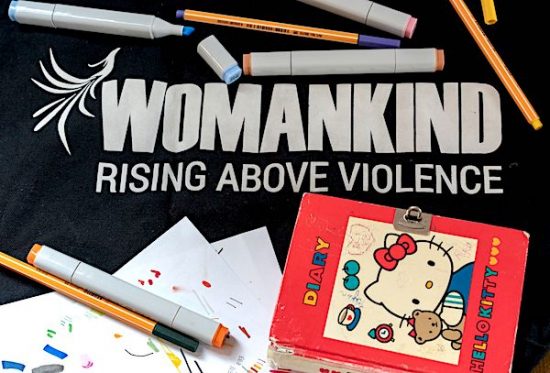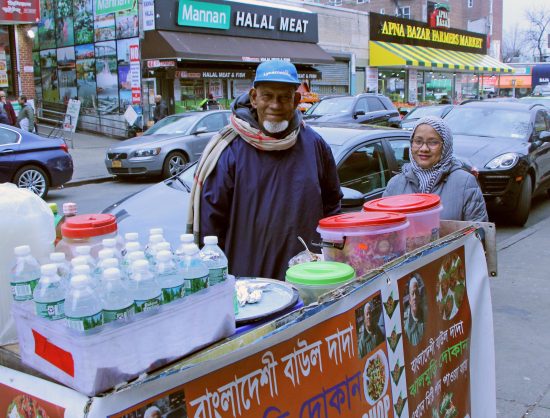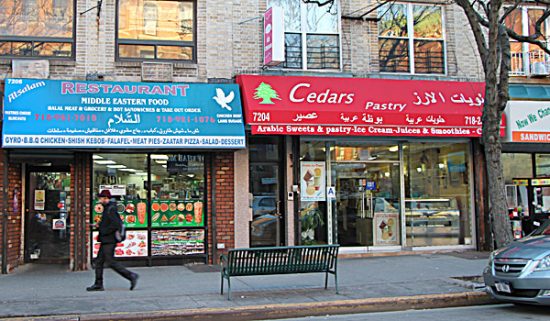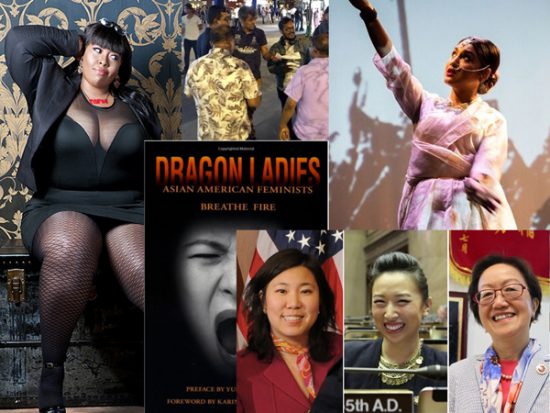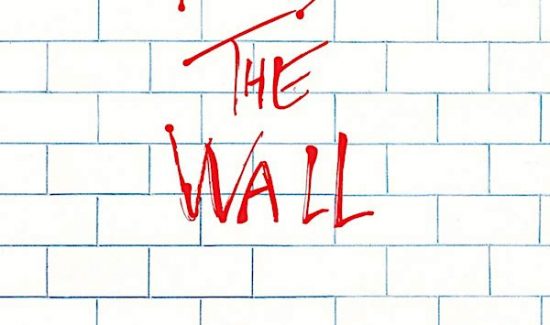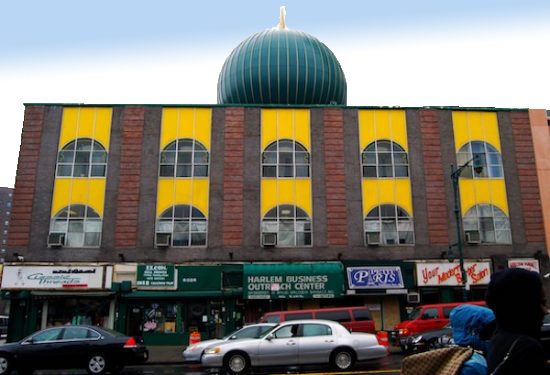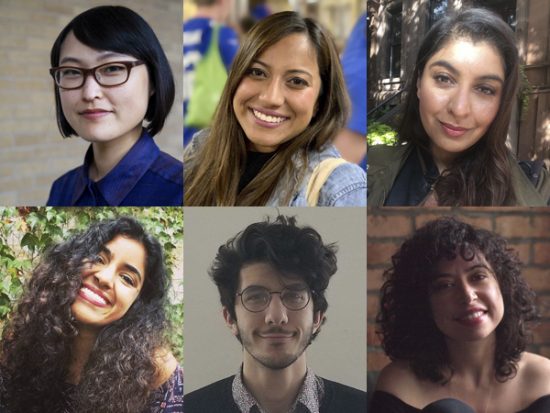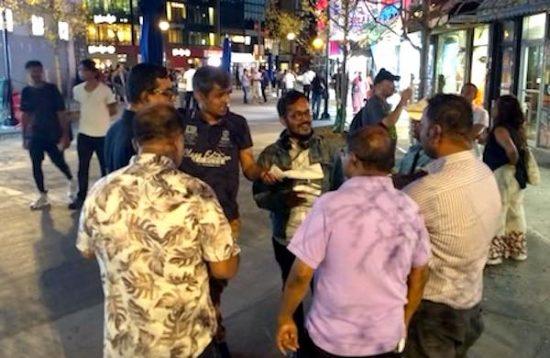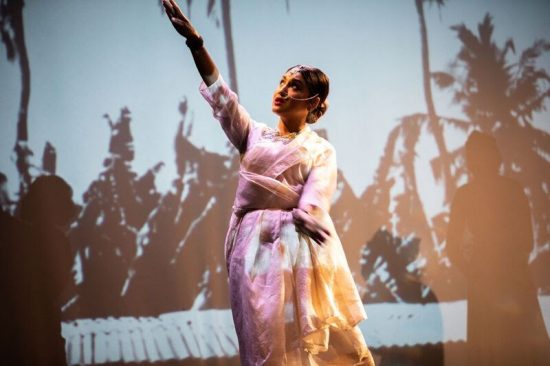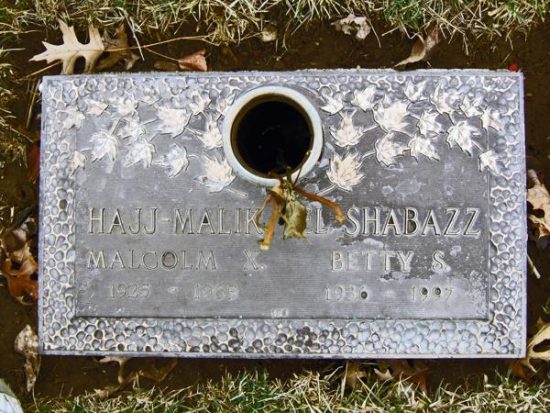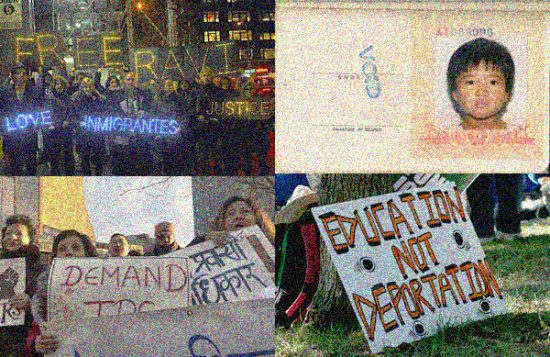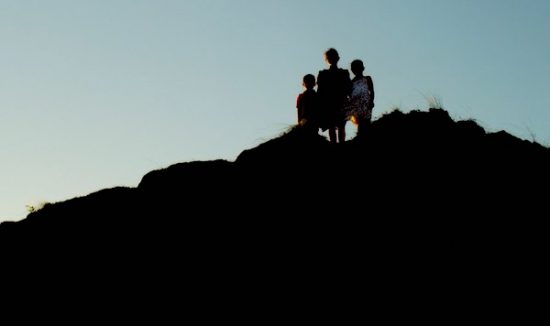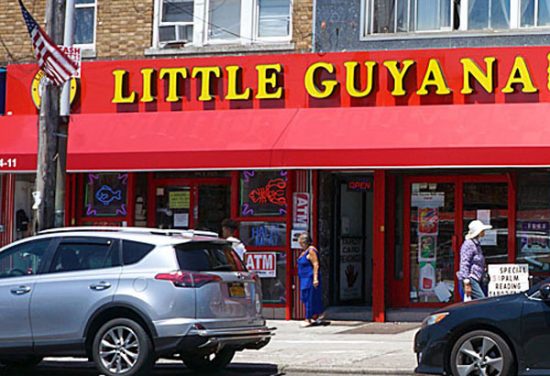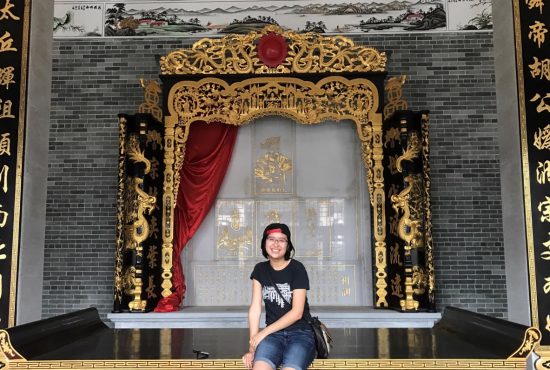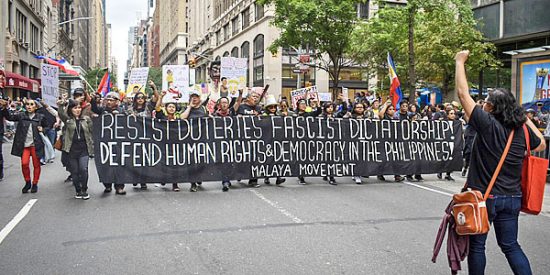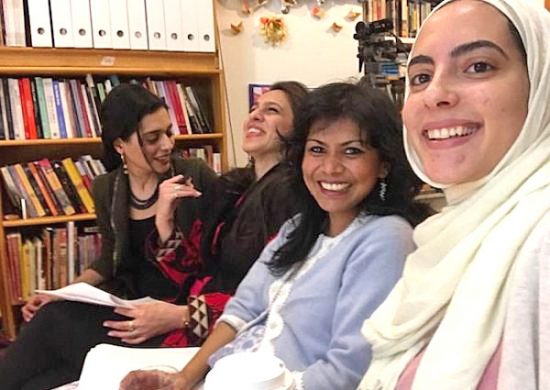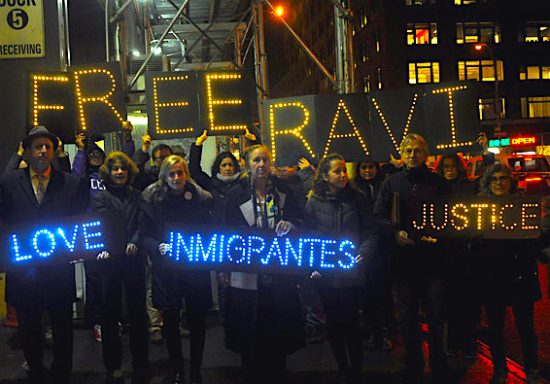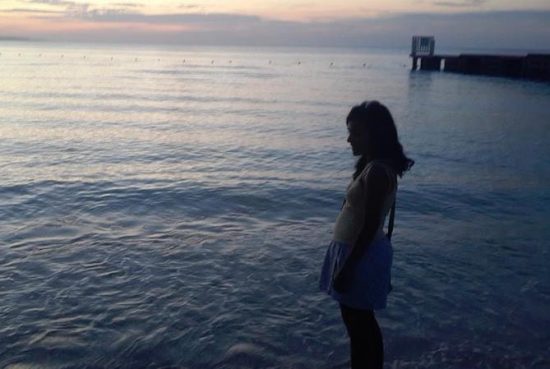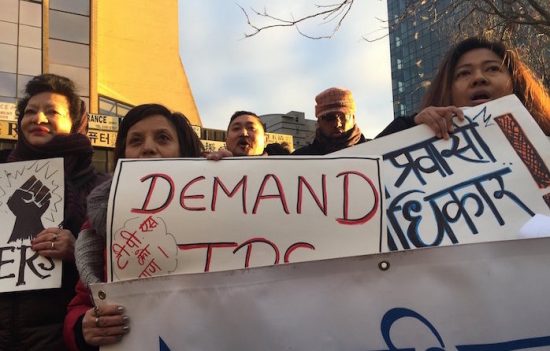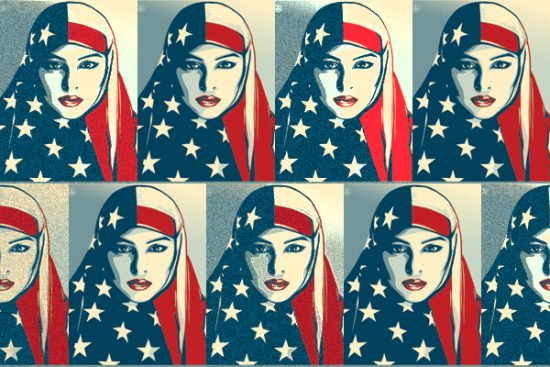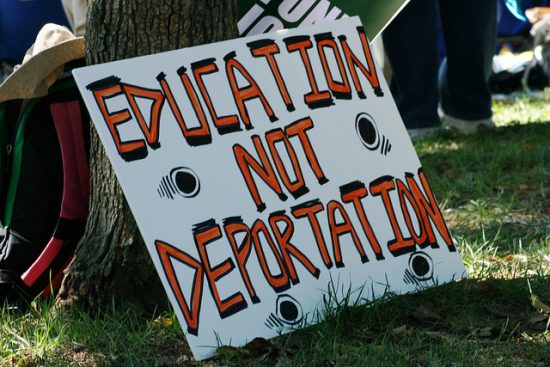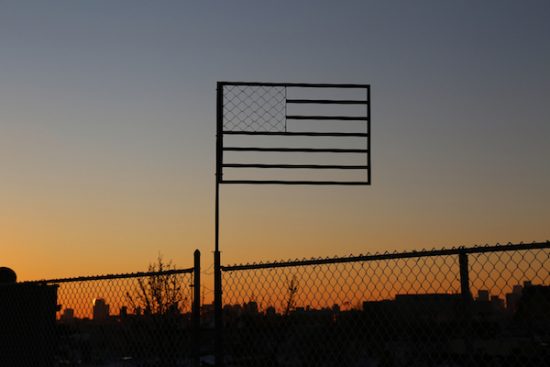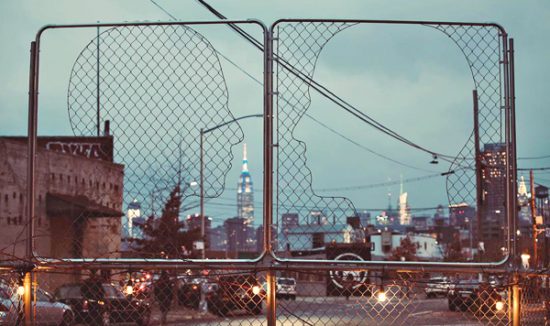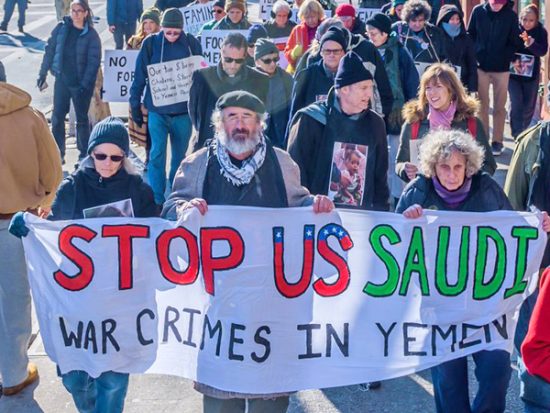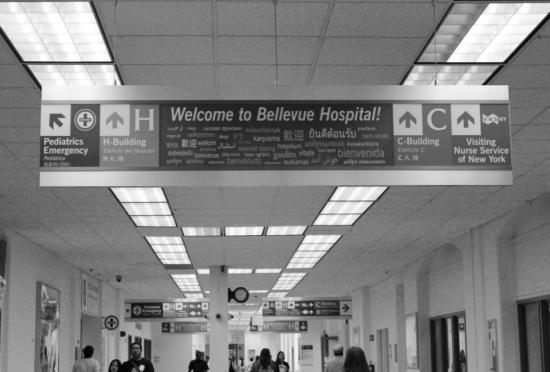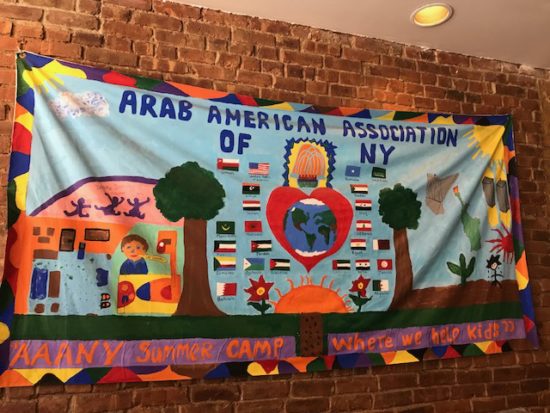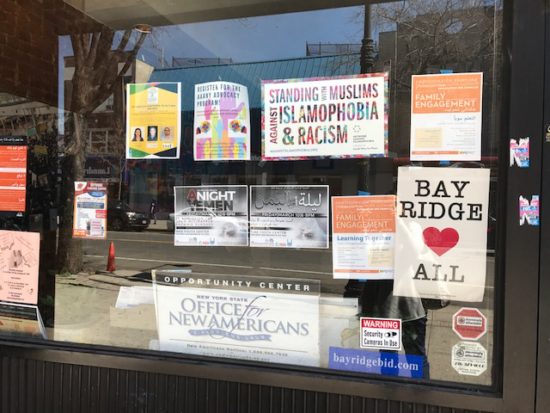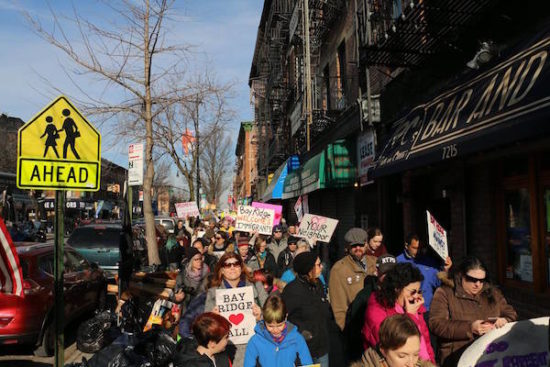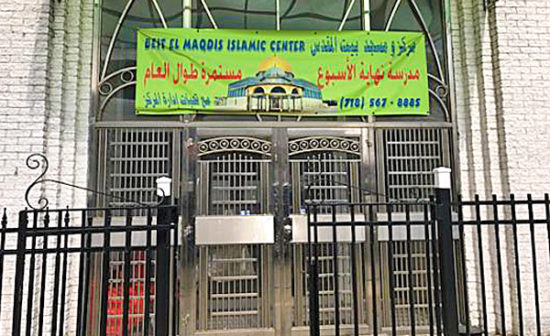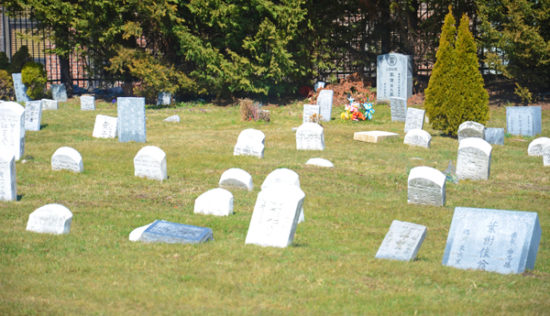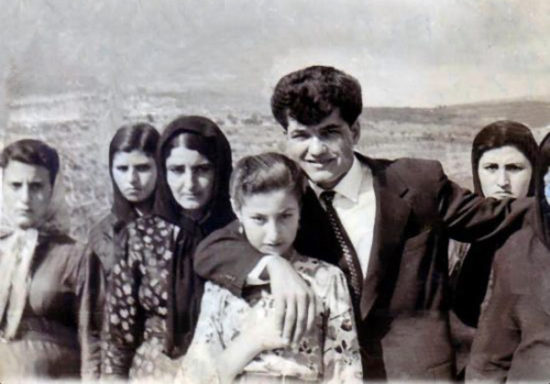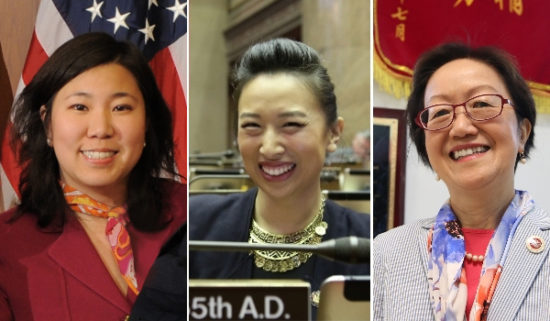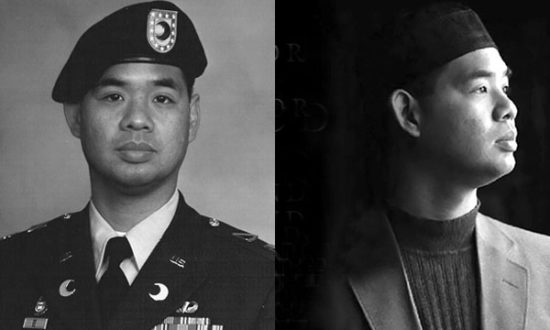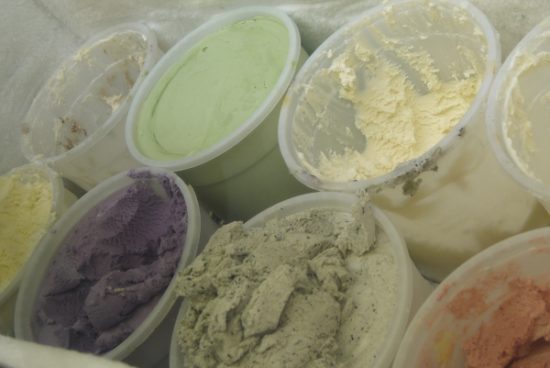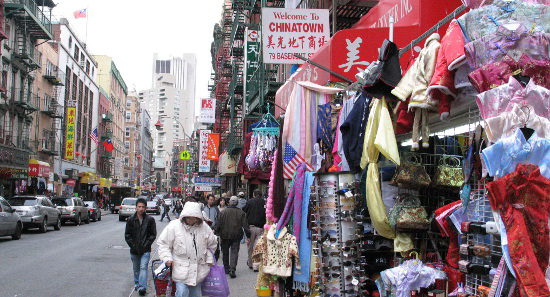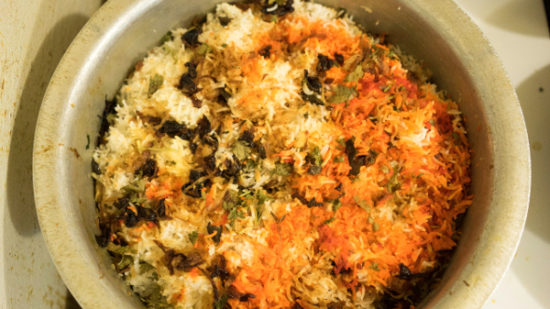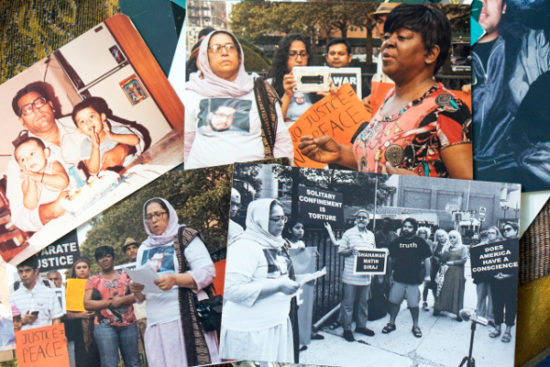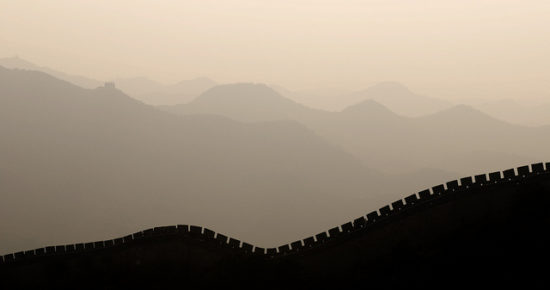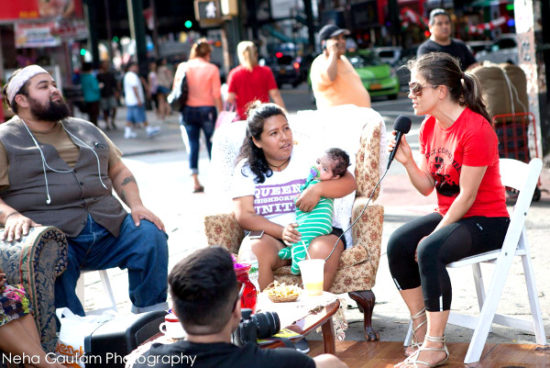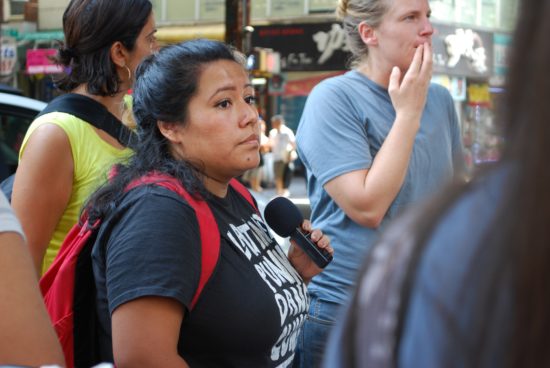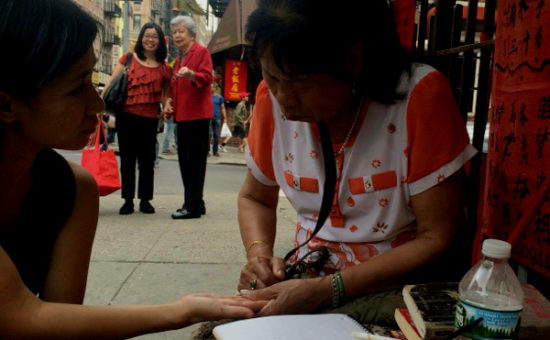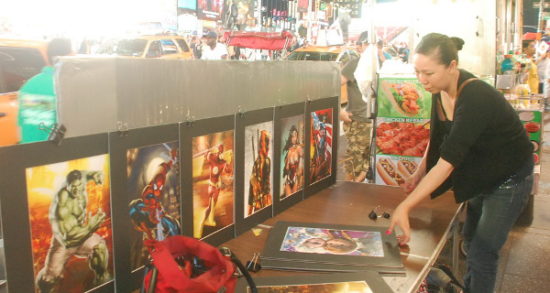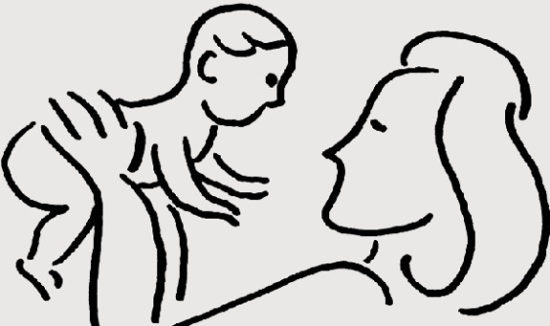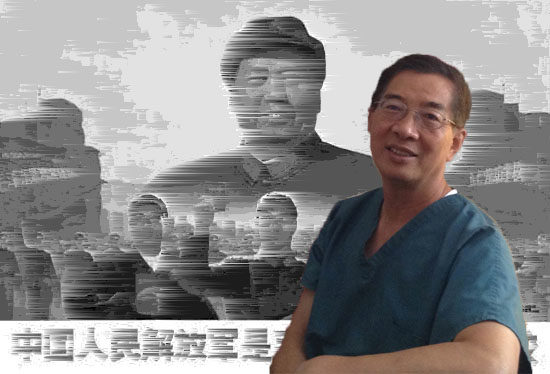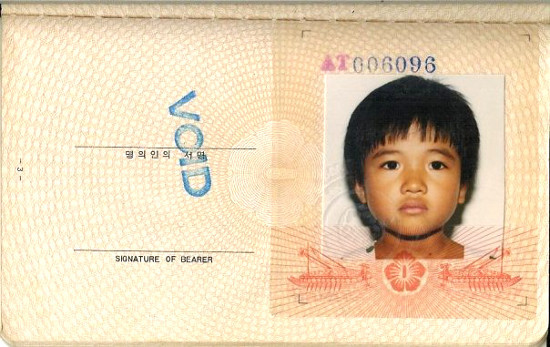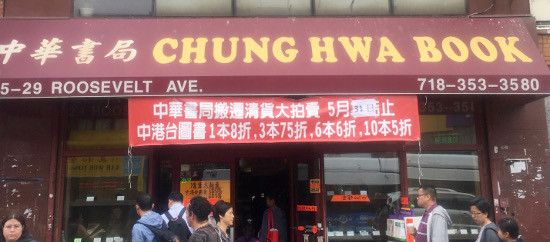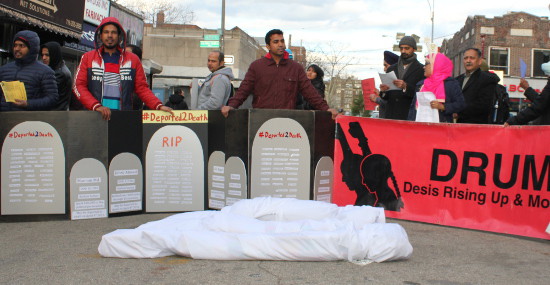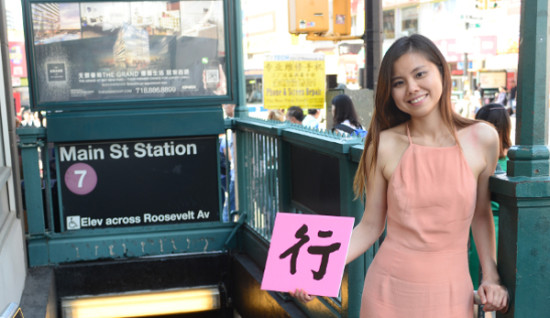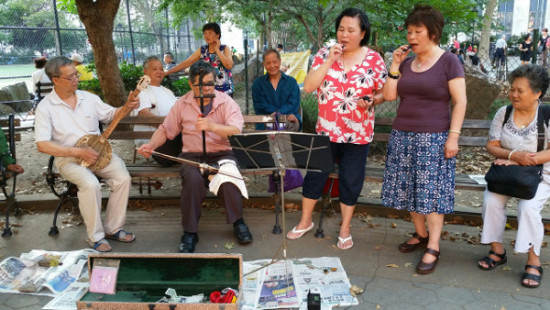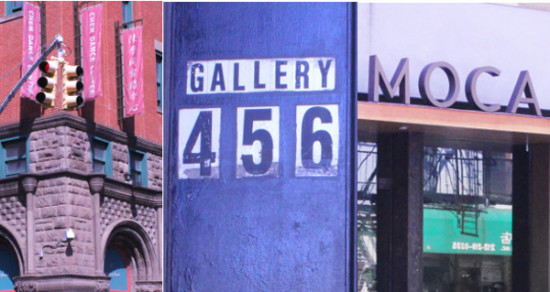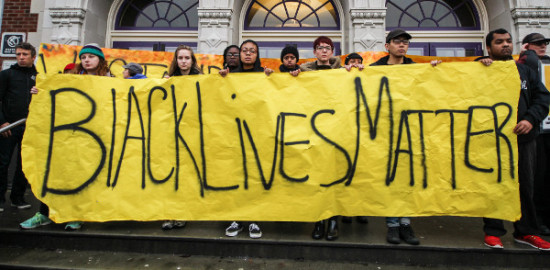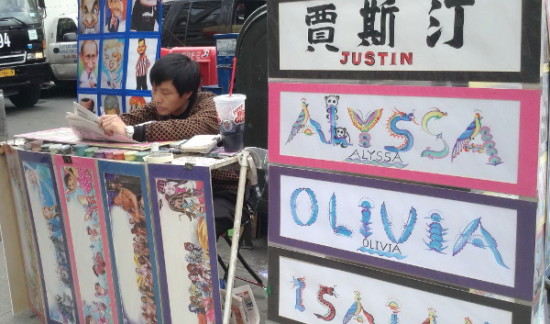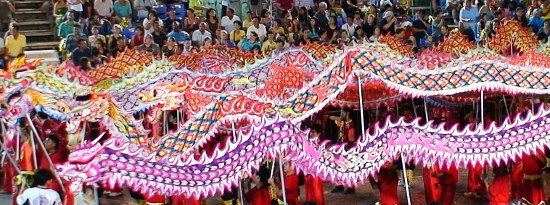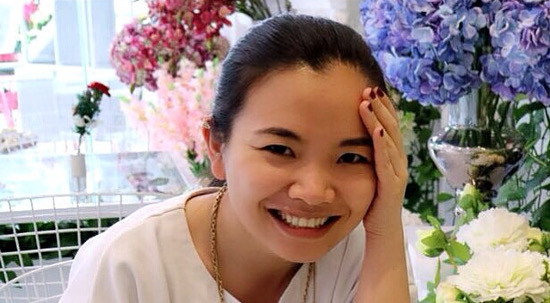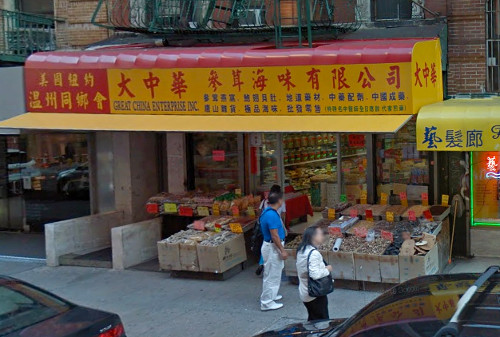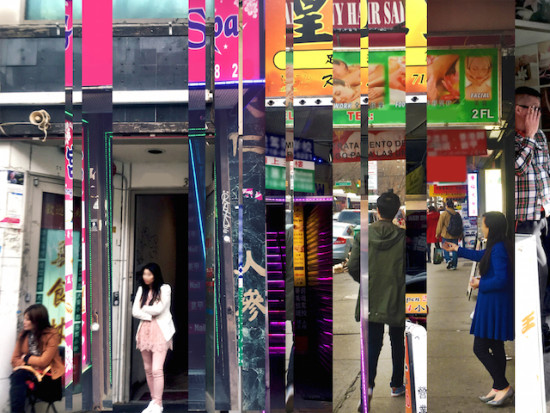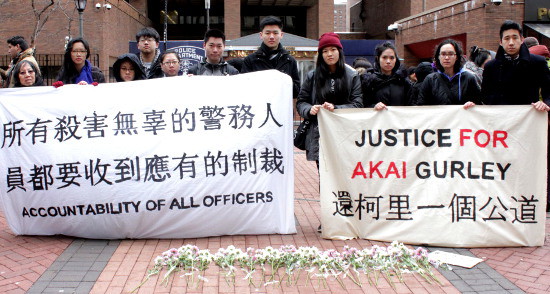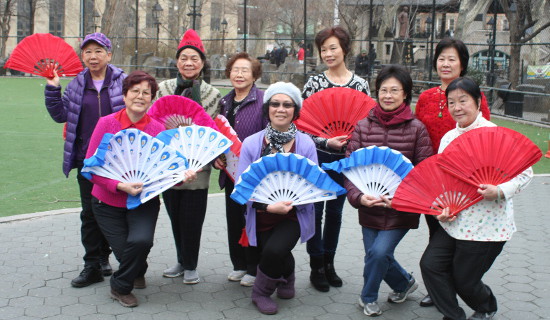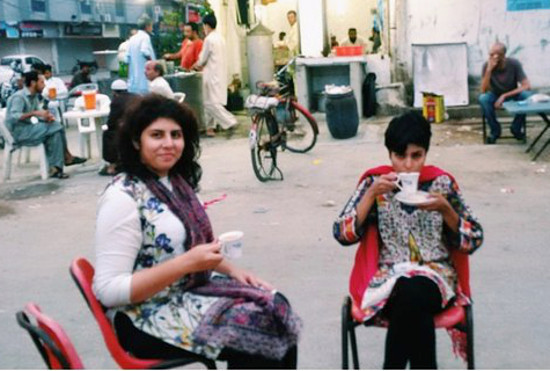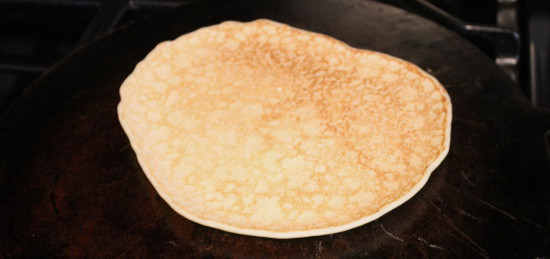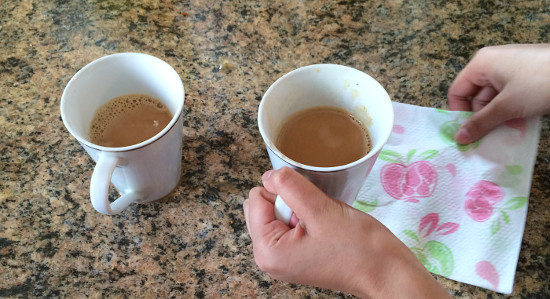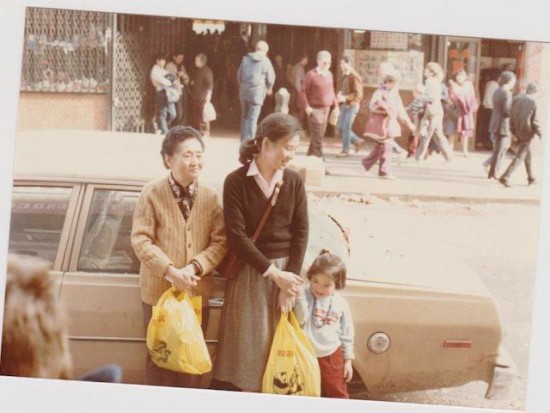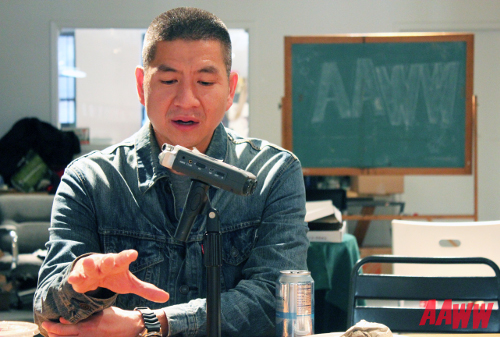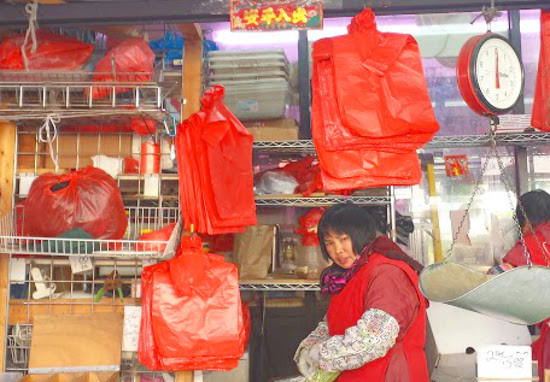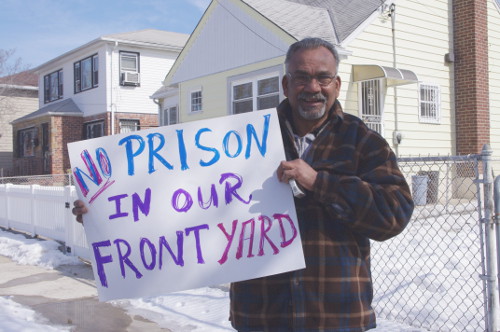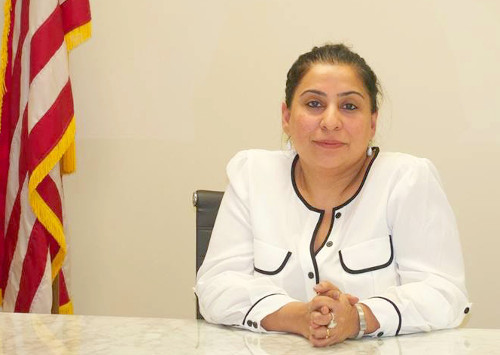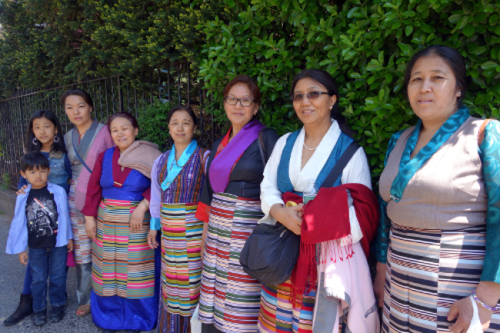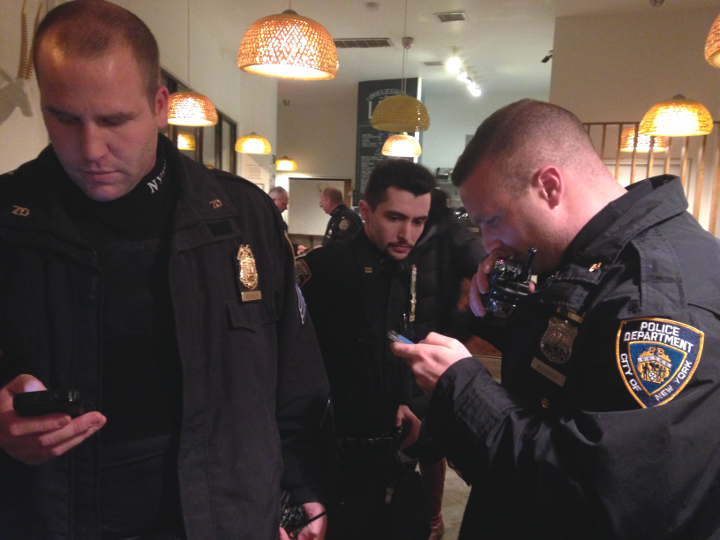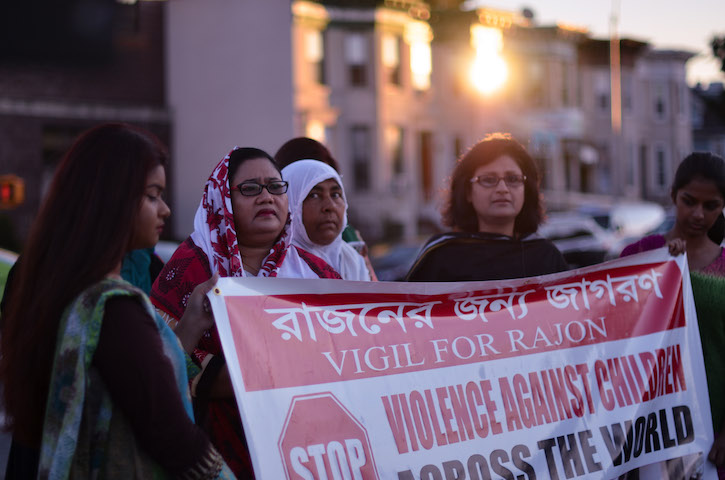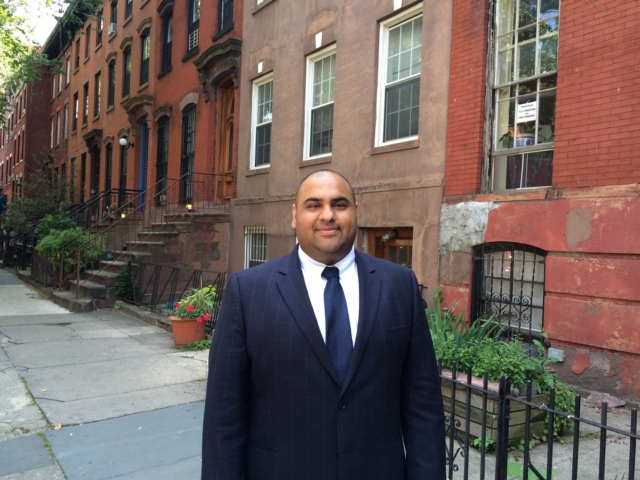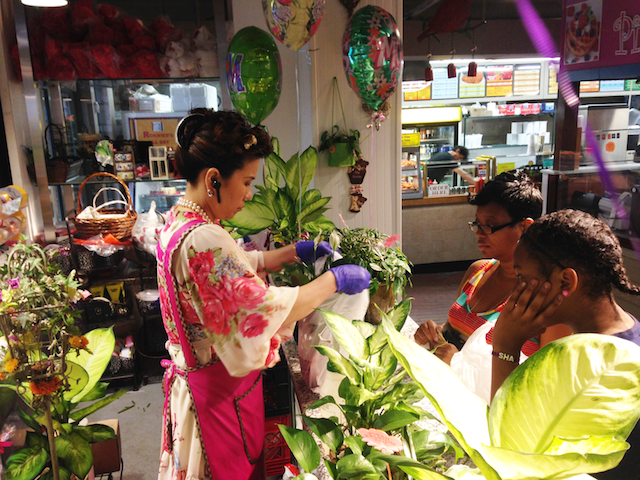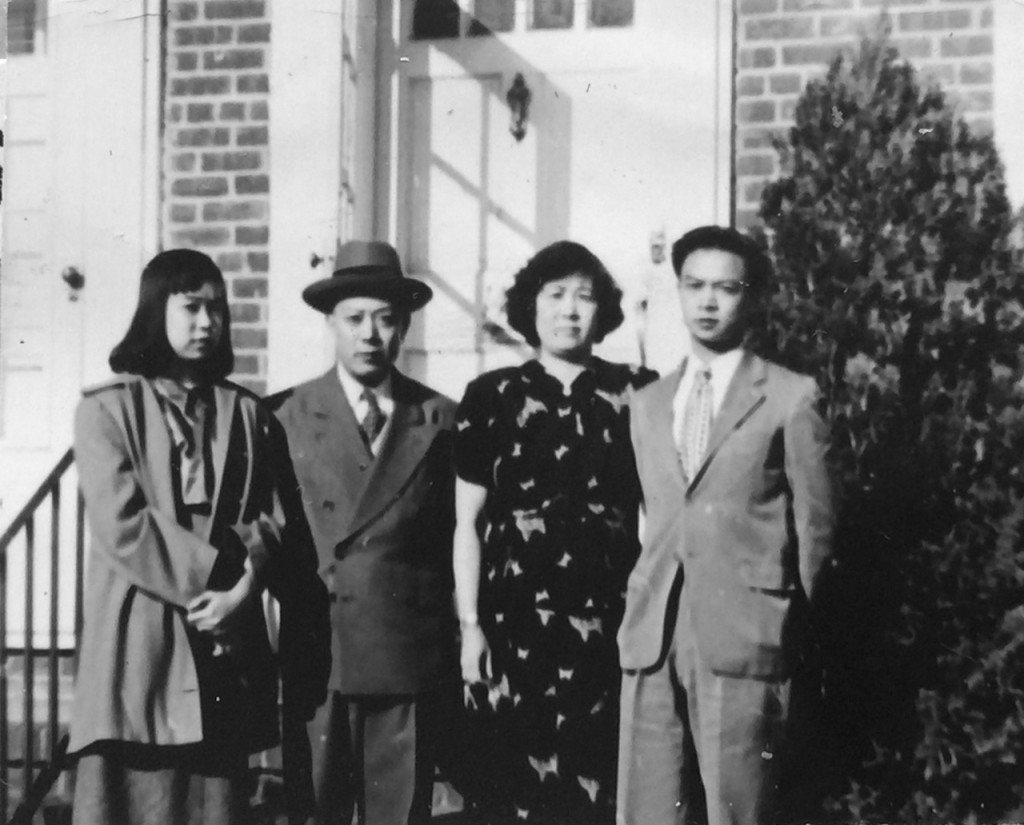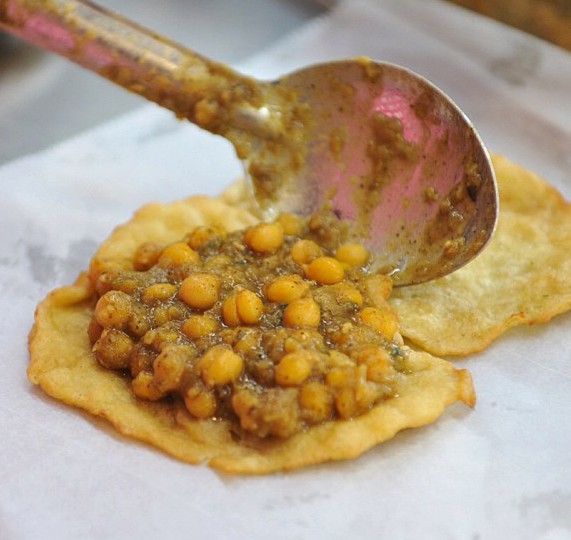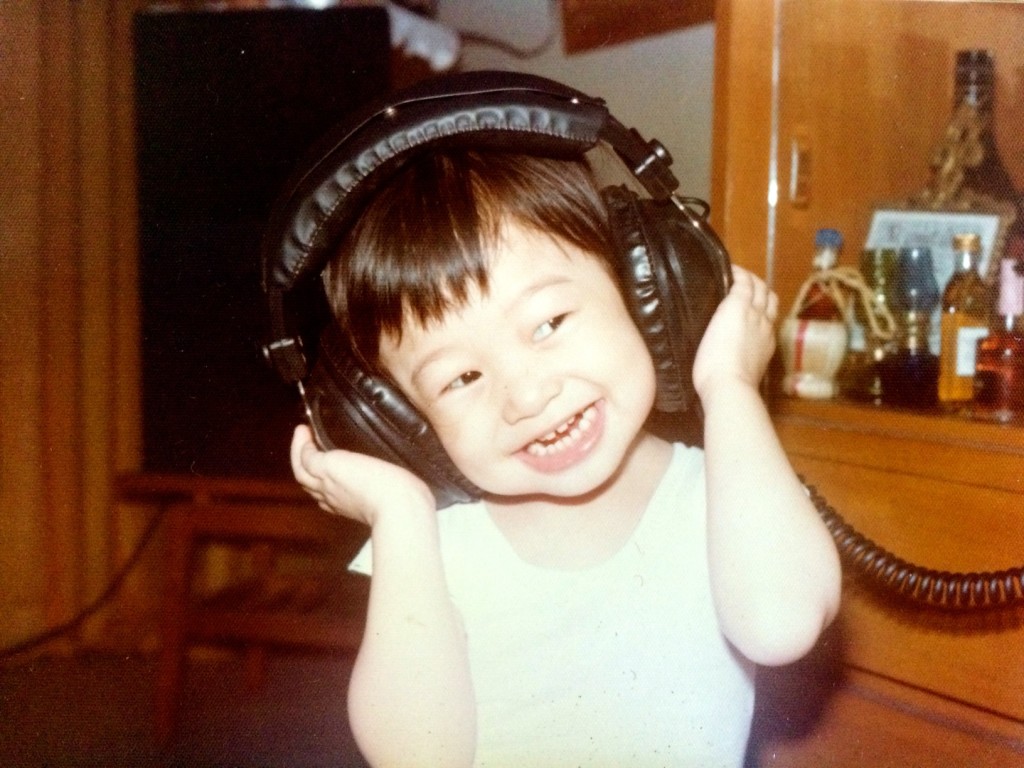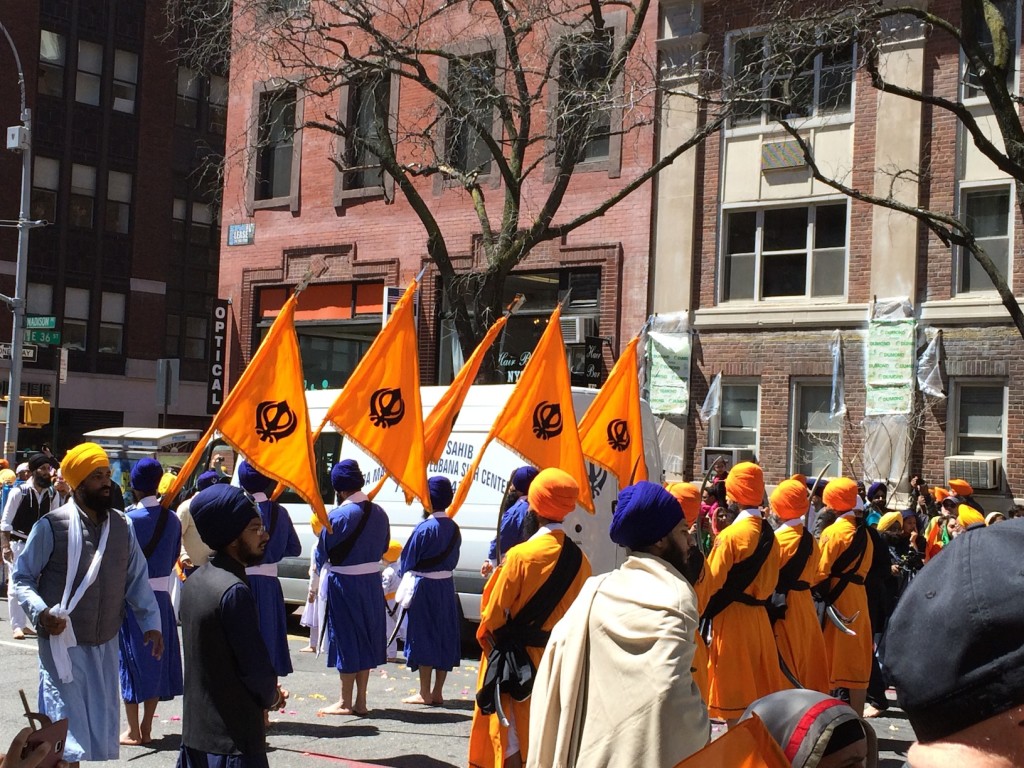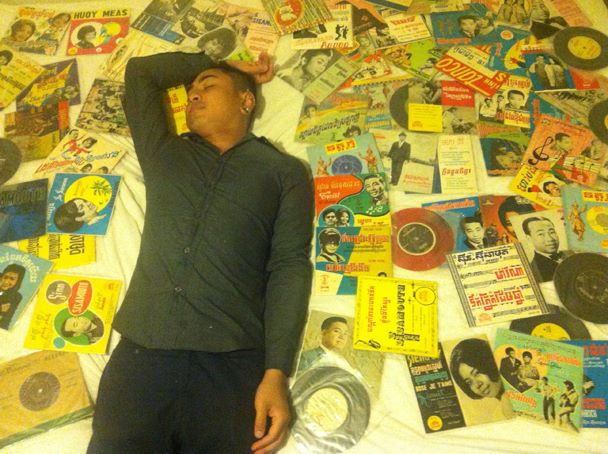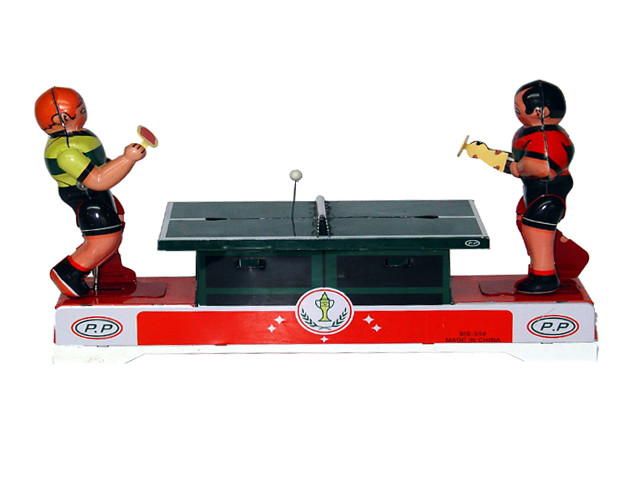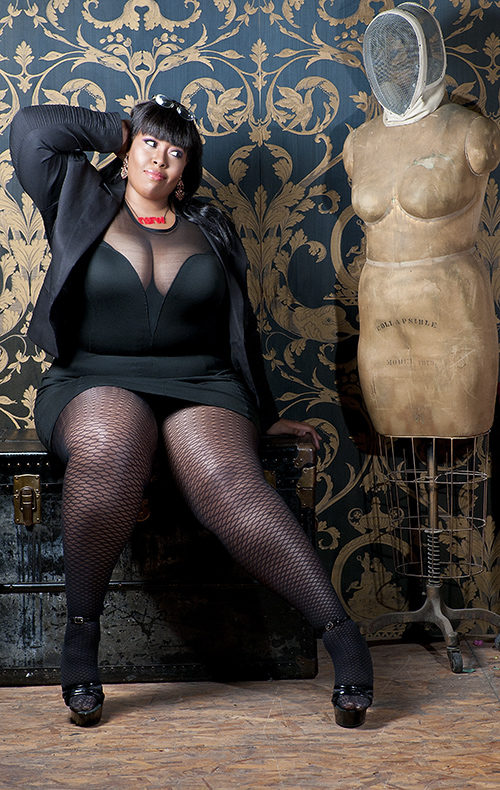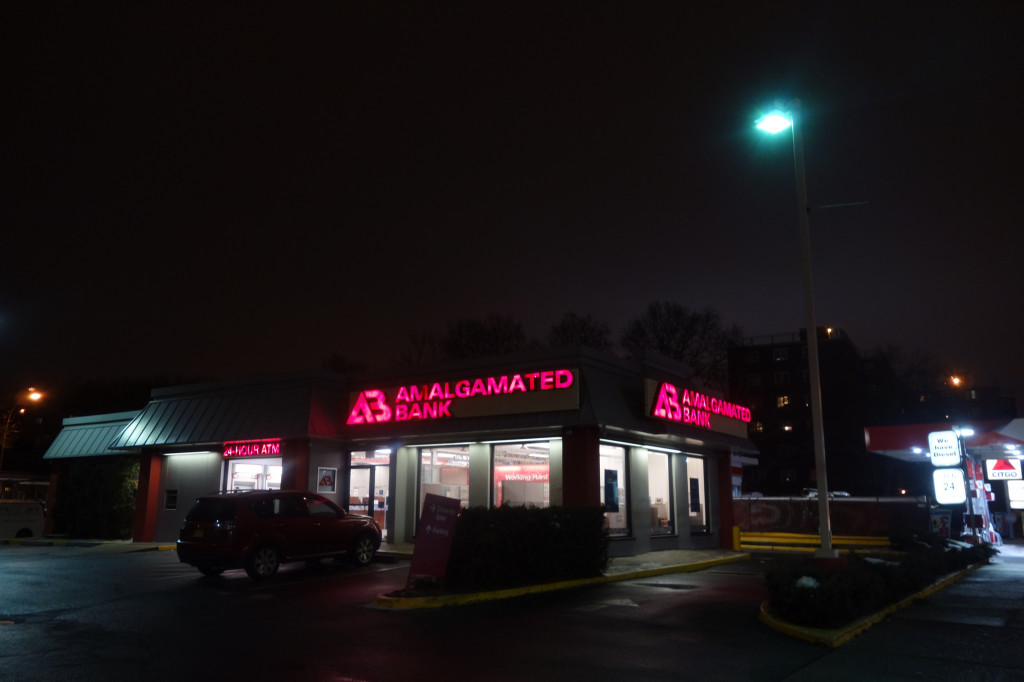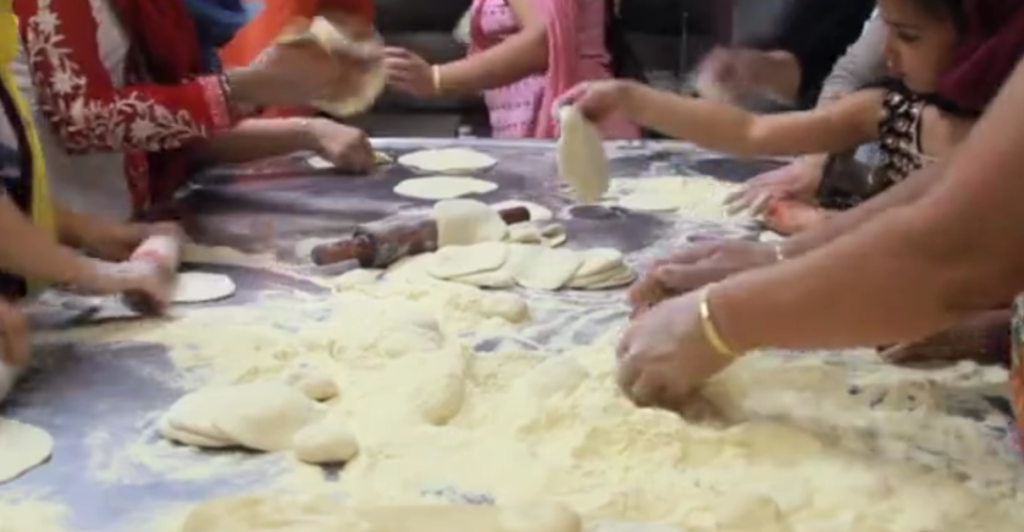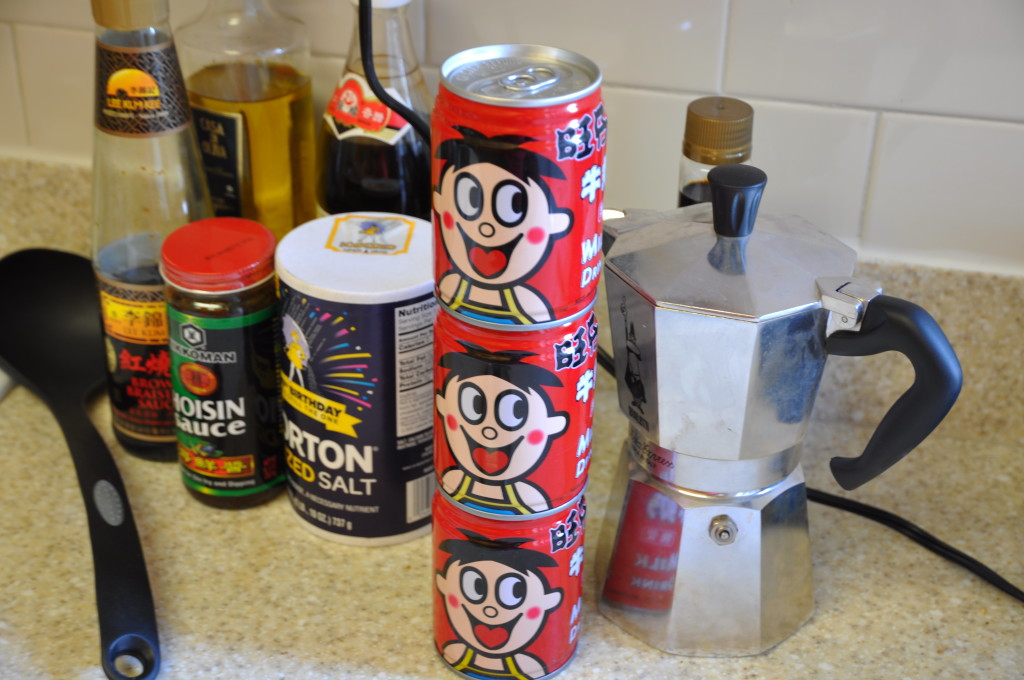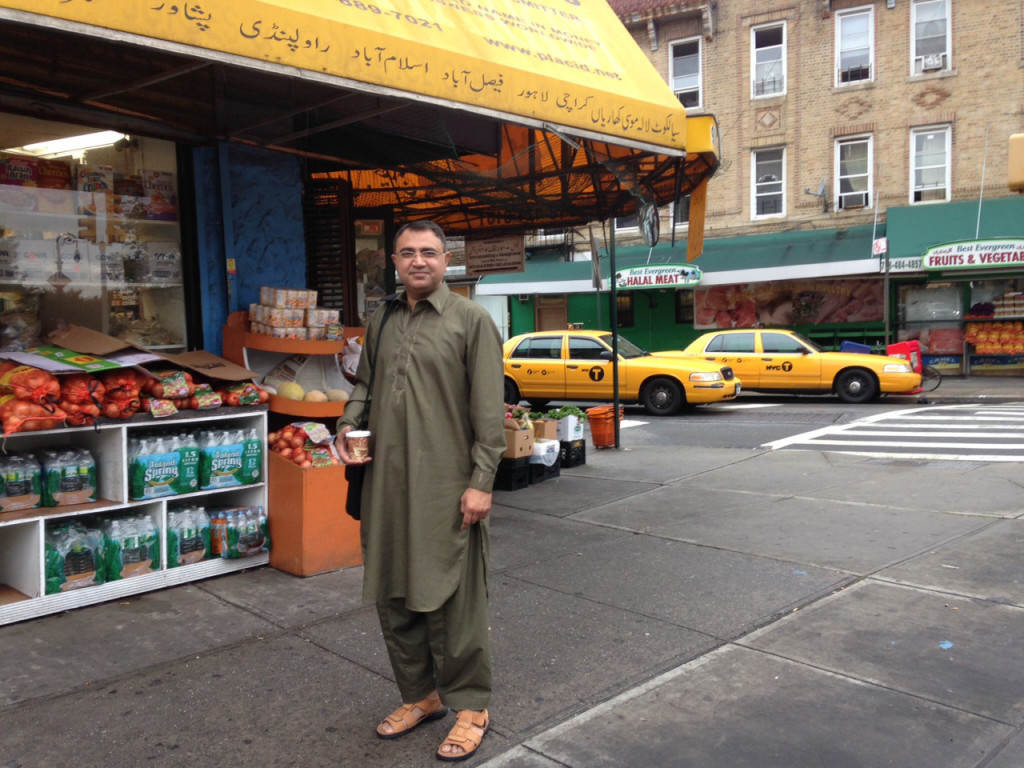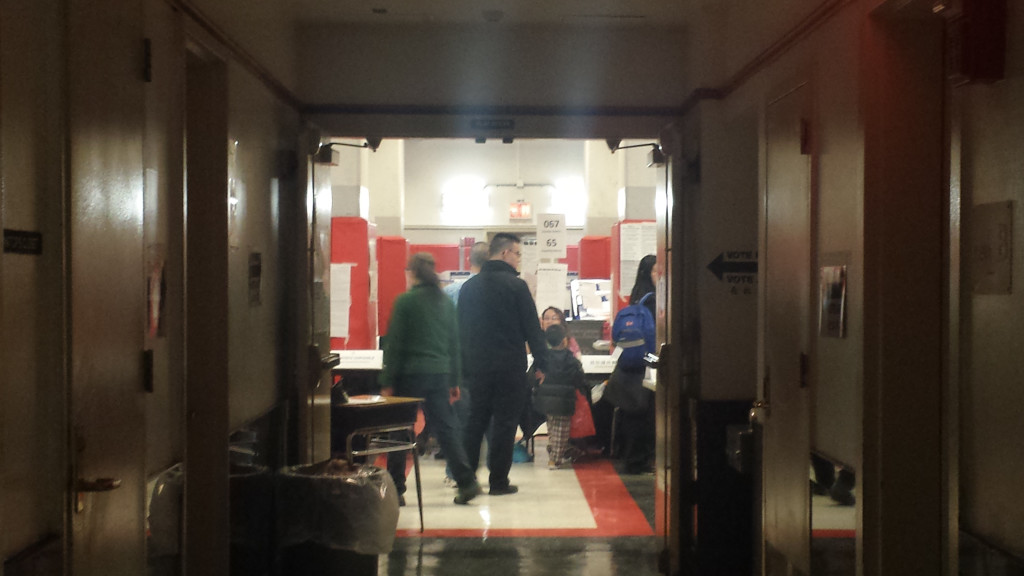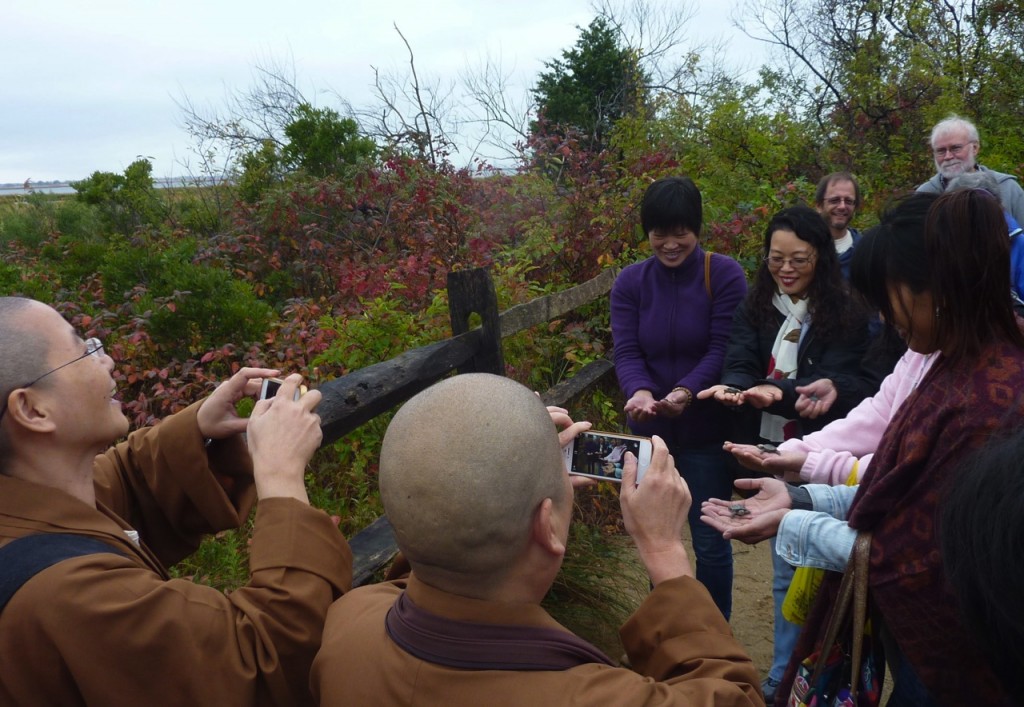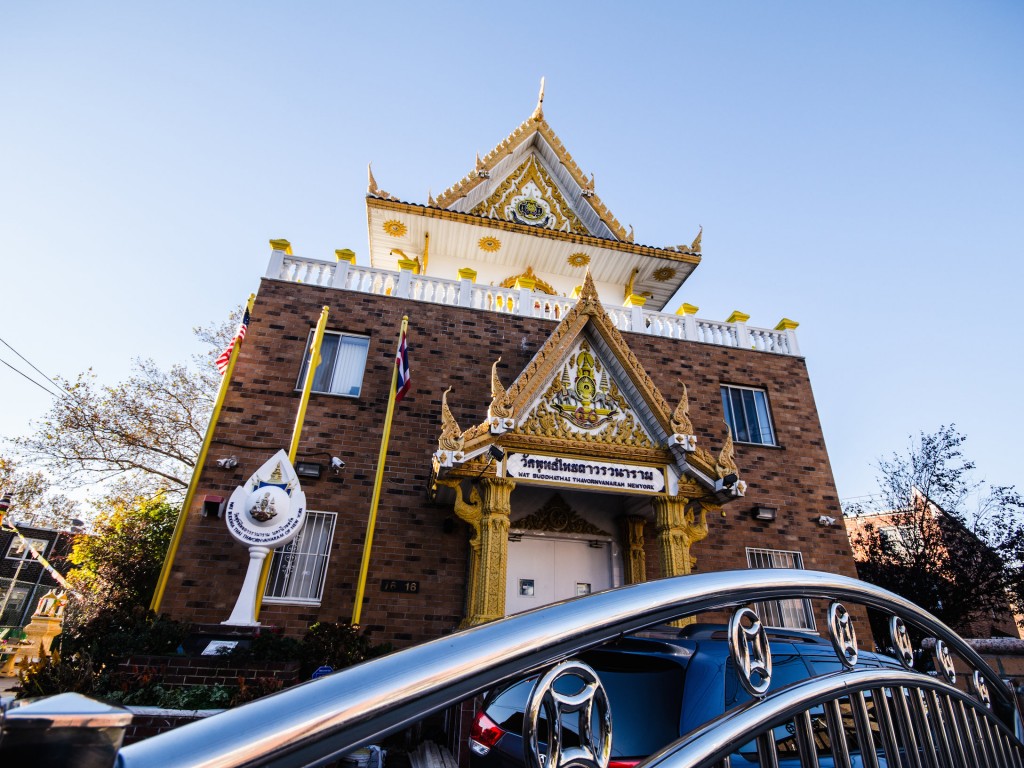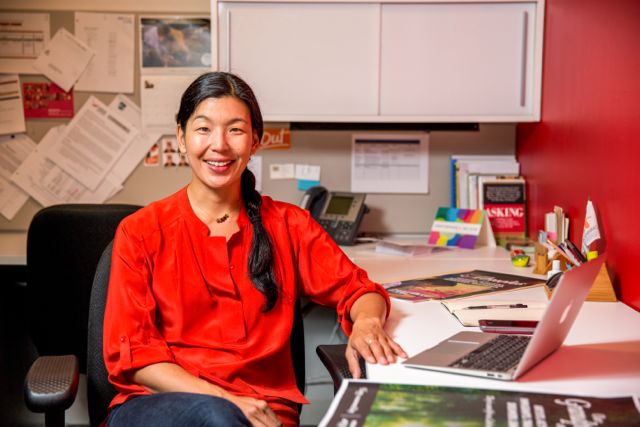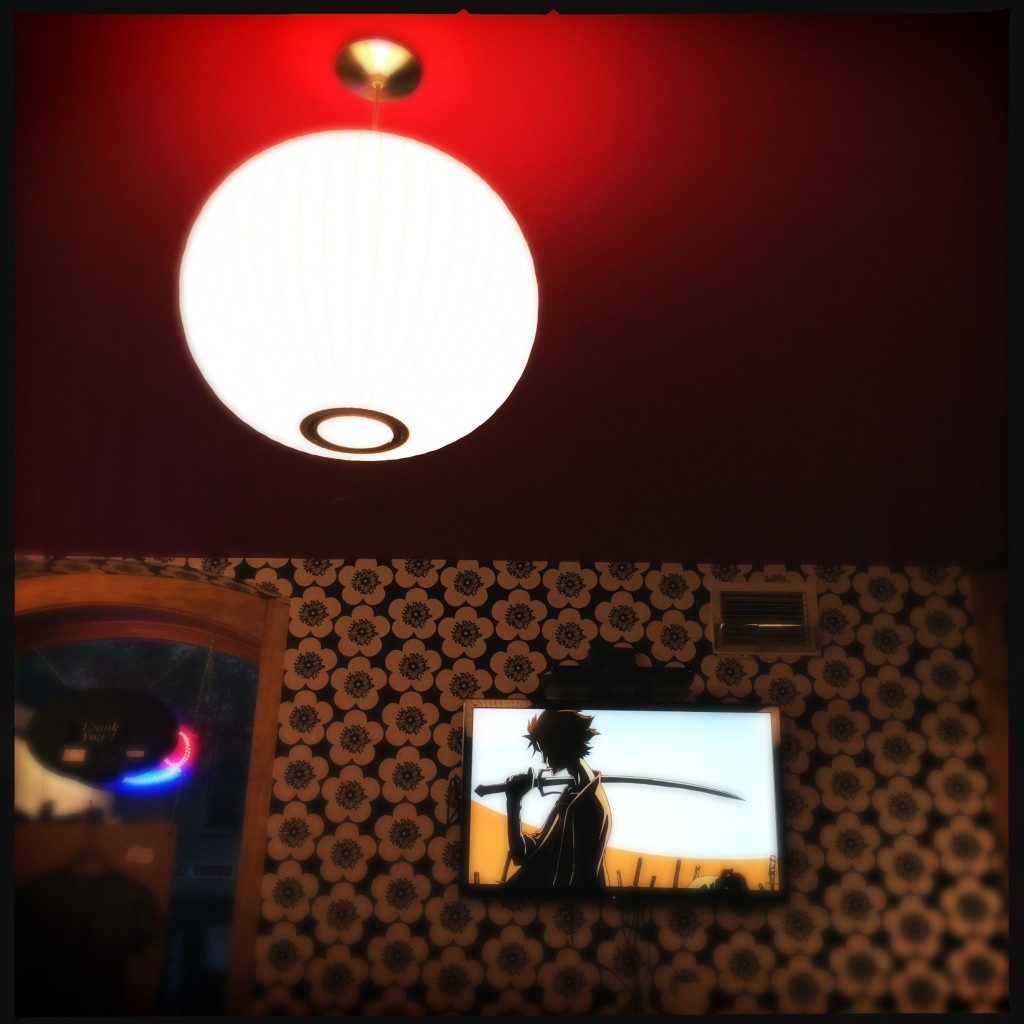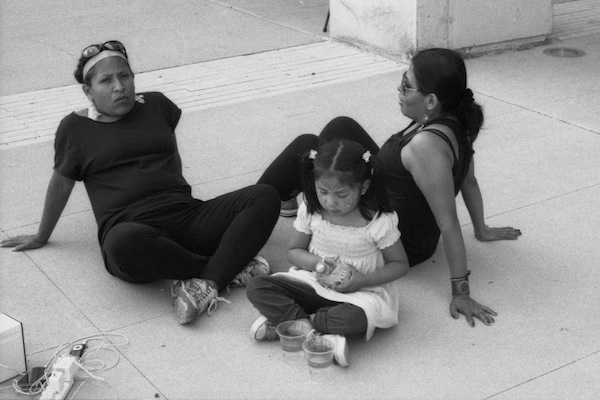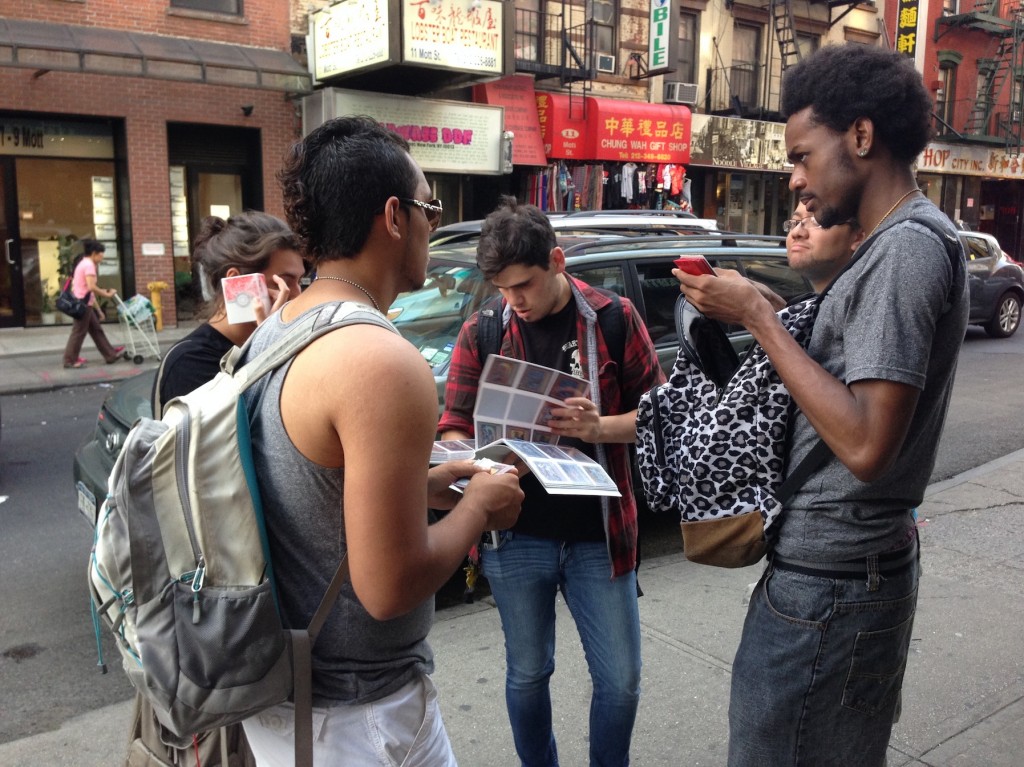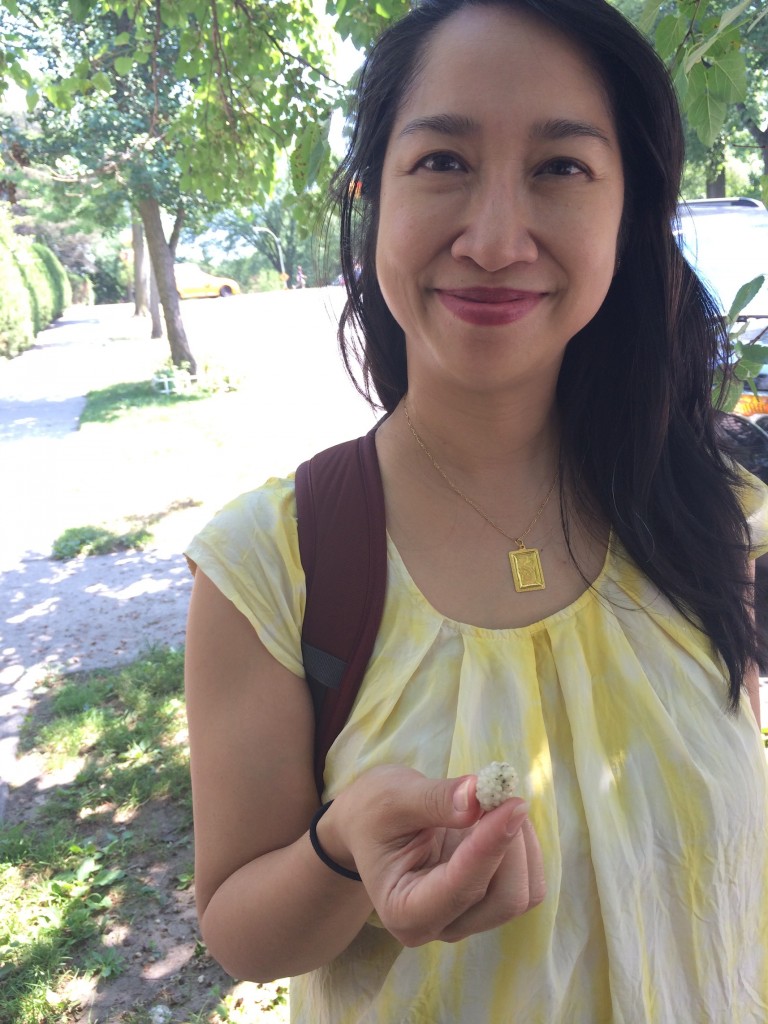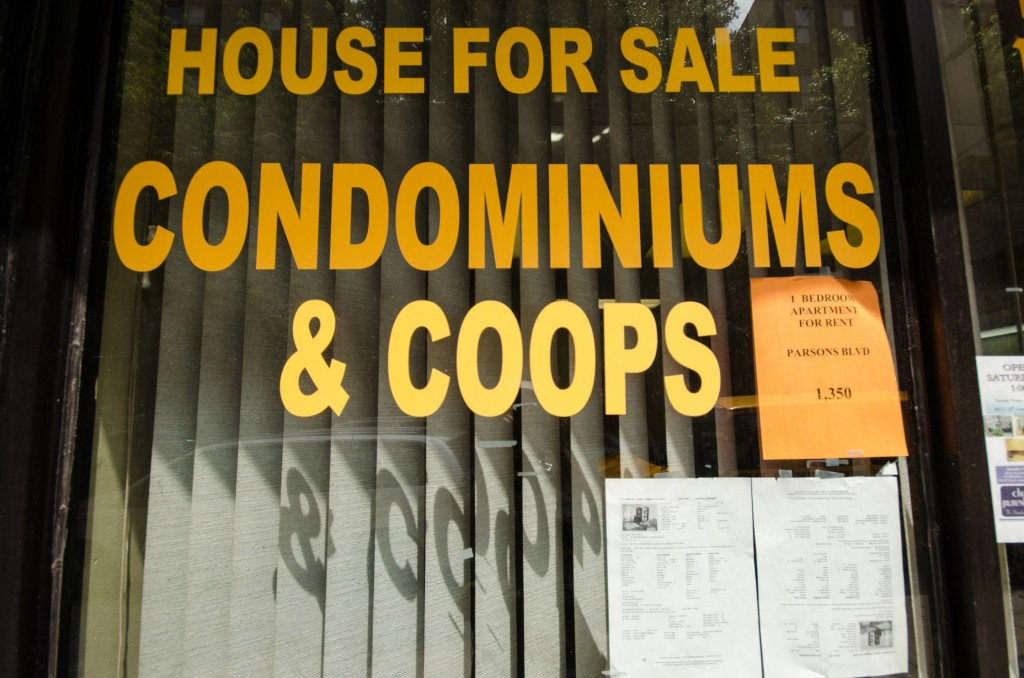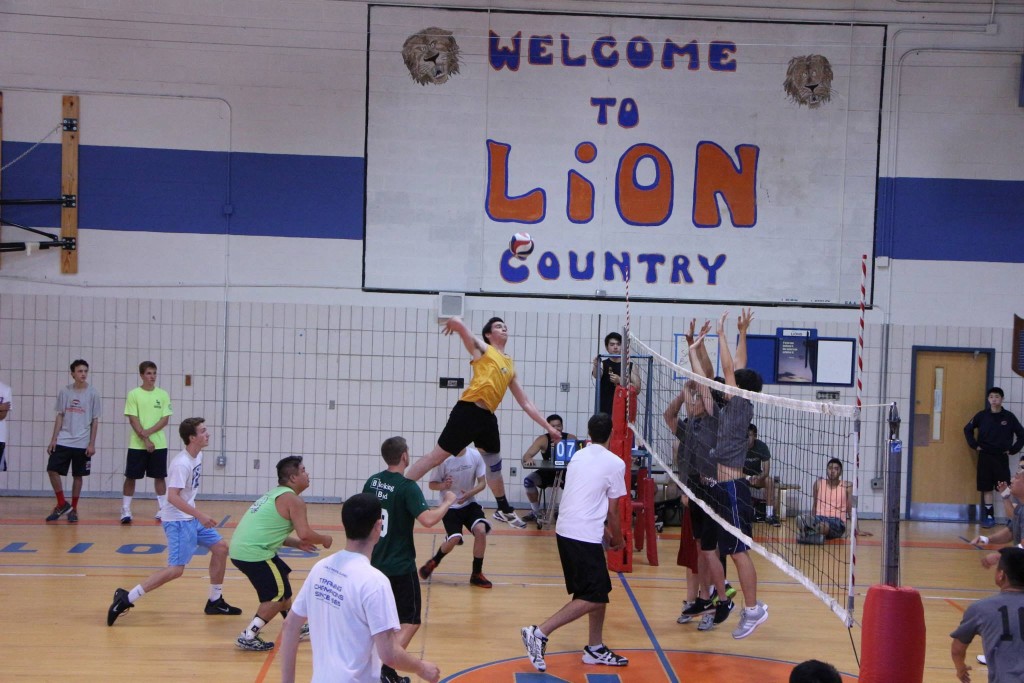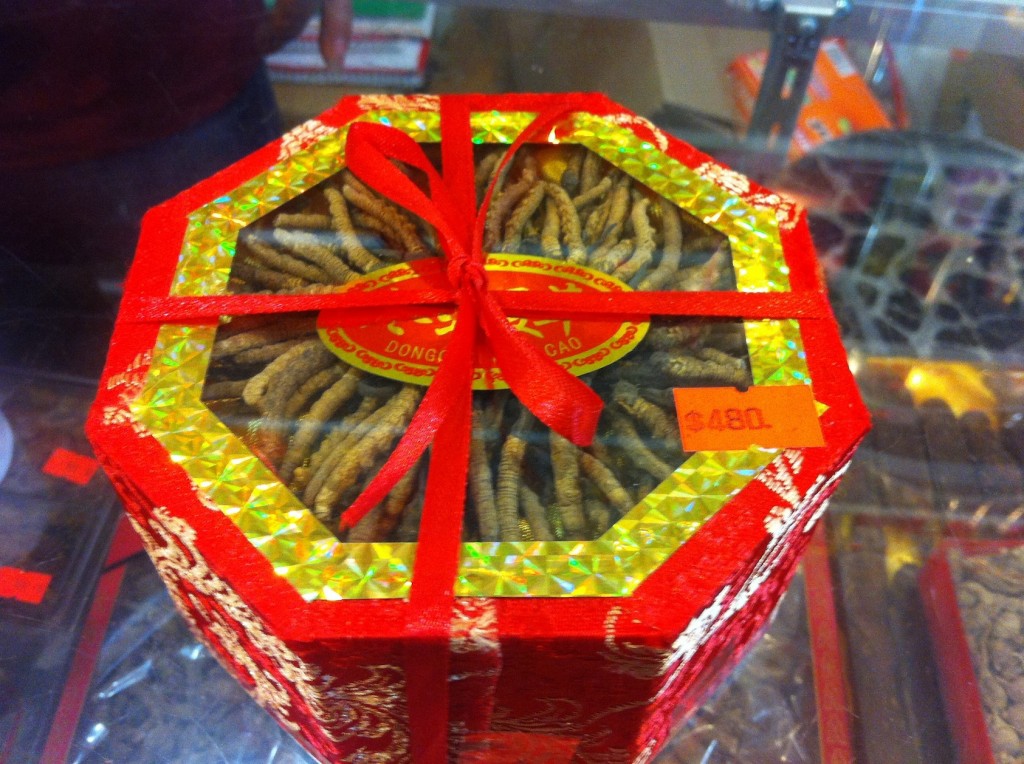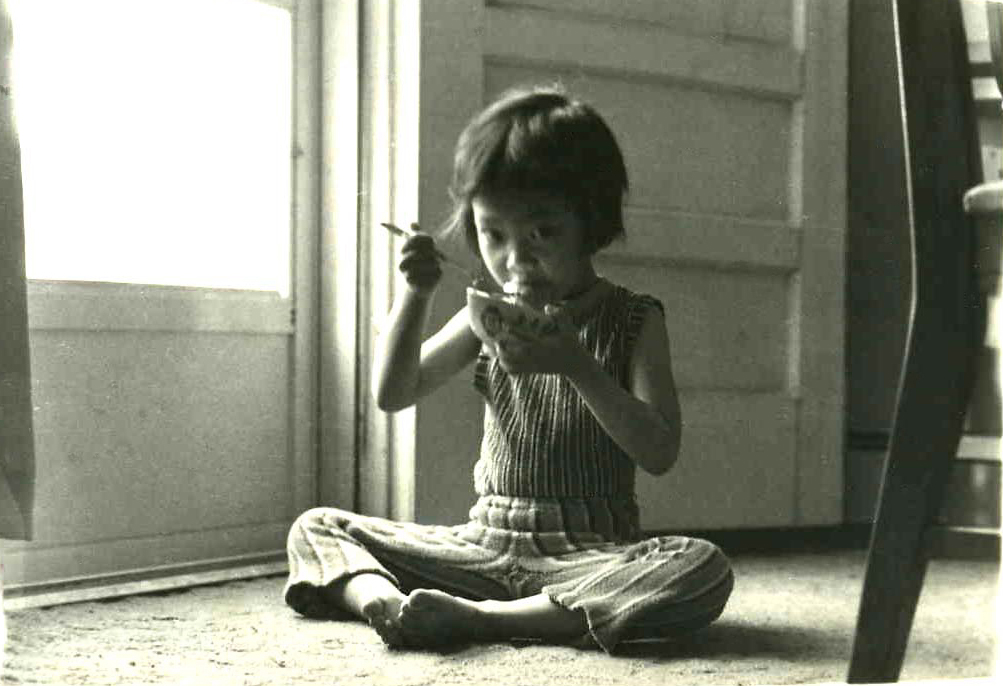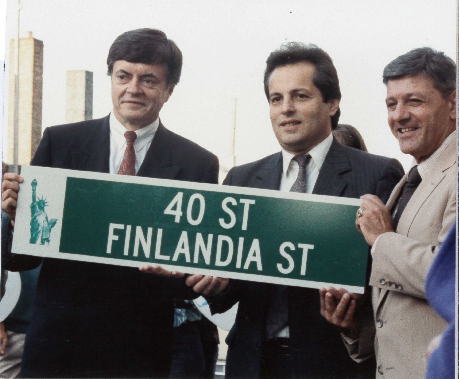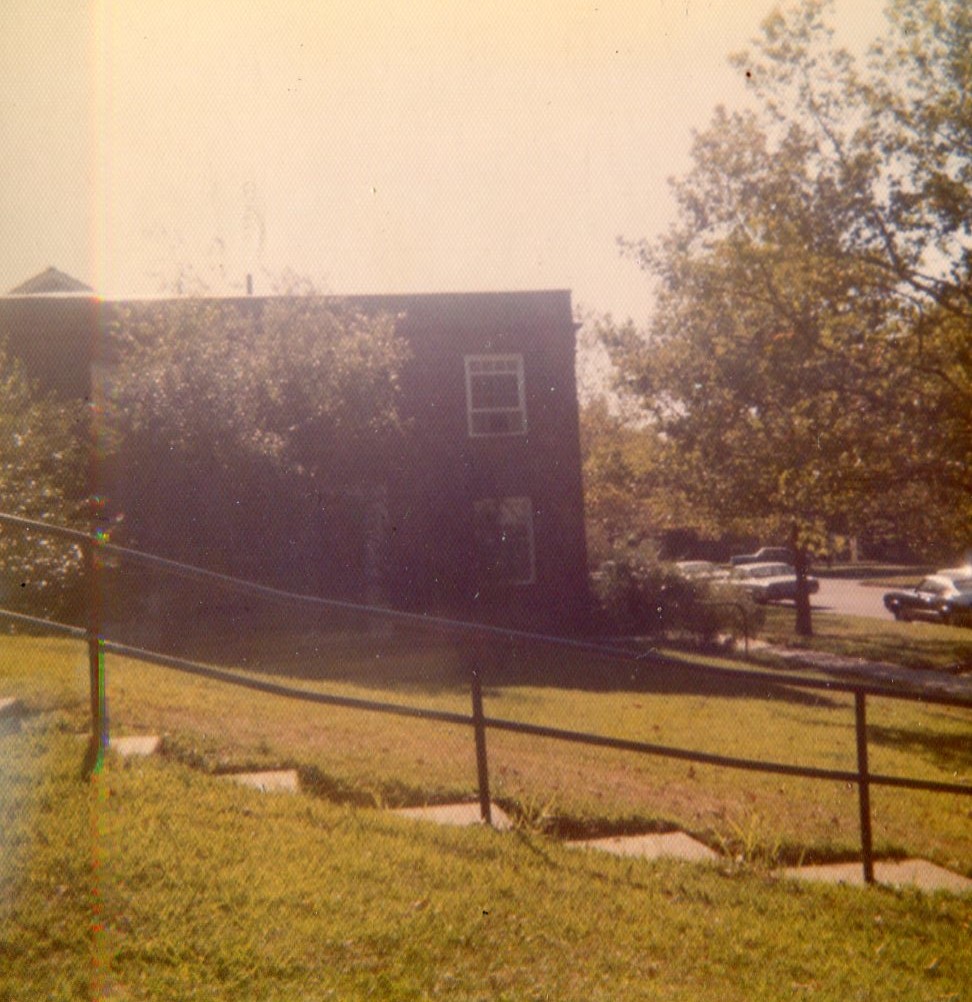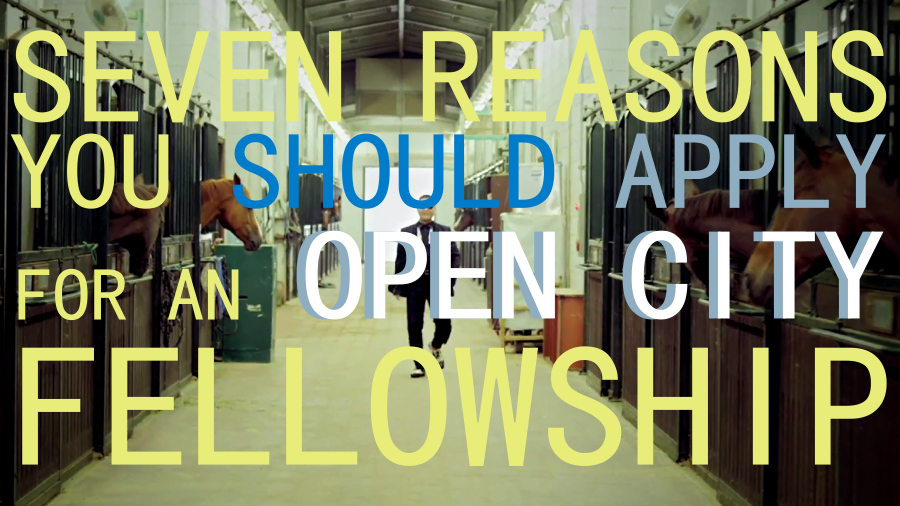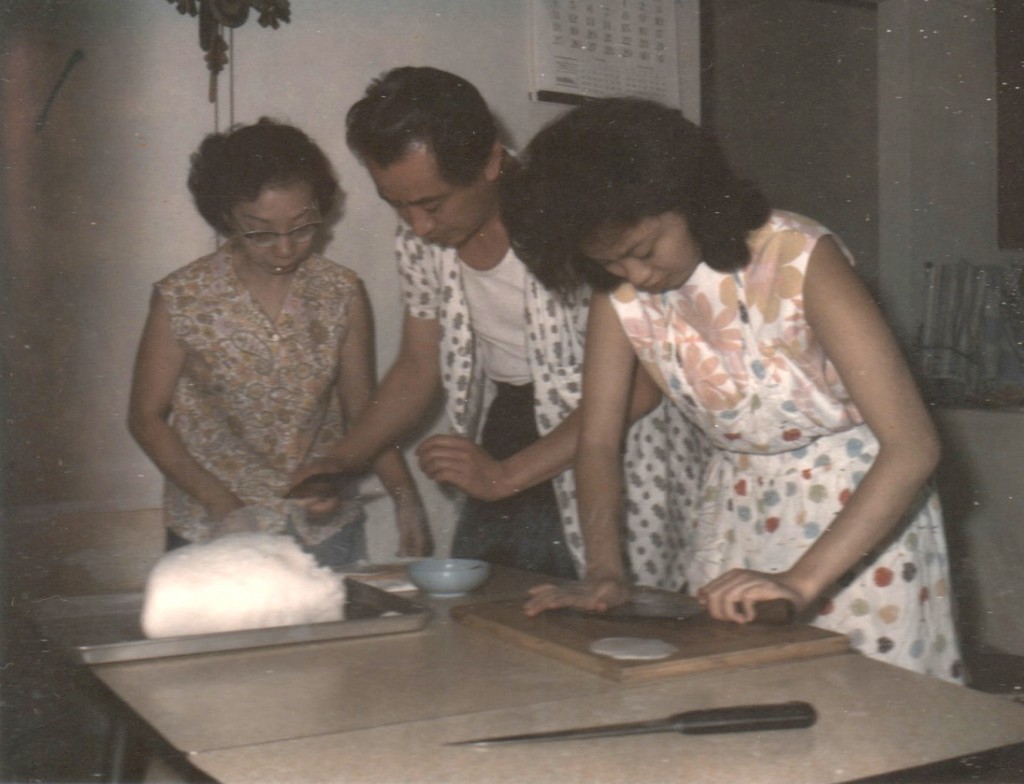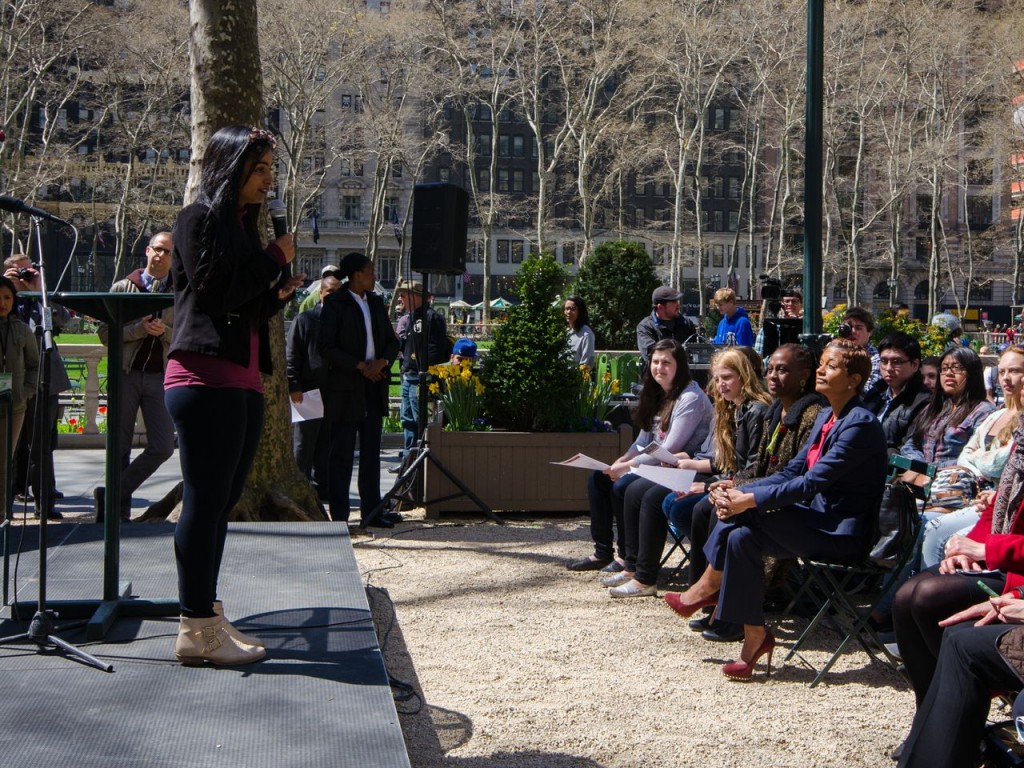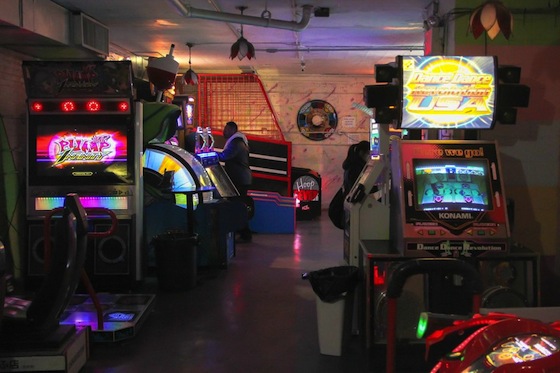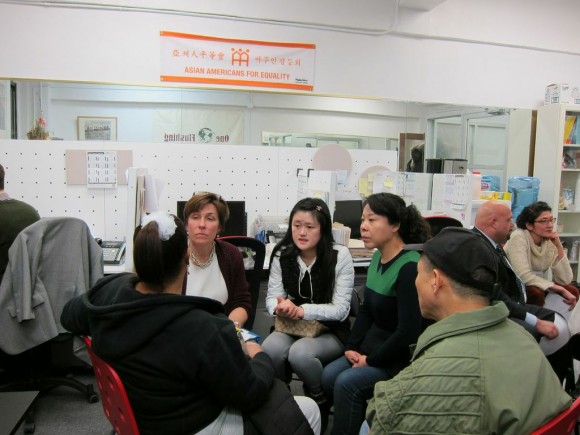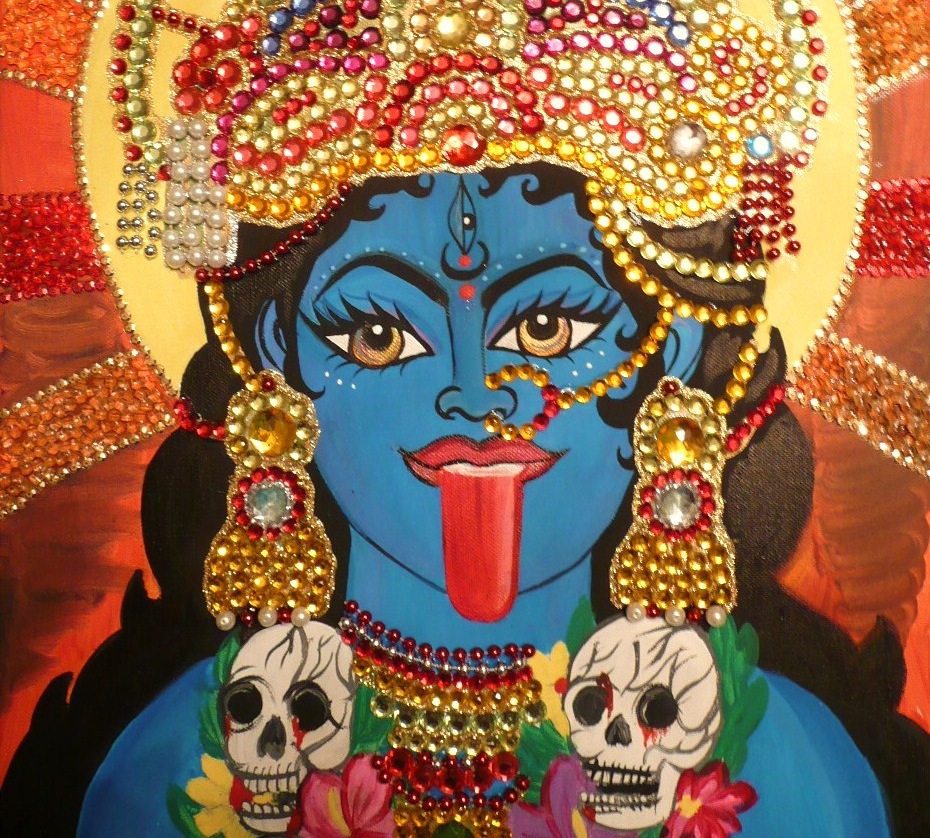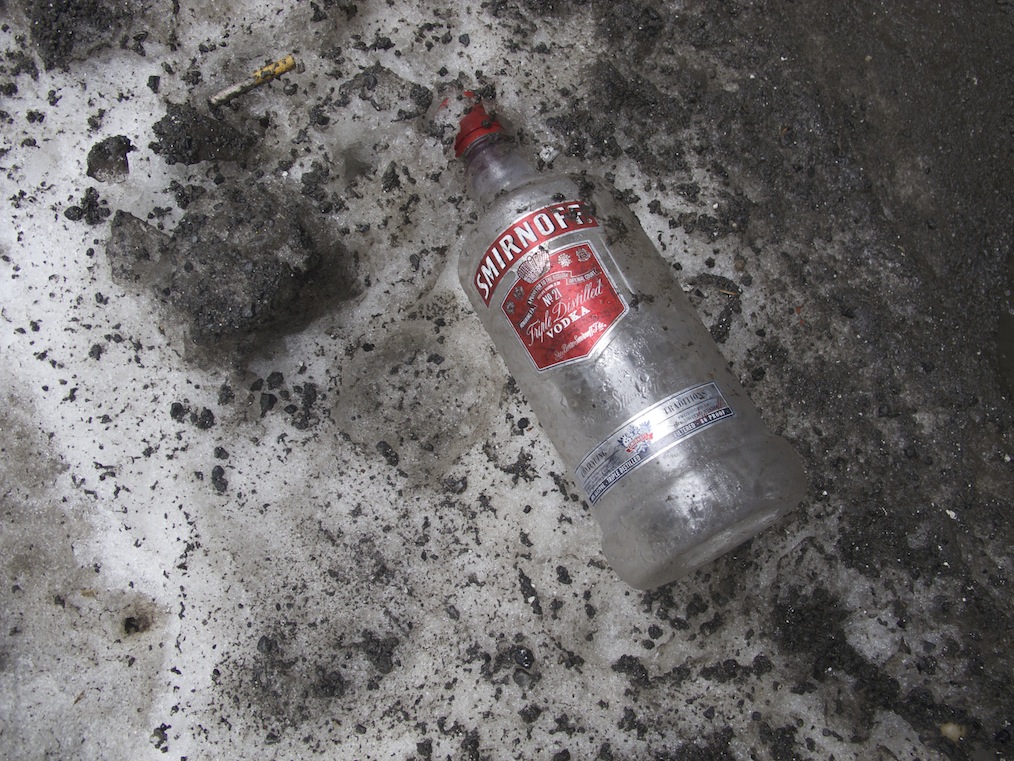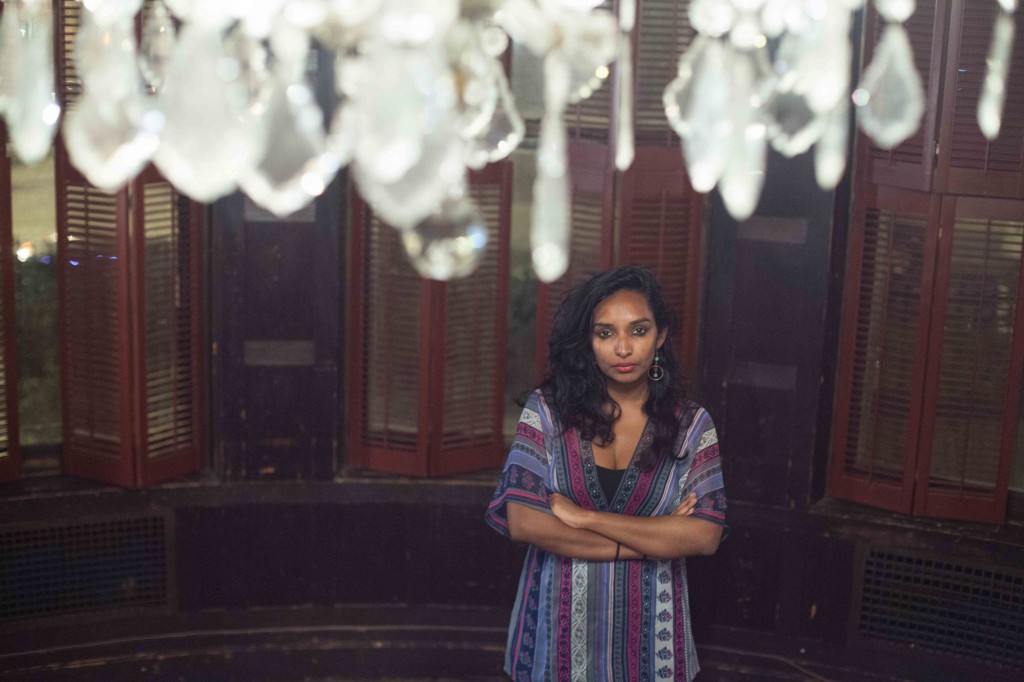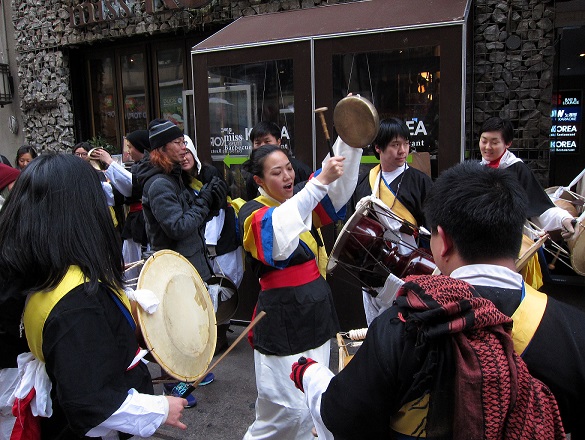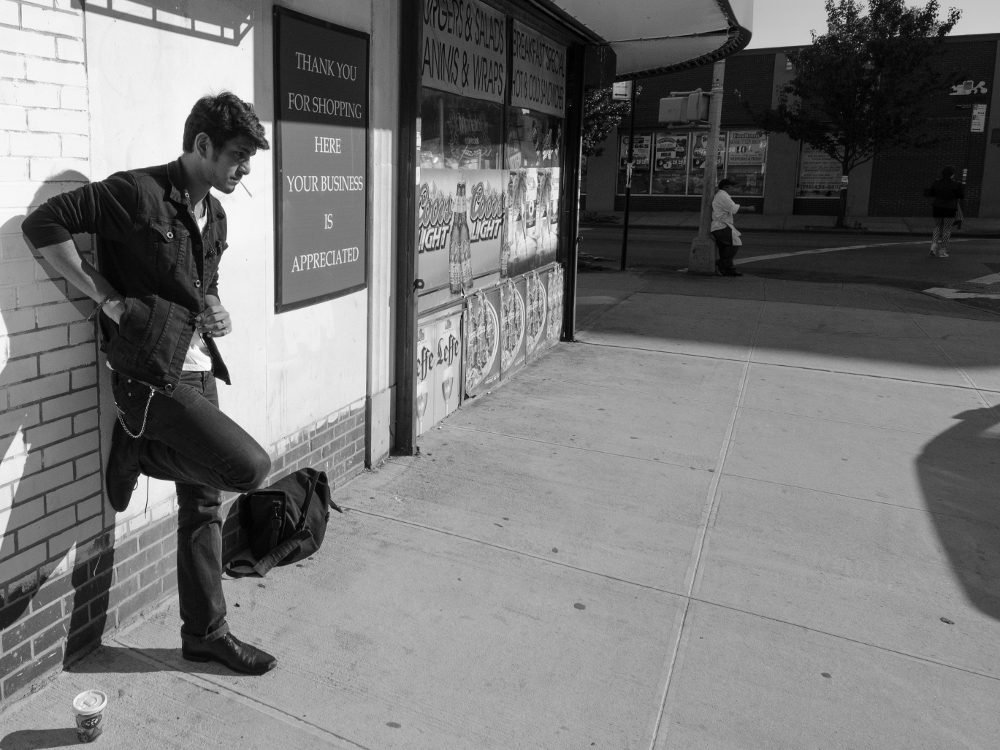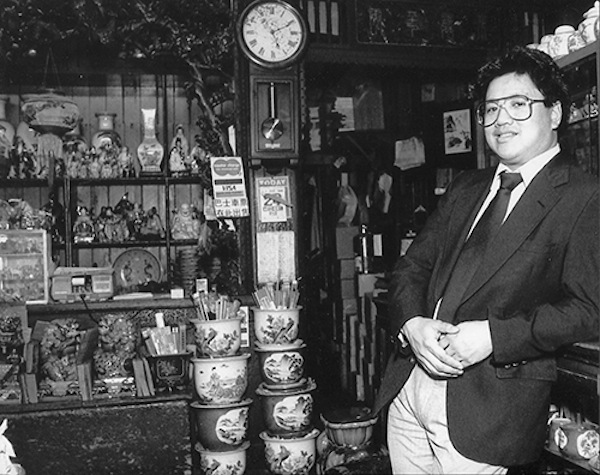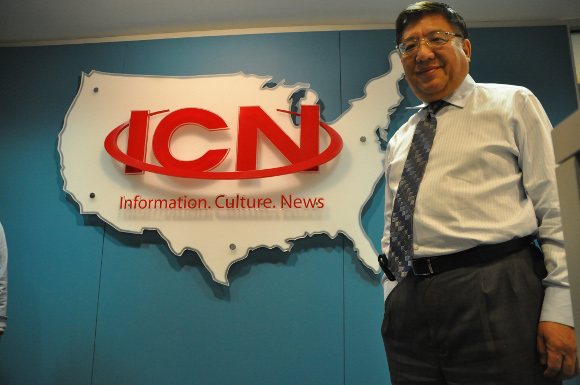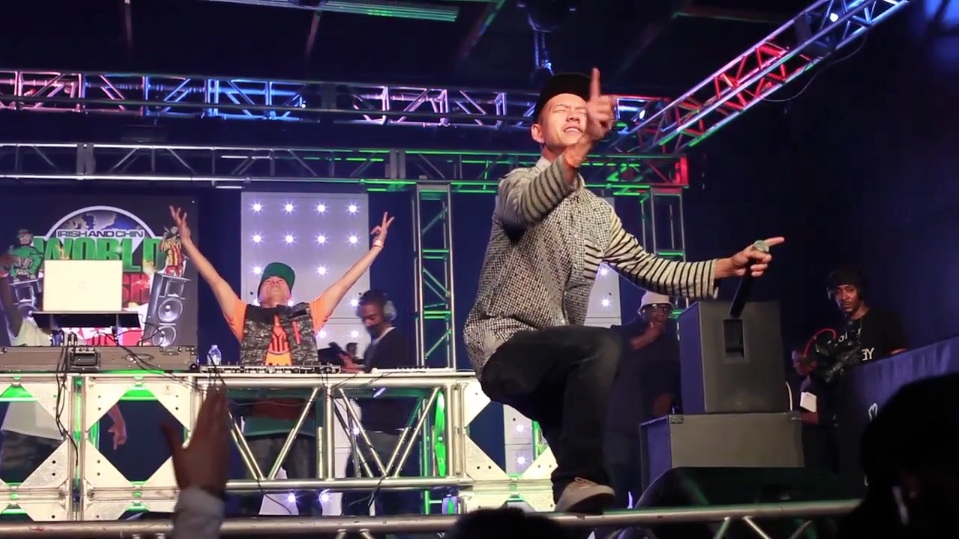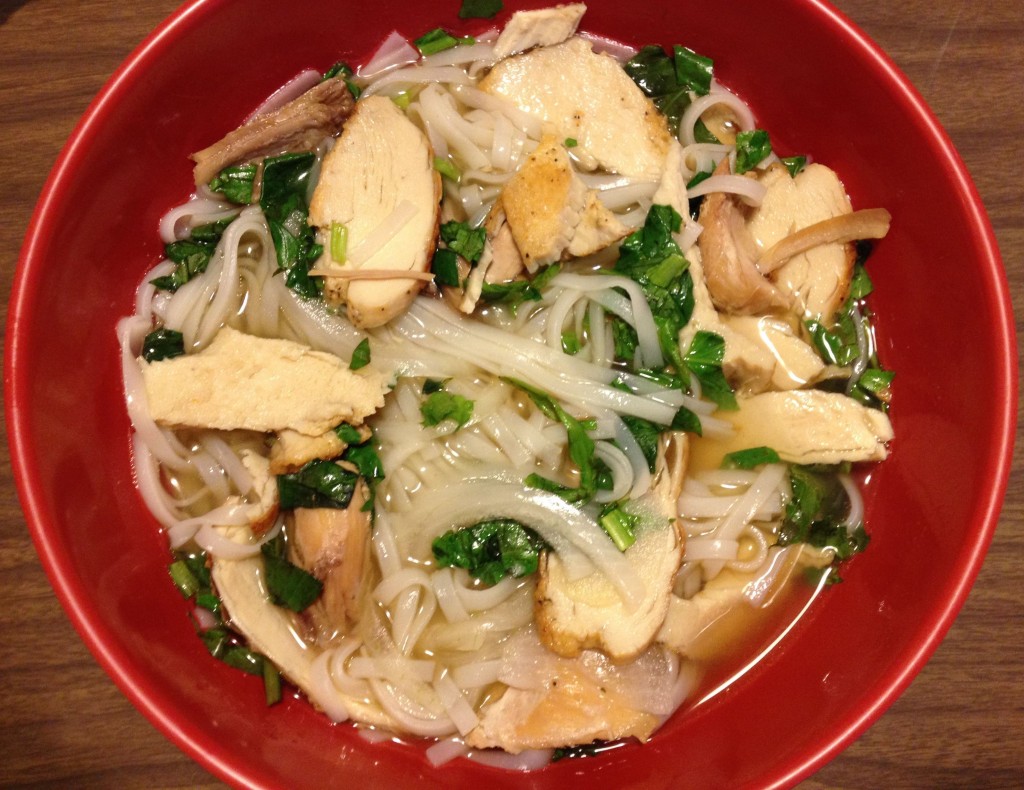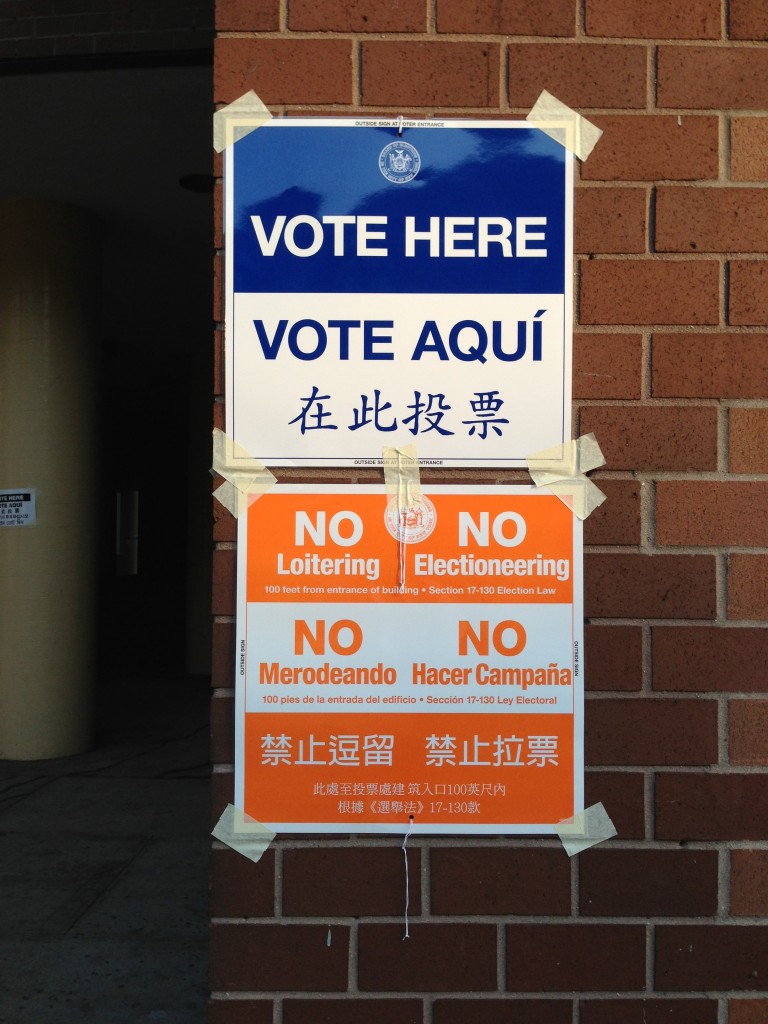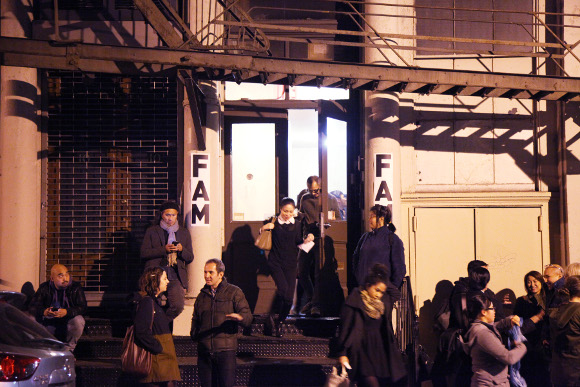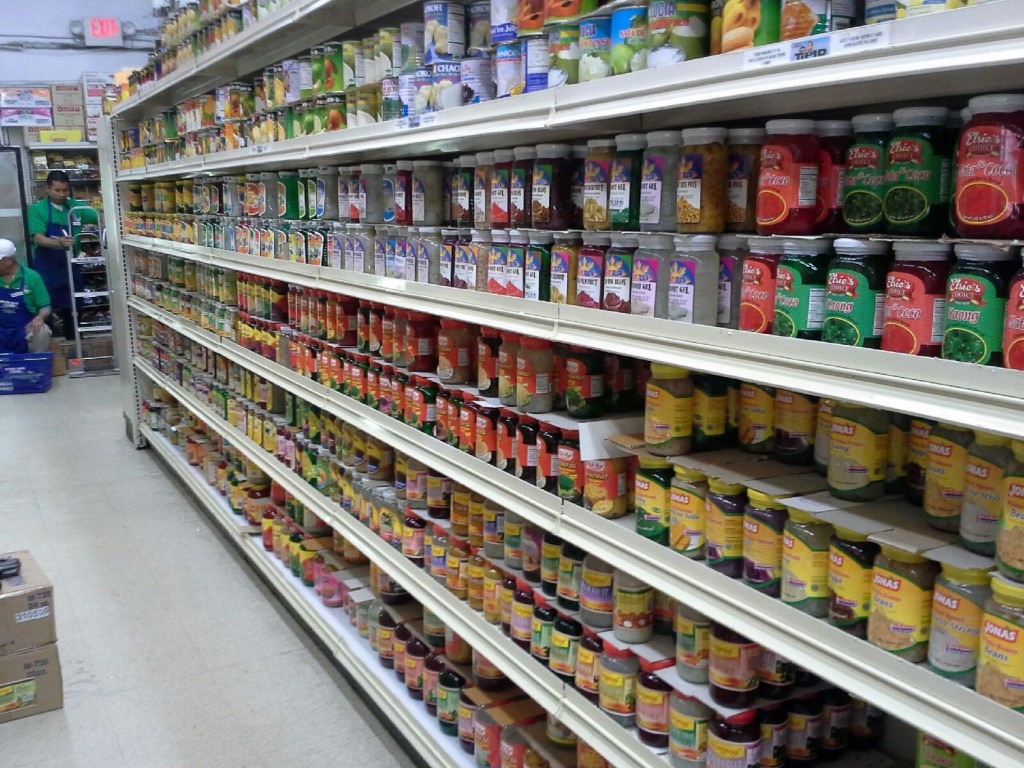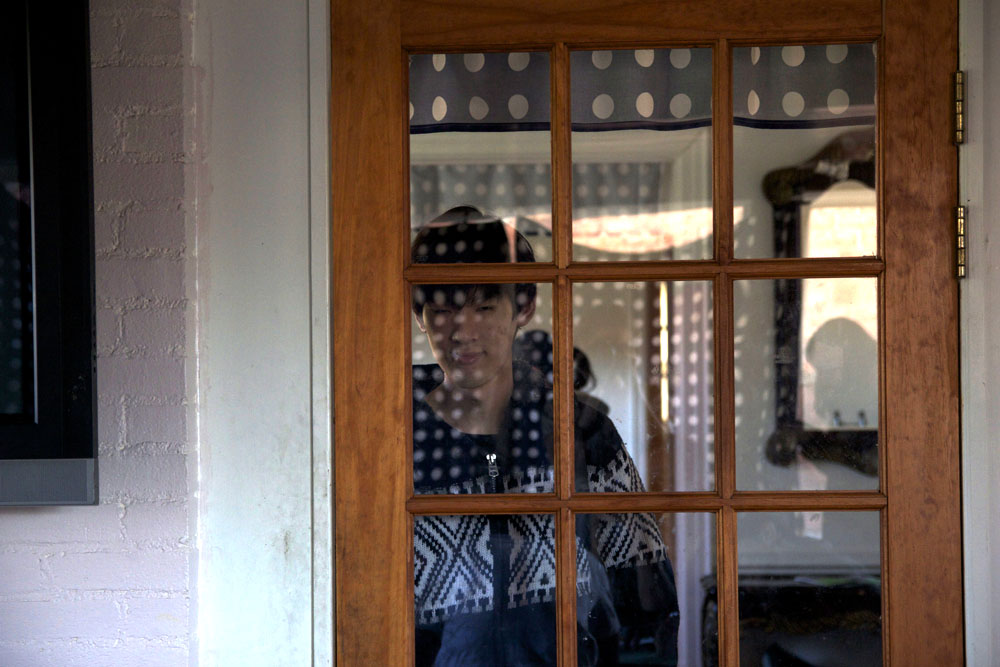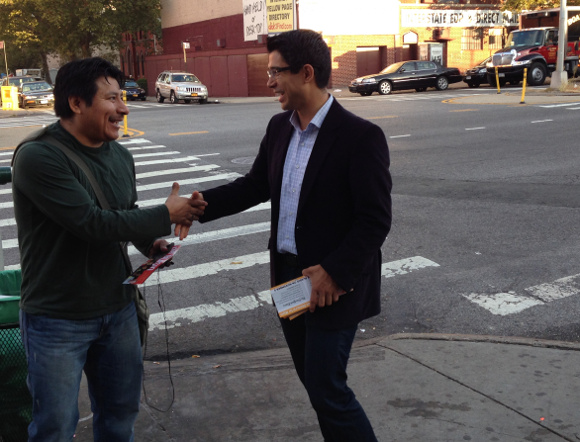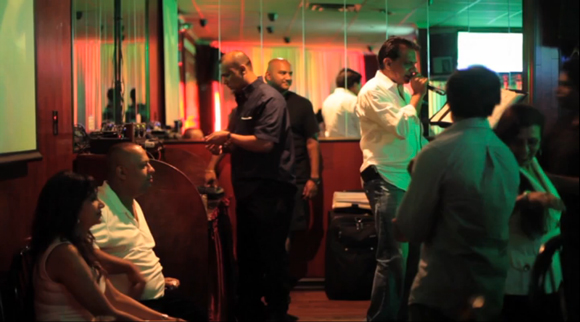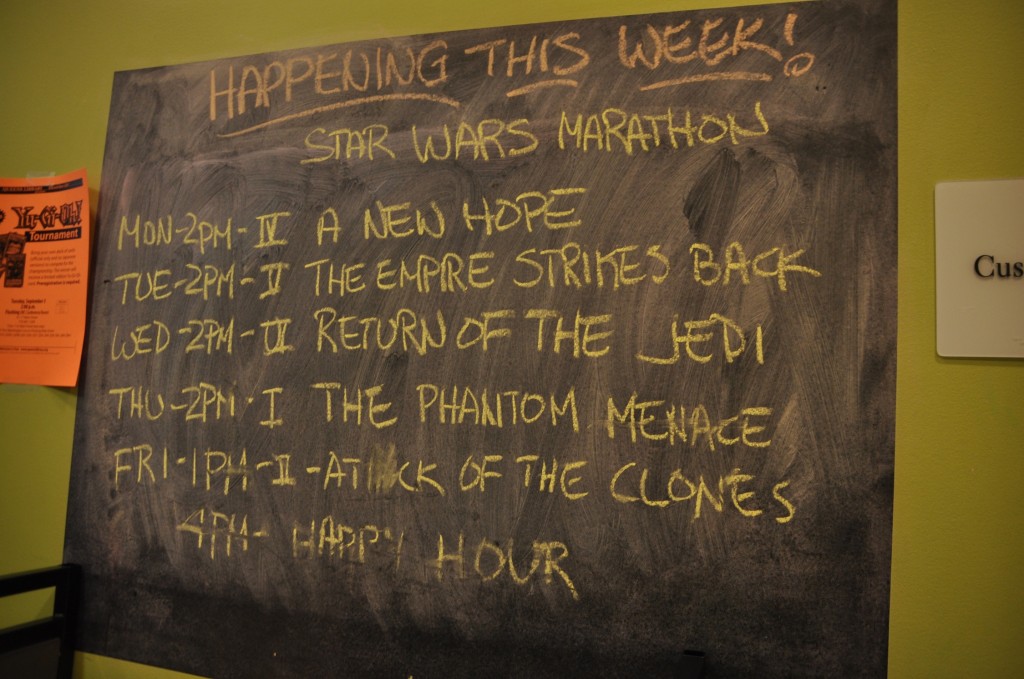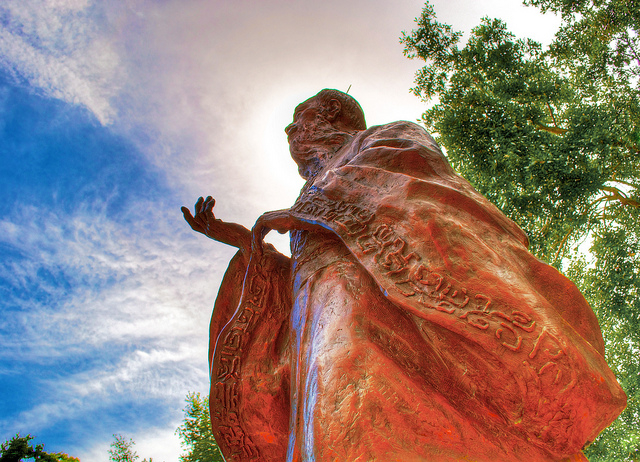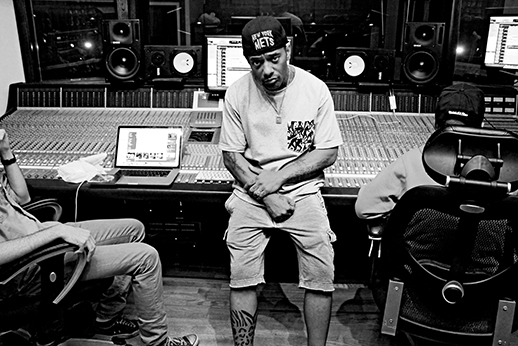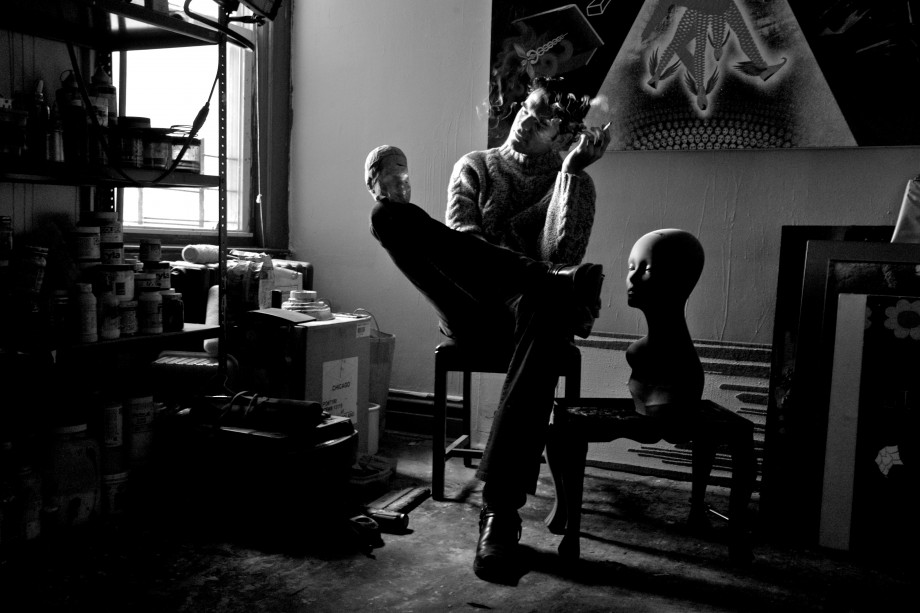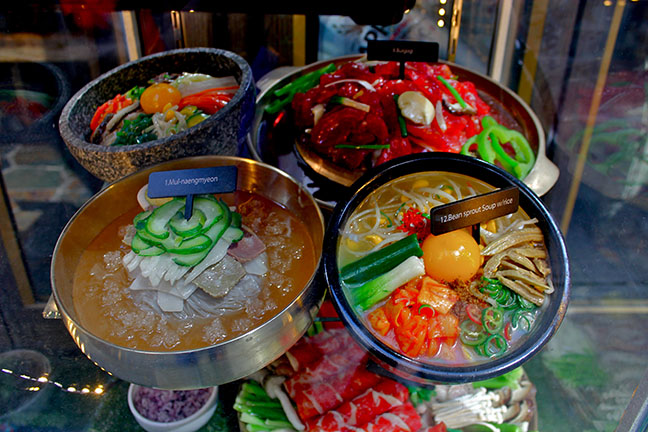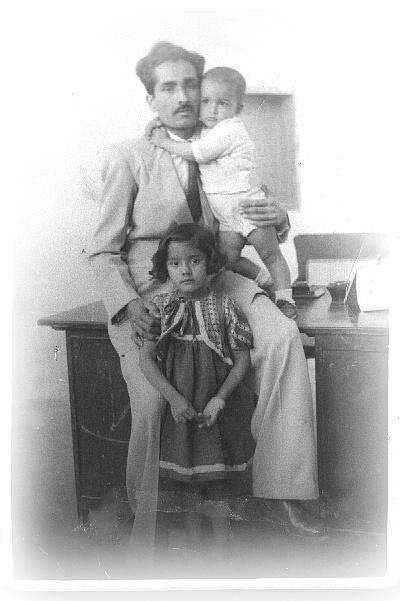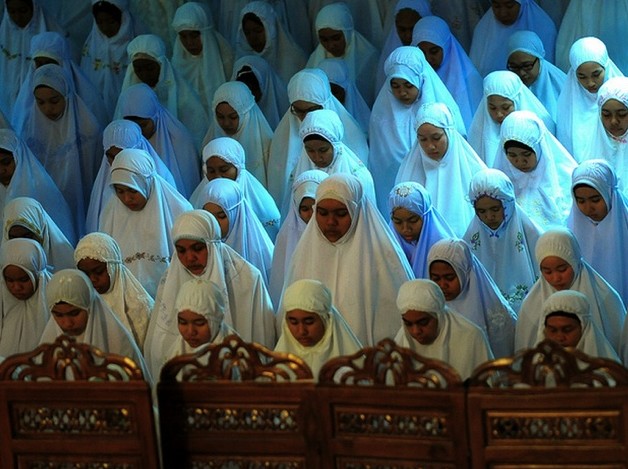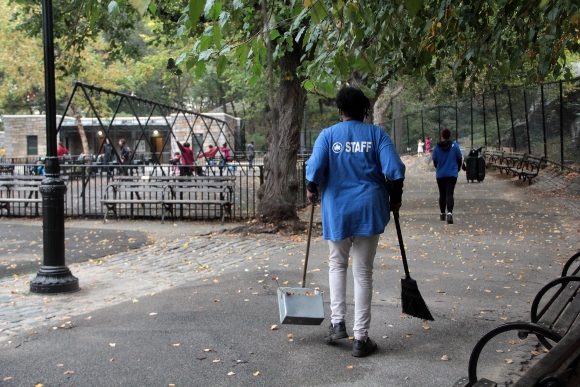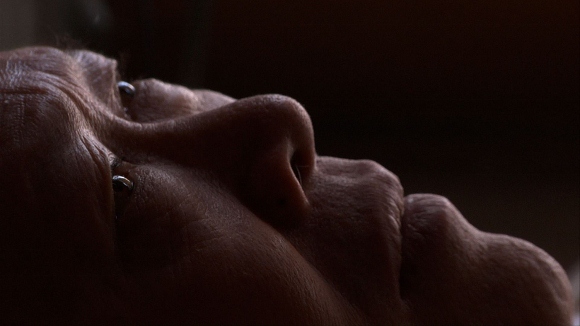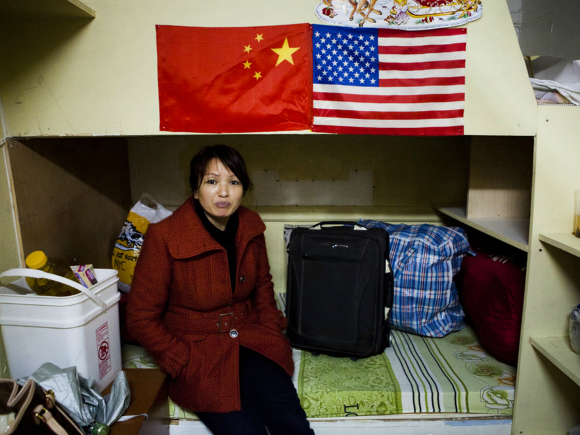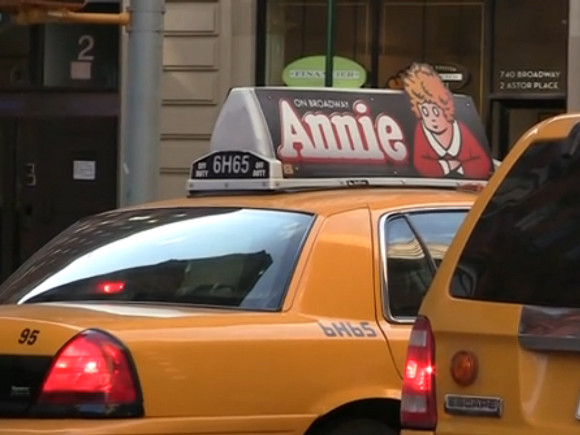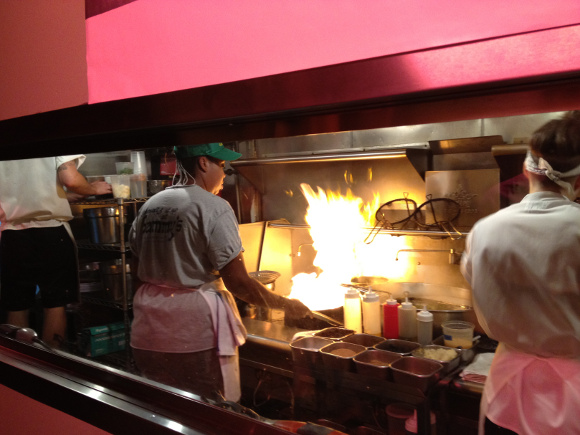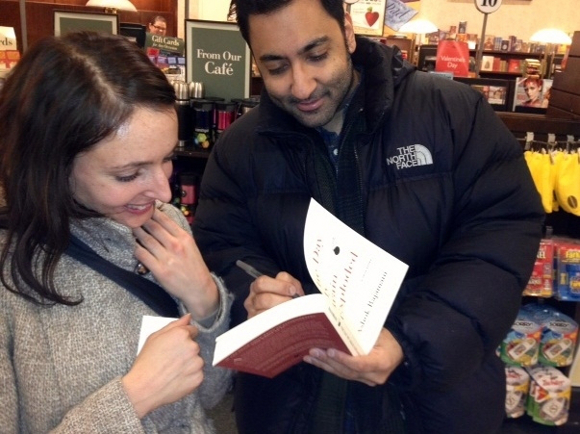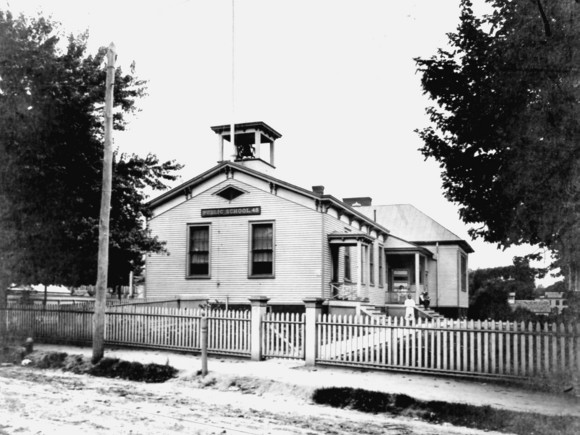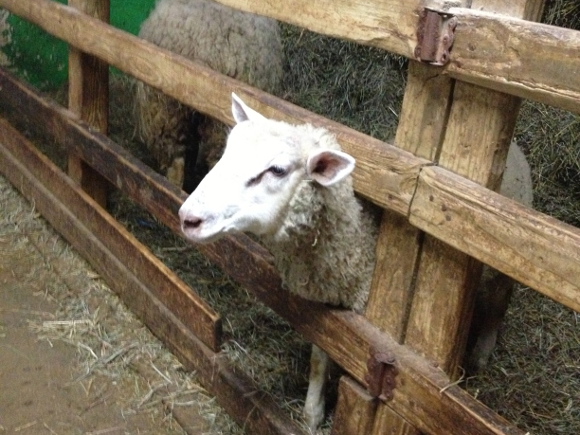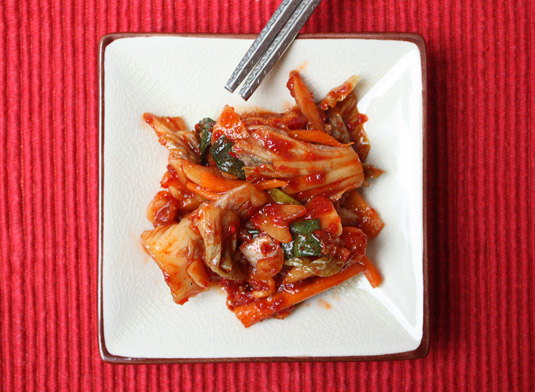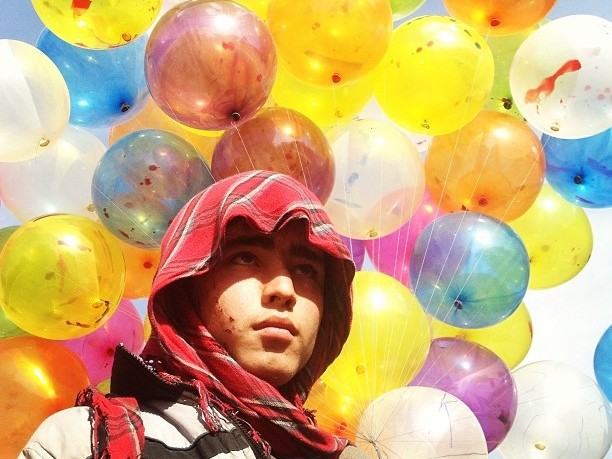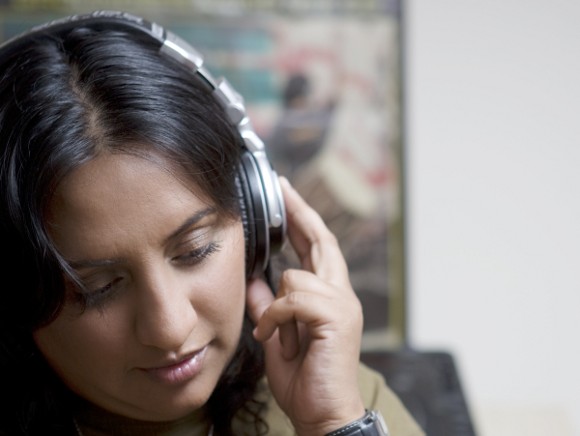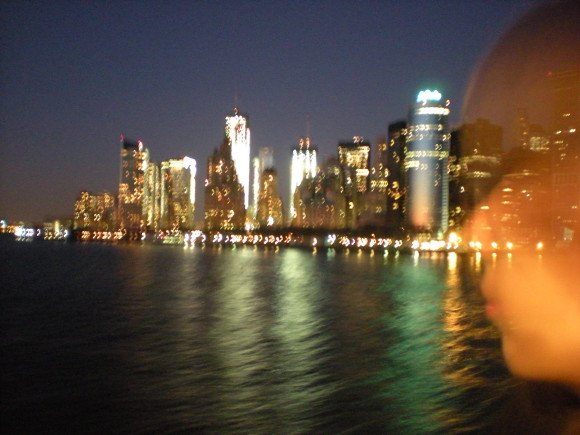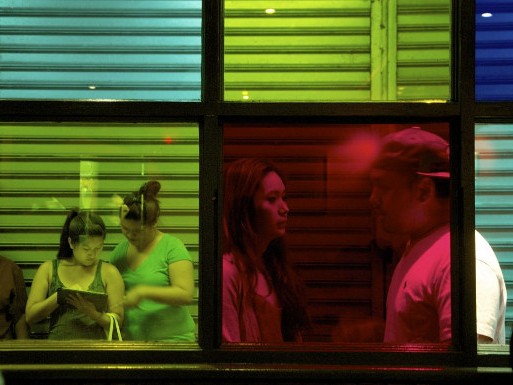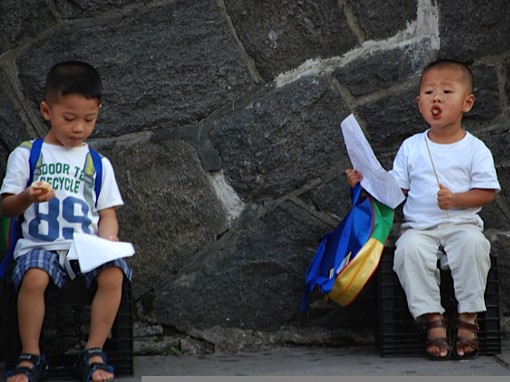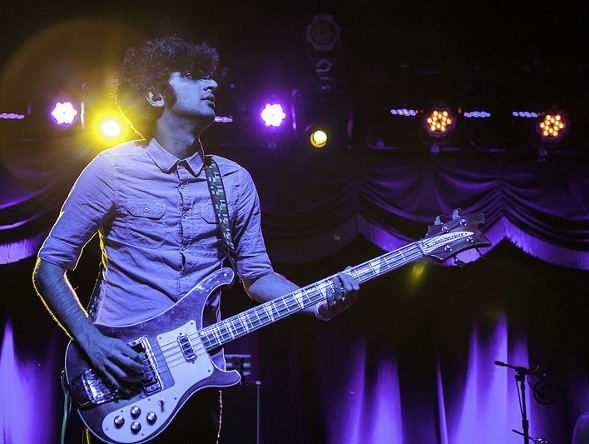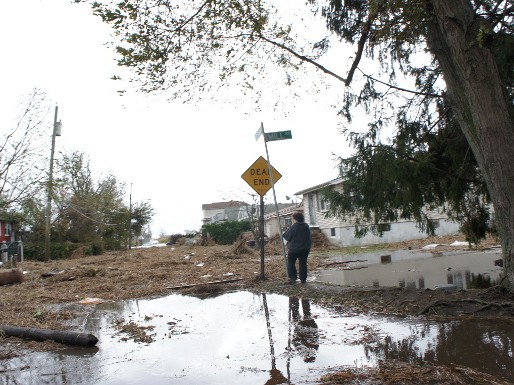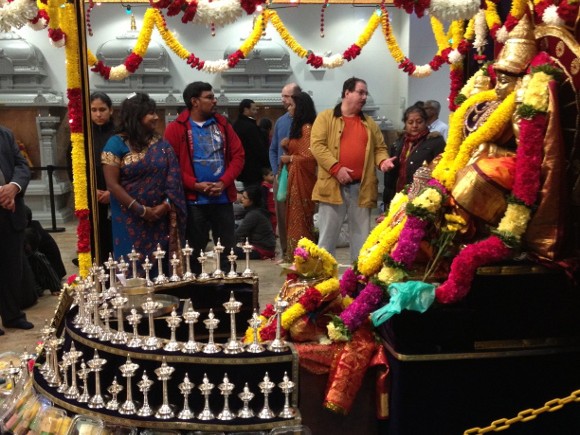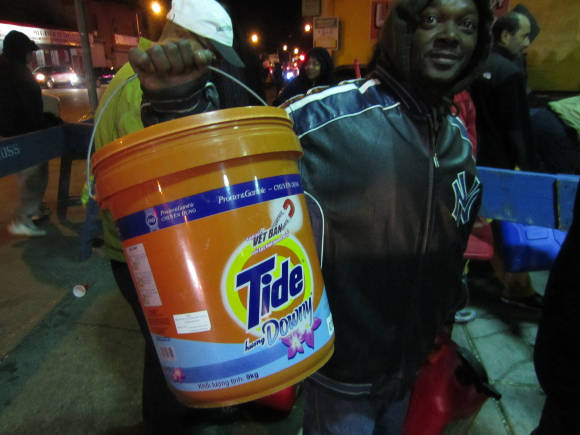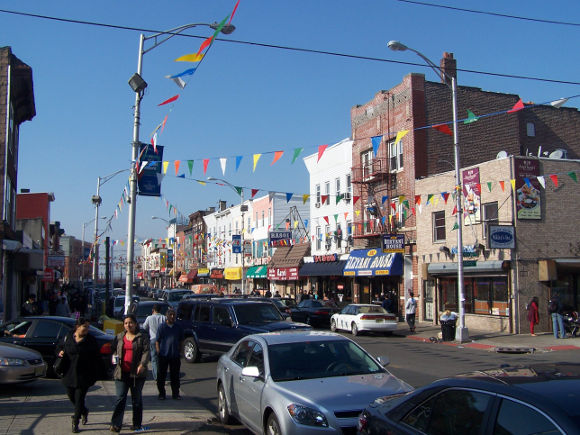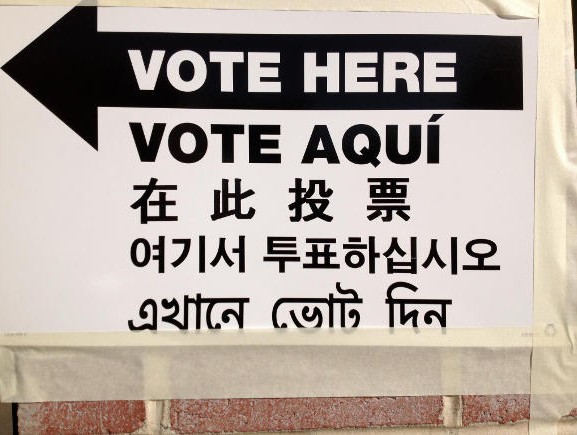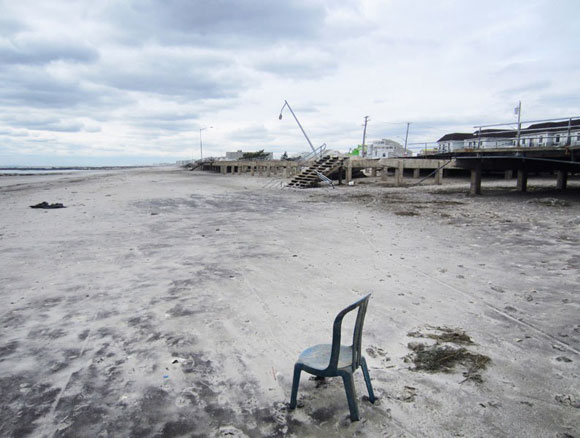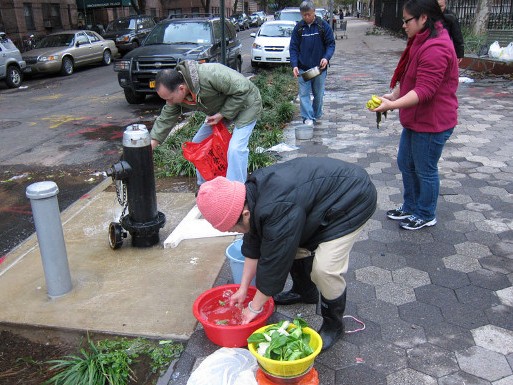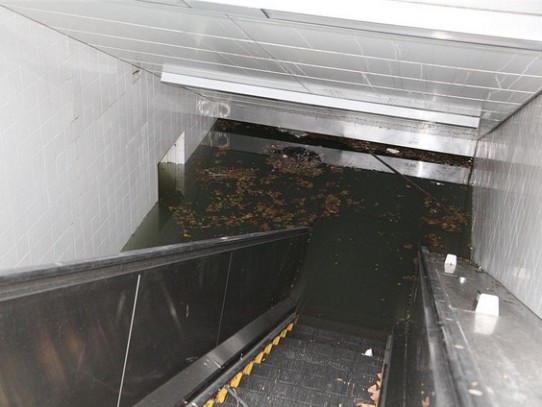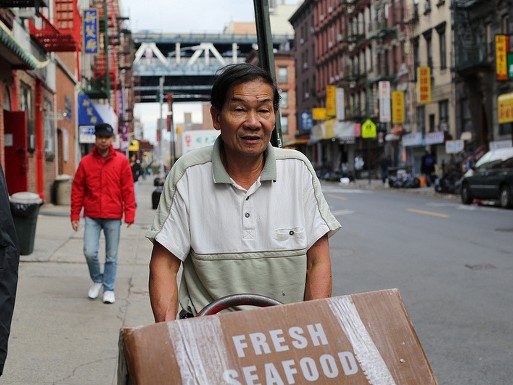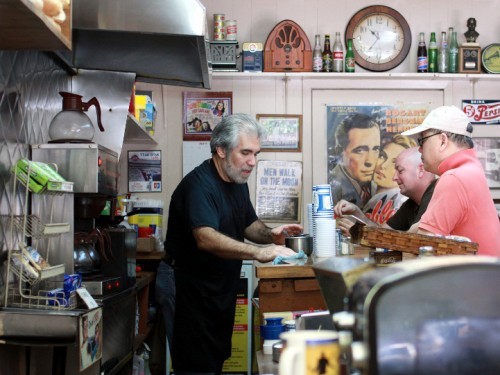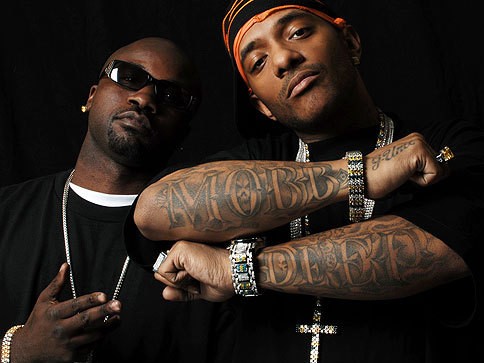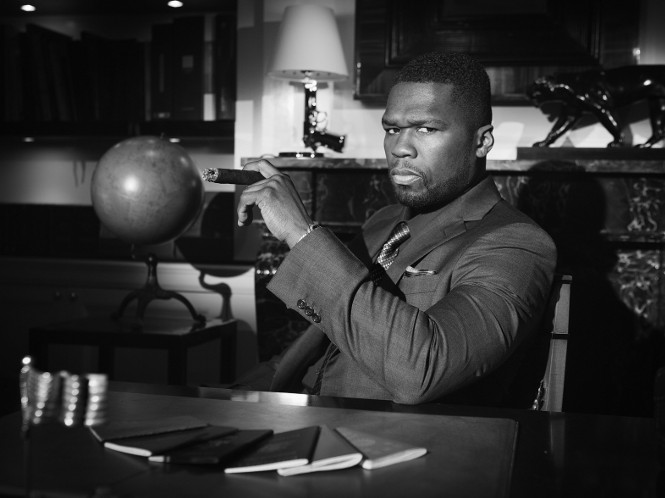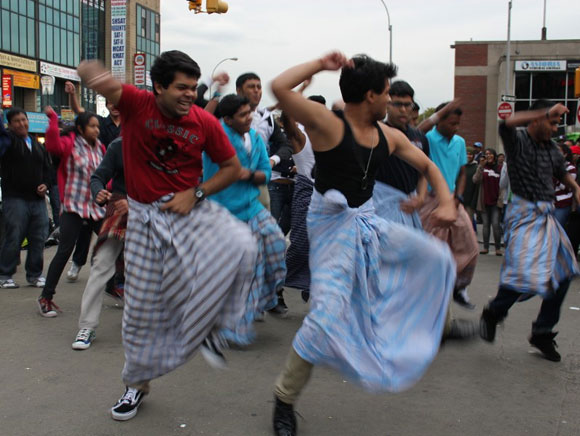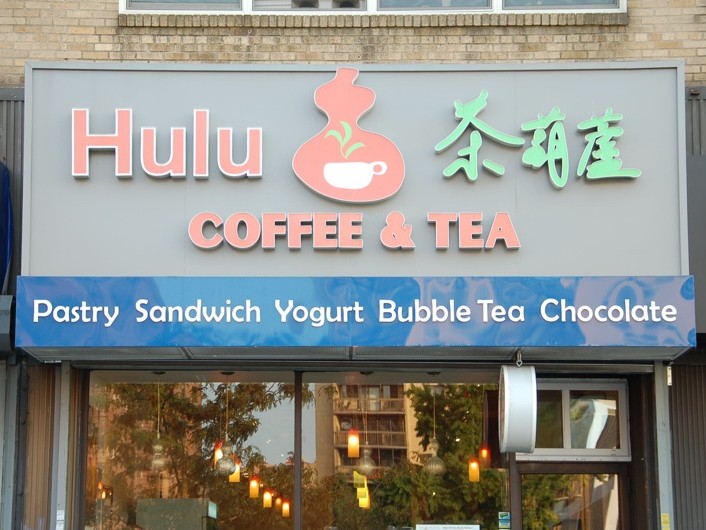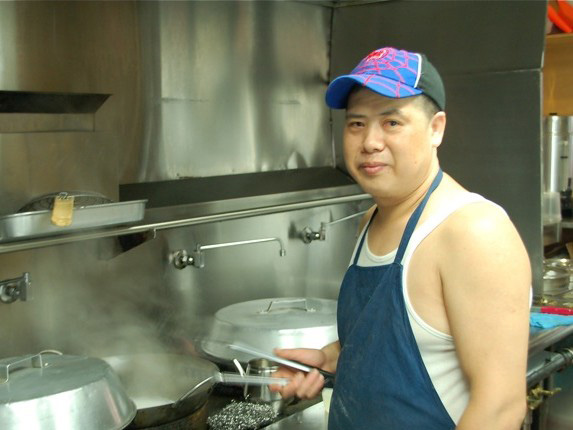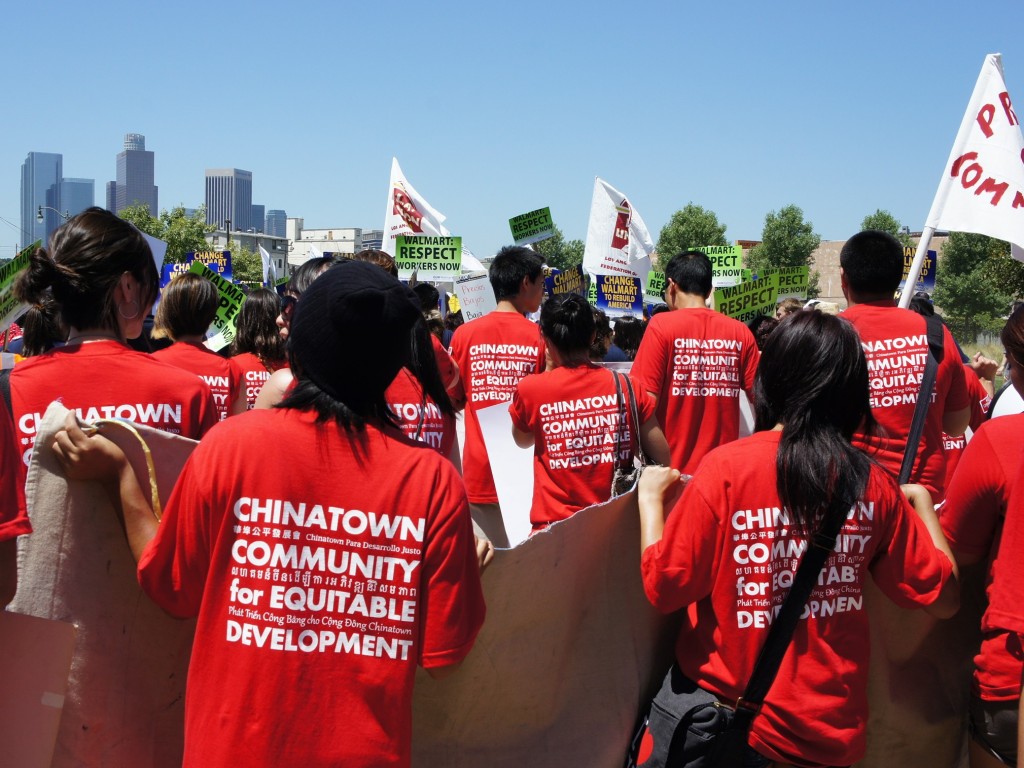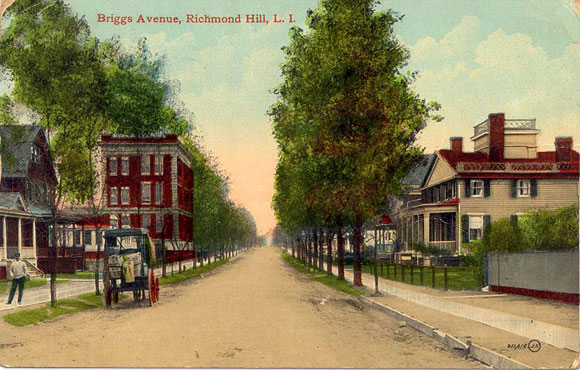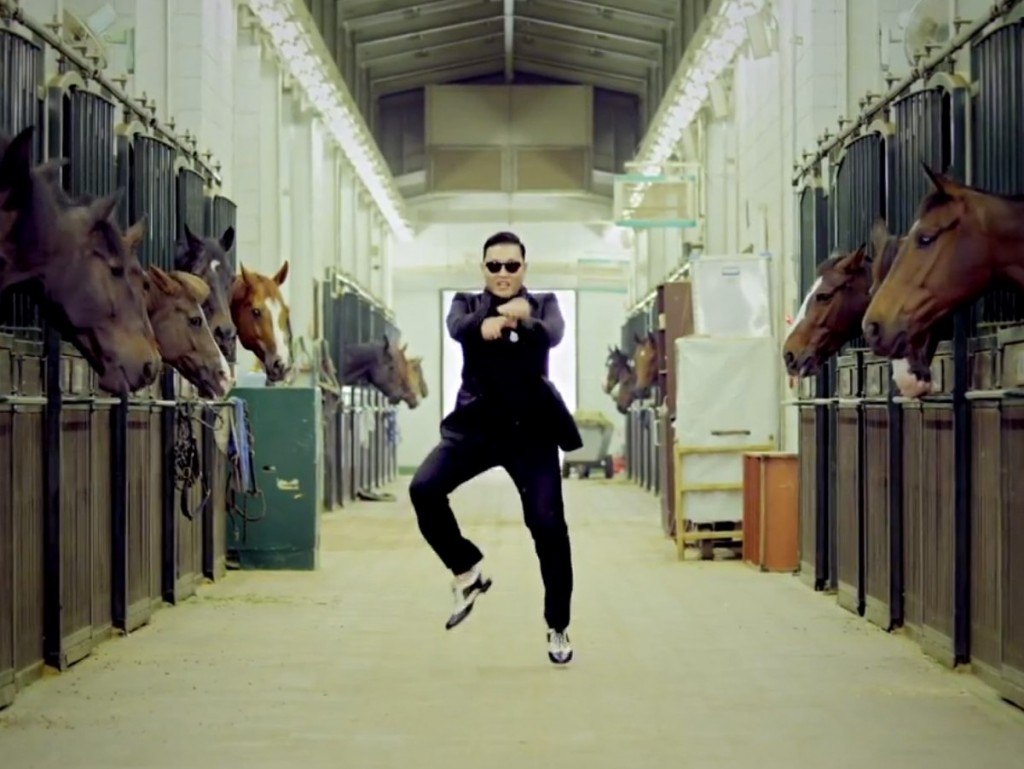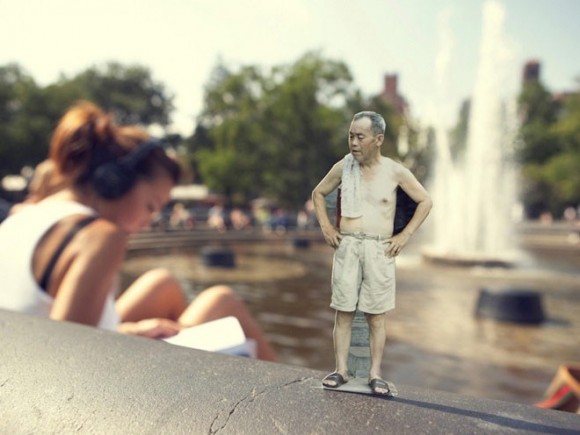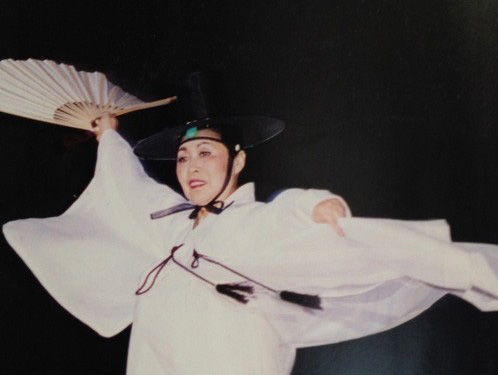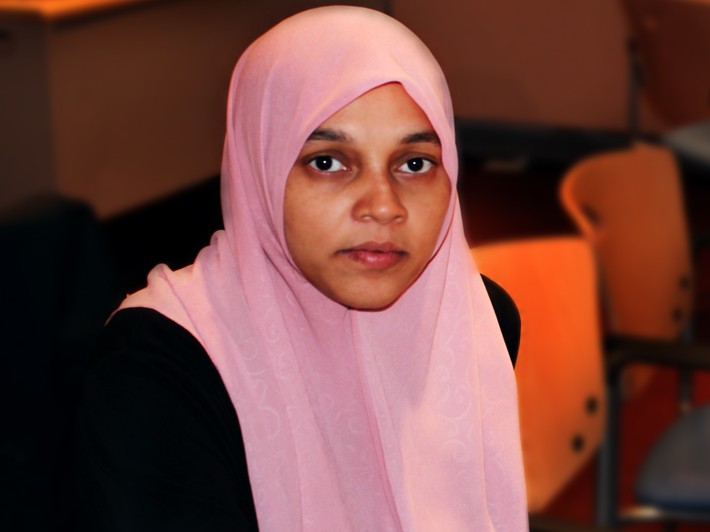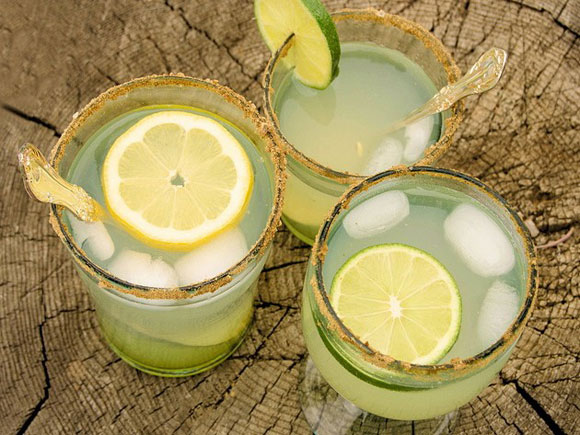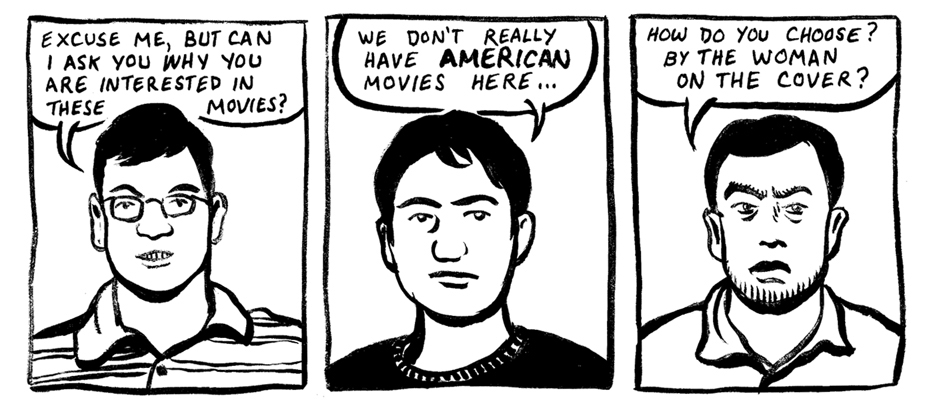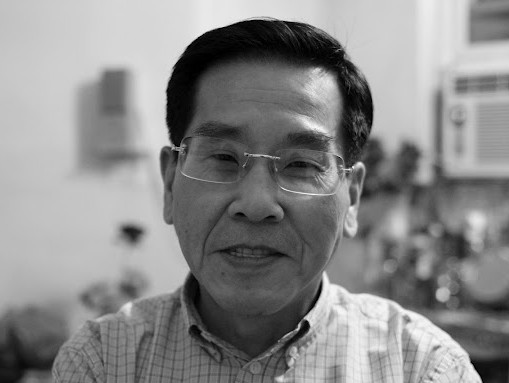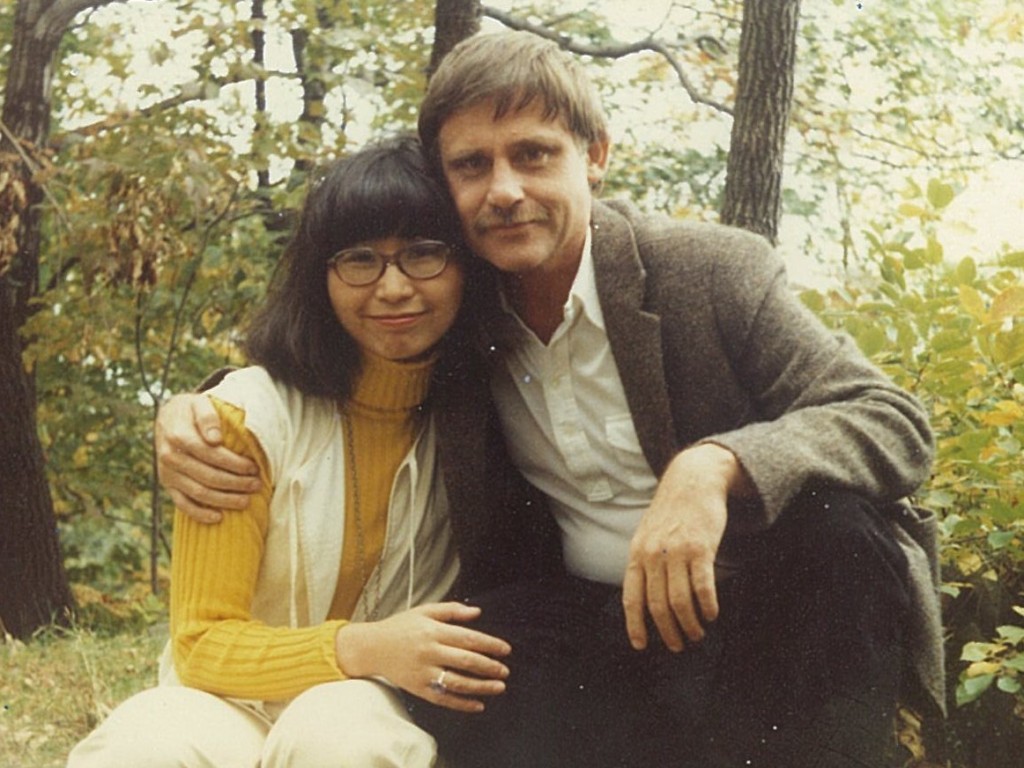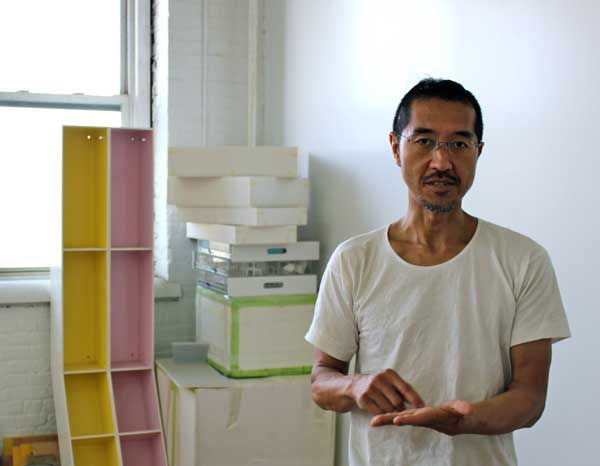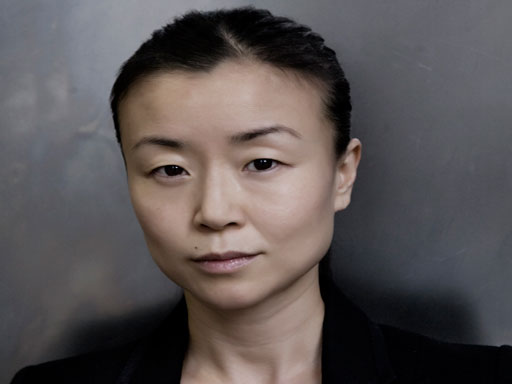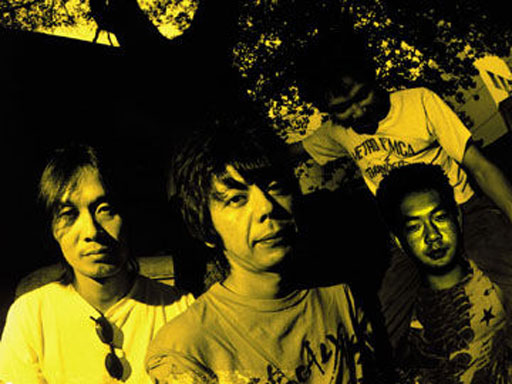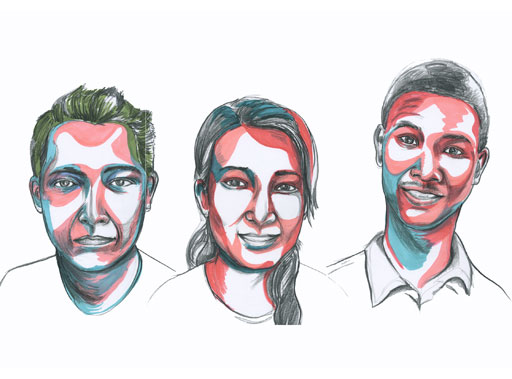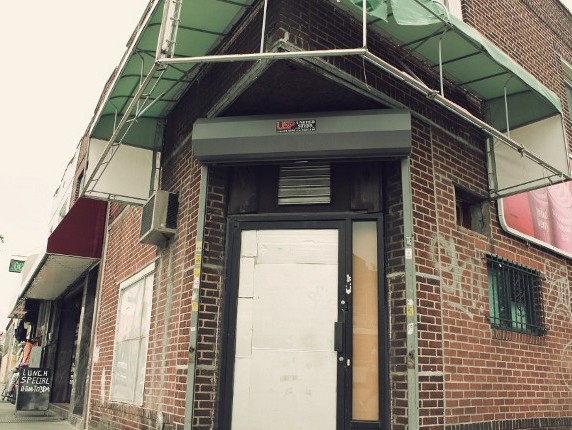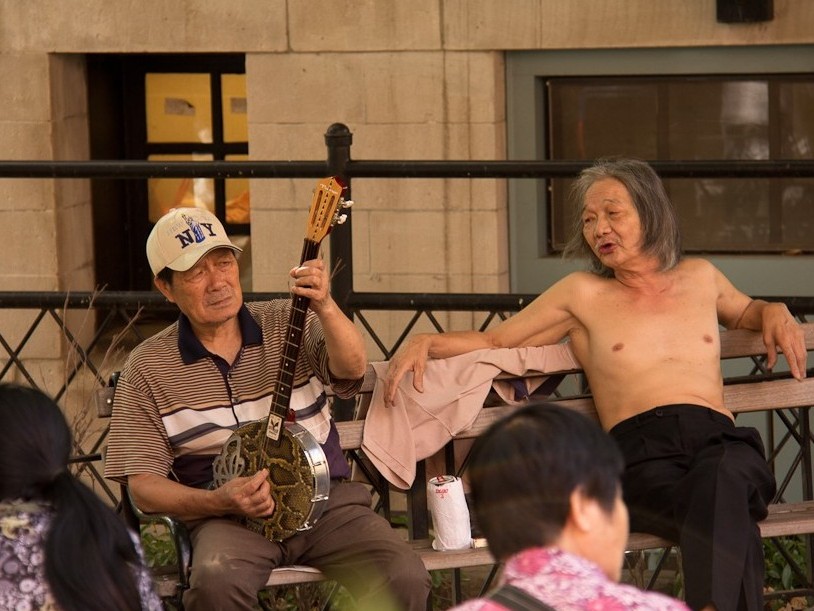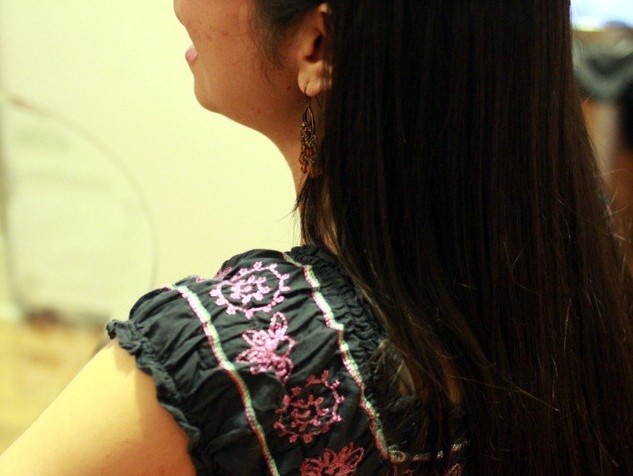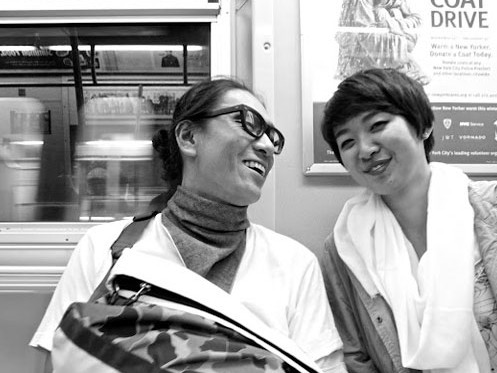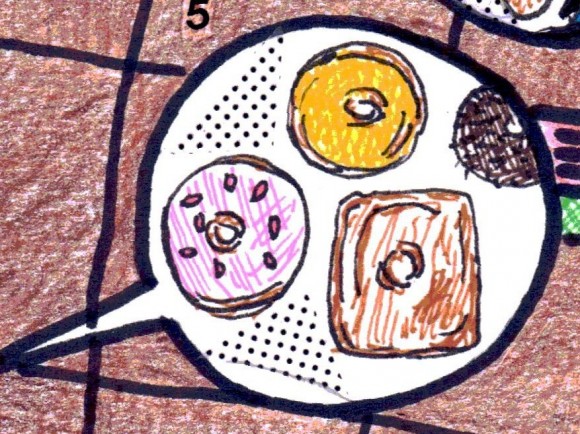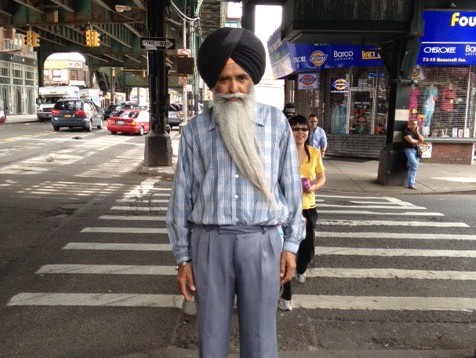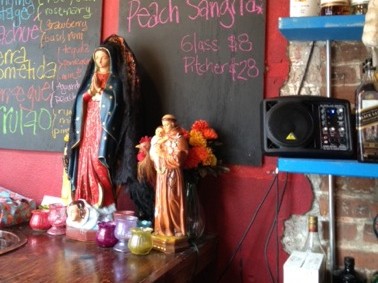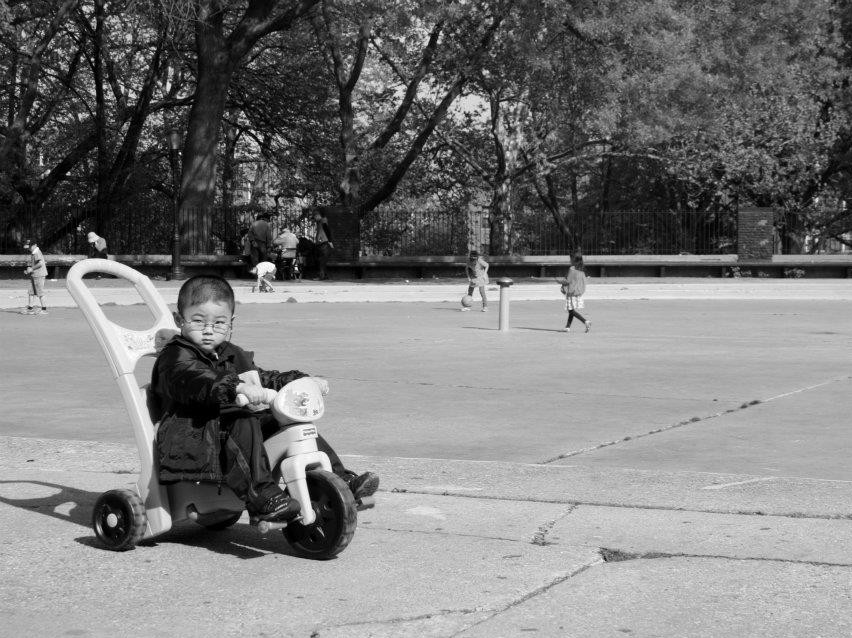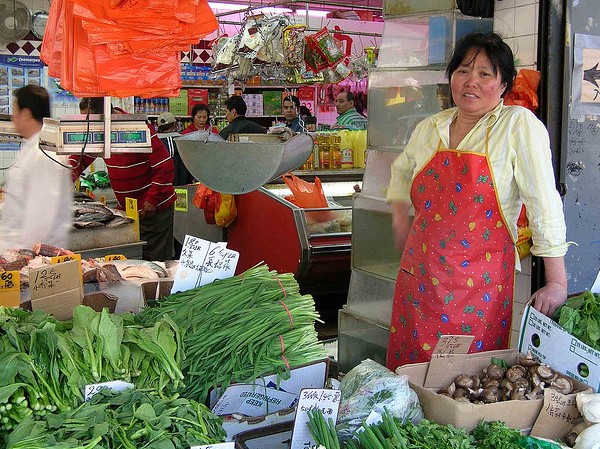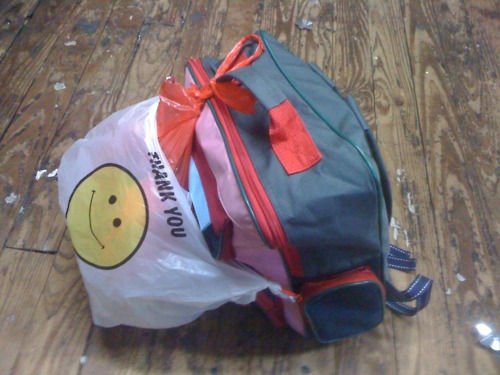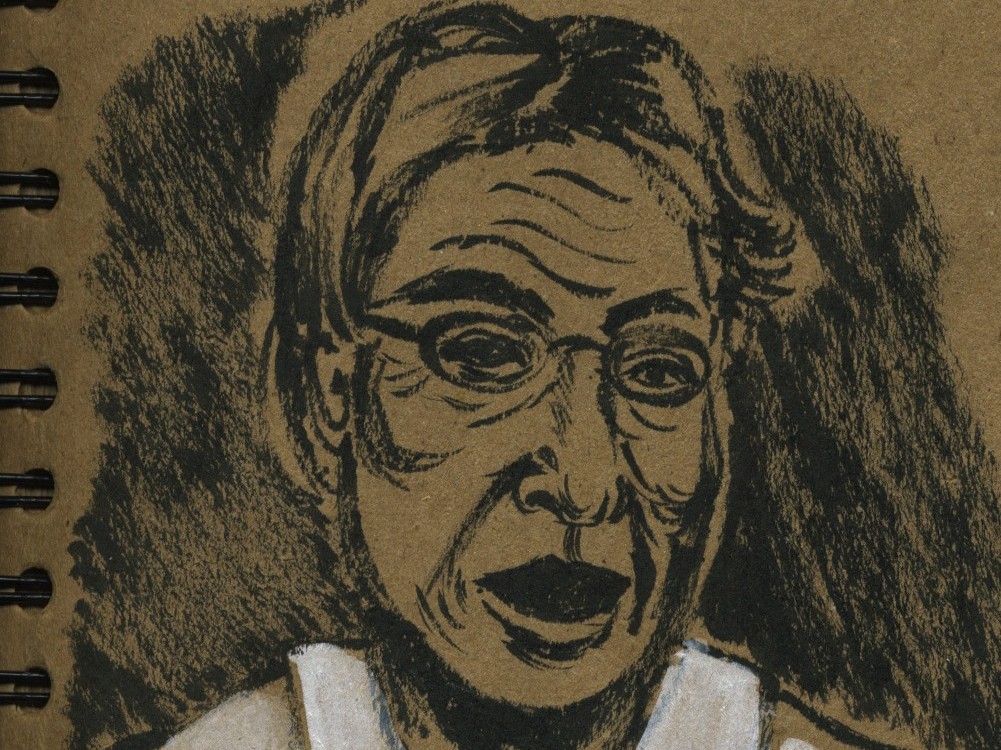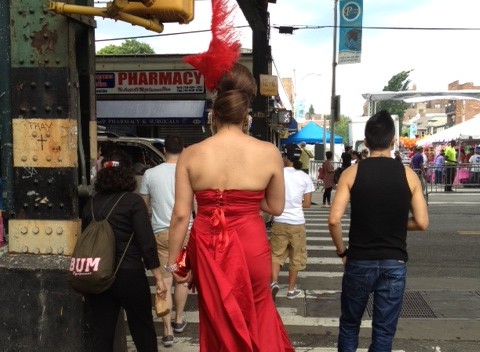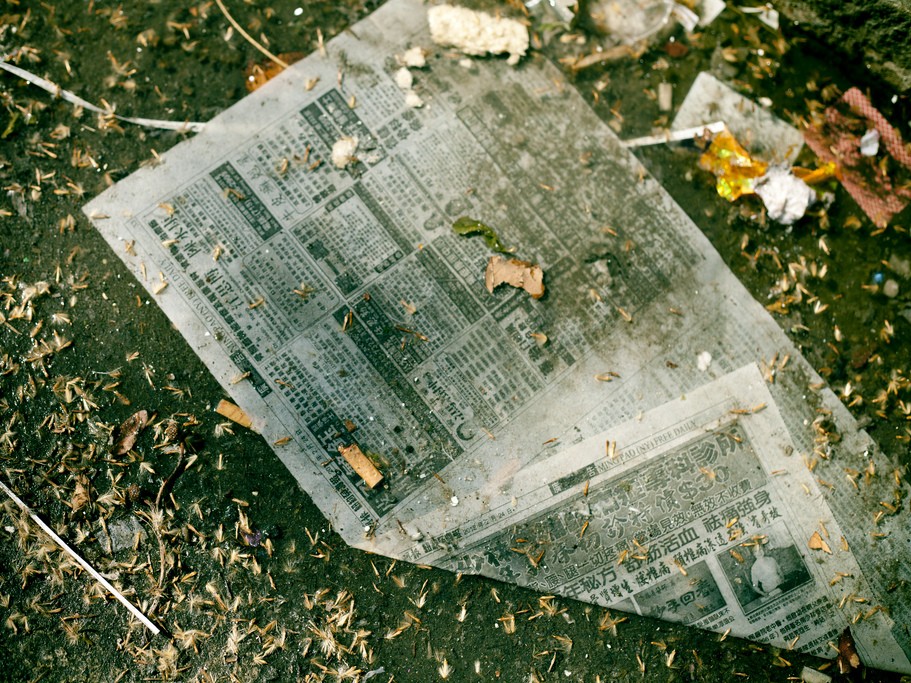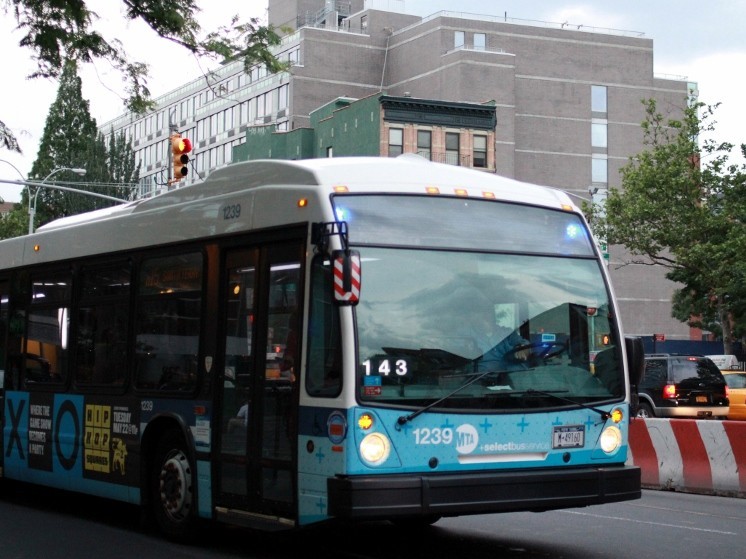Open City takes the real-time pulse of metropolitan Asian America as it’s being lived on the streets of New York right now. We tell the stories of the Asian and immigrant neighborhoods that comprise one million New Yorkers and 13 percent of the city, but that rarely find their way into the mainstream media.
Through our Neighborhoods Fellowship and Muslim Communities Fellowship program for nonfiction writers and journalists, Open City nurtures emerging writers who document New York City’s vibrant immigrant communities.
In the introduction to the Fall 2011 issue of the Asian American Literary Review, coeditor Rajini Srikanth writes of how quickly we can forget our communities’ milestone moments of political...
With plans for a new jail in Chinatown underway, community trust in the police erodes.
Once a Maoist dry-goods business, the store has become a hub for Asian American culture and community
Gardaya’s letters offer glimpses into his fruitless search for love and acceptance in America
New York’s Thai community celebrates Songkran and the designation of Little Thailand Way
A Filipina immigrant academic mourns and celebrates the aftermath of 1898.
Former Open City Fellow Syma Mohammed answers ten questions about her writing life
The 2022 cohort of Open City fellows talks about the challenges and triumphs of a year of reporting
Former Open City Fellow Raad Rahman answers ten questions about her writing life
Former Open City Fellow Nadia Misir answers thirteen questions about her writing life
Former Open City Fellow Mohamad Saleh answers ten questions about his writing life
One of the last newsstands in New York City is also a keeper of local lore
Community and collaboration among Fil Am entrepreneurs
Former Open City fellow Eveline Chao answers ten questions about her writing life.
Former Open City Fellow Roja Heydarpour answers ten questions about her writing life.
Bangladeshi app-based delivery workers must turn to each other for safety in NYC
Former Open City fellow Anelise Chen answers twelve questions about her writing life
Caste and religion intersect at a Woodside gurdwara
Former Open City fellow huiying b. chan answers ten questions, plus one open-ended one, about their writing life
He showed me that our people’s history
is part of the American story
Former Open City fellow E. Tammy Kim answers ten questions about her writing life
Former Open City Fellow Hannah Bae answers ten questions about her writing life
How an imprisoned immigrant is fighting to empower the wrongfully incarcerated
A young, incarcerated immigrant leads campaign to have charges against him dropped
Former Open City Fellow Astha Rajvanshi answers 10 questions about her writing life
Exploring art as a space for community-building with Yemeni-American artist Ibi Ibrahim
Former Open City Fellow Chaya Babu answers 10 questions about her writing life
Food roots us in a place. It follows that ingredients—and the spaces in which we find them—do the same.
A scene report takes a look at one burgeoning but endangered arts community in Queens
An Oral History of New York’s Arab and Muslim Community After 9/11
What kind of exhibit on revolutionaries would it be without a living Palestinian? The rub of course is there are so few of you.
India Home offers South Asian seniors a place to be themselves
Women like my mother don’t post their lives online. Often, their stories remain untold and undocumented.
Grappling with the burden of keeping a legacy alive in the face of occupation and erasure
And finally smashing the eggshells after thirty-five years on my tiptoes
What can we do to stop hate and protect our communities?
A Yemeni American activist’s take on the NYC mayoral race, political activity within the Yemeni community, and striking out on her own
Remember that time I asked for your opinion on my hijab? Oh right, never happened.
Does the decades-old NYC tradition of community patrolling keep city streets safer?
He was nice to my father and his siblings. But still…
A dancing partnership blooms into a Bollywood romance.
Tales of Quarantine from Around the World
Today we are celebrating the nine emerging writers who will receive fellowships from the Asian American Writers’ Workshop in 2021.
A manifesto for the post-pandemic reemergence of ‘Old New York’
A Muslim Hospital Chaplain Struggles with Faith Amid the Pandemic
Mosques and Muslim organizations rise to the challenge of fulfilling their Islamic duty of service and charity.
How Asian Americans across the nation are reflecting on their relationship to the Black Lives Matter protests
Seeing state terror and resistance in Alyx Ayn Arumpac’s new documentary on Duterte’s extrajudicial killings
Young Asian Americans hit the streets to link arms supporting Black Lives Matter
From the crop fields in the 1900s to modern-day hospitals, the history of Filipinos in the U.S. is a story of survival and resistance.
Philippine Dance Group Kinding Sindaw Is NYC’s Cultural Warfront Against Indigenous Erasure
A New York writer shares her tale to demystify the virus, to show people that someone they knew had it and survived, and to offer hope.
Filipino Catholics struggle with their new reality: Shuttered churches and livestreamed Masses.
With mosques closing their doors, where do worshippers go to pray, be with friends, and seek solace?
A peek into the life of NYC’s Iranian Americans amid recent tensions
There’s no shame in loving durian at this New York City haven.
What this deli in Manhattan offers to mostly immigrant taxi drivers is priceless.
Cohort of Open City Fellows
5 writers named to 9-month fellowship to write about NYC’s Muslim American and Asian American communities.
Interrogating the Asian American disconnect
in the debate over NYC’s specialized high schools
Muslim American women explore new paths to romance via technology.
Q&A With Ramy Youssef about the Arab-Muslim
American experience
The battle for safety and well-being in South Brooklyn’s Muslim American community
How this Brooklyn staple has served to bridge two cultures
This is what happens when writers go food-hunting while learning about a Brooklyn neighborhood
What does home look like
for Asian Americans in New York City?
How can we reimagine South Asians on the big screen?
What does it mean for a Palestinian living in the United States to resist?
How the scarcity of these staples gave rise to a food pantry offering culturally appropriate South Asian food in NYC
How art teacher Cecile Chong has connected generations, continents and patterns of migration in her work
Surviving police surveillance and internal policing within the Muslim community of New York City
The deadline for submission has been extended to July 15, 2019. Both the Neighborhoods Fellowship and the Muslim Communities Fellowship start on September 6, 2019.
Women workers and organizers remember staging the massive 1982 Garment Strike in Chinatown
How caring for children is helping me reckon with my own childhood abuse.
After nearly 40 years, is ‘home’ still ‘home’, or is it a foreign country, a land full of strangers?
For this Syrian baker in Brooklyn, his ingredients are just like old friends — the kind that sit comfortably with you, in both silence and celebration.
What is it about Bay Ridge that makes it a place where white supremacists and Arabs, and other religious, linguistic and ethnic groups could live together side-by-side?
Gender-based violence and gender inequality remain pervasive in both personal and public spheres.
The shutdown countdown may be over, but it has bombarded us with some Trump buzzwords.
How an NYC imam uses his past life of gangs and drugs to save the future of troubled and incarcerated young people
6 writers begin a 6-month fellowship writing about NYC’s Muslim American and Asian American communities.
Men are standing side by side with women in the struggle
to stop domestic violence and toxic masculinity.
How arts and tech can preserve intergenerational neighborhood stories and fight back against gentrification.
Indo-Caribbean women bring to light an issue that used to be confined behind closed doors.
A community’s struggle to define and uplift the legacy of Malcolm X.
Under Trump, there are no closed deportation cases.
Only deportation cases.
In his last sermon in Bay Ridge, Fr. K reminds an energized community that theirs is not a one-person movement.
Seeking a panacea from life’s turmoils, immigrants flock to an unassuming Sufi in Brooklyn.
Is the lack of agency in the movie’s characters a reflection of centuries of colonialism? A Fil Am writer explores.
An Indo-Carib couple’s tale: When pursuing dreams give way to raising a family in NYC
Here are some tips from a Chinese American New Yorker who went to Toisan, China to trace their parents’ roots.
How lying down, getting up and marching on Madison Av is a metaphor for the fight vs. tyranny in the Philippines.
The deadline for submission has been extended to July 23, 2018. Both the Neighborhoods Fellowship and the Muslim Communities Fellowship start on September 18, 2018.
Immigrants for Life
They served their sentences and have rejoined society.
But are convicted immigrants not good enough to stay?
A community braces for a decision that could change thousands of lives in the U.S. and Nepal
How do Chinatown leaders work towards community preservation in the Year of the Earth Dog?
When home is a place you’ve never been, can you visit it through objects?
When a singular aspect of your identity is politicized, how do you cope with Islamophobia in Trump’s America?
How Trump’s threat to end DACA almost extinguished one DREAMer’s hope of becoming a teacher
How a young Chinese American followed in his
great-grandfather’s footsteps 112 years later
How does living without papers in the U.S. in the 1980s compare to today? Spoiler alert: It wasn’t that bad then.
7 writers begin a 6-month fellowship writing about NYC’s Muslim American and Asian American communities.
After one family immigrated to the United States from Iran, one of the side effects was that gender roles reversed in the household.
With bombings in their own country and threat of travel ban and revocation of their TPS, how do Yemenis in the U.S. cope?
While America’s most storied hospital welcomes survivors, your body protests: what did it survive?
The members of the Union of Arab Women are graduating with diplomas, a spirit of activism, and a new family.
Negotiating a new identity in a new country amid sisterhood and community.
Bay Ridge group pushes back vs. Islamophobia
sans politicians and beyond electoral cycles.
From Bulosan to Hagedorn, this mobile library celebrates Filipinx American literature
Arab mothers and grandmothers in Bay Ridge discover that in a new country, there are new ways to care for their families, their community, and themselves
Rather than fly to China to visit their departed loved ones, a growing number of Chinese Americans are opting to bring their family members’ remains to the U.S.
Arab mothers and grandmothers in Bay Ridge speak out and fight back.
An 11-year-old boy was forced to grow up fast when occupying Israeli soldiers seized his tiny Palestinian village.
They had to endure racial and gender injustices. But these three are now the faces of the growing political clout of Asian American women.
One moment he was ministering to Muslim prisoners at Guantanamo. The next, he was arrested, detained and threatened with execution.
Faced with the sudden death of a loved one, Muslim immigrants — after a secular lifetime in America — cross this final frontier of assimilation.
This Chinatown ice cream shop refuses to melt, despite pressure from past gang violence and heat from present gentrification debates.
Two contending schools of thought on rezoning continue to divide Chinatown. And the neighborhood might be running out of time.
They are not non-college, white, working-class men, but they campaigned and voted for Trump.
Cooking provides a familiar focus, even a break, and the possibility to recreate culture and share it in a part of the world that finds her, and people like her, distasteful.
“Surviving Surveillance, Catering to America”: A mother copes with the unjust arrest and incarceration of her son.
Several Chinese workers who helped build the Central Pacific Railroad found refuge in Belleville, NJ.
Why Donald Trump is so wrong about comparing his planned U.S. border wall with the Great Wall of China.
An art installation in Jackson Heights speaks about how immigrant communities in the neighborhood are experiencing policing and displacement.
Two Bangladeshi New Yorkers share their culture with their city and empower their community through their new street food pop-up.
A Jackson Heights boutique is where customers reconnect with their roots and introduce the younger generations to their cultural heritage.
Community organizers have created a walking tour of Jackson Heights that focuses on the experiences of the immigrants who live in the neighborhood.
How many terrorism cases against Muslim Americans were filed by the NYPD as a result of its snooping on Muslim mosques, organizations and coffee shops?
Do you want to know your future? Do you want to know when is a good time to move to a new house or to shift to a new career? These ladies may have the answers.
A night in the life of nocturnal street artists and art vendors who, every midnight, take over the New York City neighborhood that literally doesn’t sleep.
Yue saos and postpartum meal services are helping new Chinese mothers in Brooklyn cope with the no-shower, no-cold-drink, no-going-out demands of ‘sitting the month.’
Young Bangladeshi theater troupe uses traditional folk theater to confront trauma in the community.
50 years after China launched the Cultural Revolution, one survivor recalls being sent to a rural labor camp and losing his family during the maelstrom.
An undocu-Korean’s quest to remain and his fight for millions like him.
For Chung Hwa regulars and Flushing residents, the closing of the 30-year old bookshop meant the demise of a community resource center.
One former detainee brings to light the struggle of many asylum-seekers who are languishing in detention centers and facing deadly deportation to the countries they fled from.
A young immigrant takes us around Flushing, the neighborhood that she has adopted as her home.
Carrying songs across oceans, these musicians create home and community in New York City.
Three immigrant street vendors tell their stories — their reasons for coming to America and their hopes and dreams.
Where to go if you want to check out traditional Chinese cultural and art scene? Here’s a short list of performing and exhibit spaces in Manhattan’s Chinatown.
How does one deal with anti-blackness within the family? One Bengali writer is finding out the hard way.
From sufism to reggae, from construction work to driving taxis, it has been a colorful ride for one of the co-founders of a taxi drivers union in New York.
A Chinese American writer recounts her struggles with Chinese characters, the Roman alphabet and two different naming conventions in her journey to have her name right.
The Chinese New Year, the Lantern, Mooncake and the Qingming Festivals explained, and where to go if you are hankering for food associated with these celebrations.
Three Chinese American women, who are very successful in their fields, are considered failures for one single reason — for staying single past the age of 25.
Tenants of rent-regulated apartments in Chinatown fought back and won a settlement with their landlord, who now must provide safe and decent living condition and stop harassing them.
She migrated from China to the United States, hoping to find a better life. She ended up working in a massage parlor, providing sex to customers.
The Brooklyn DA wants no jail term for NYPD cop Peter Liang, but several Asian American groups demand accountability for Liang and justice for all victims of police violence.
Padmini Naidu, also known as the Blasted Brown Blogger on Tumblr and co-host of the ALTBrown podcast, talks about growing up brown and goth metal head in Hollis.
For the women who dance together at a Chinatown park, every gesture brings them closer together and every step leads them away from the dangers of depression.
Amid the sea of Chinese characters in Sunset Park’s Eighth Avenue, an Irish pub has held its ground despite waves of inward and outward migration.
Who owns public space? Young South Asian women in Brooklyn struggle with the culture that dictates that women have no business outside the home.
The difference between tea and life back home and over here, according to a Guyanese-American family in South Ozone Park.
Cha, chai or te? A Richmond Hill family’s multiple ways of preparing what Chinese philosopher Lao Tzu called “the elixir of life.”
Unwanted in their mothers’ country, unwelcome in their fathers’ homeland, Filipino Amerasians are still in search of a home.
As Pearl River Mart prepares to close its doors, why the store’s godchild doesn’t want it to be “saved”
Allow yourself to be messy. Don’t try to fight writer’s block. These, and some other writing tips from author Eric Tang.
Red is believed to be a lucky color and everyone wants to carry good luck with them. But that symbol of good fortune may soon carry something else: a 10-cent charge.
In Richmond Hill, a neighborhood’s safety concerns are pitted against a city’s effort to bring youth offenders closer to home. And the residents are up in arms.
How a high school teacher’s advocacy vs. bullying of Sikh students led her from the classroom to the court room.
The Nepalese and Tibetan communities in Jackson Heights mix tradition with modern to keep their heritage alive.
One writers group was robbed at gunpoint in Ditmas Park. The police and the community’s reactions were swift, but both seemed to miss the bigger picture.
In Kensington, young Bangladeshi activists fight against apathy and inaction in the local community by organizing around the murder of a 13-year-old boy in Bangladesh earlier this summer.
Ali Najmi, the contender to represent one of the largest South Asian enclaves in NYC, talks about Glen Oaks, the Sikh gurdwaras, and taxi drivers.
How Asian small business owners are negotiating community and commerce in Baltimore
When Flushing was a neighborhood of European immigrants in the 1940s, Pearl Chow’s was one of the sole Asian families there.
Many of the neighborhood’s roti shops are located just steps from the A train. For Richmond Hill residents, gyaffing and hot doubles can remedy anything the MTA throws at them.
“Nobody wears those, so it’s kind of funny that you do,” she said, blowing swirls of smoke out of the corner of her mouth…
A novelist recalls her childhood steeped in Chinese radio plays heard on the Singapore airwaves.
“…I’d see non-Sikhs…be scared because there were so many turbans around them. I want to end that,” Amrinder Singh explained.
Khmer record and film collector Nate Hun is part of a growing movement quietly reconstructing Cambodia’s tumultuous past.
A “goddaughter” of one of Chinatown’s oldest and most storied emporiums remembers the store’s Red origins and high-low appeal.
N’jaila Rhee is many things…
Vintage American country-western music helps Indo-Guyanese express ineffable heartbreak, spirituality and political emergence.
Barriers to Banking Push Queens Immigrants Towards Alternative, Financial Services
Roti is everyday food in Punjabi homes. At the gurdwara, it takes on a new name and becomes a symbol of service.
A mysterious black poster sends one Columbia University student down a transnational college application rabbit hole.
A momo evangelist introduces foodies to a lesser known dumpling and to the Tibetans and Nepalese who love them.
Munaweera’s debut novel depicts the psychic, political and sexual spaces between Sri Lanka and Los Angeles.
Harmoniums are all over South Asian music. But they also connect Guyana and Punjab spiritually
Community organizing can be lonely work when you’re battling ghosts from a violent past
In neighborhoods where Asian American voters lack English fluency, poll workers are the overlooked links to electoral participation.
Grammy-nominated producer The Twilite Tone on moving to New York, working with Kanye and the South Asian namesake he shares with Chaka Khan
Diwali is celebrated in various ways by South Asian peoples. The Sikh celebration adds politics to the mix.
Buddhist “mercy releases” have long set animals free in ways that may harm them. Parks and animal protection organizations are working to make it better.
Red Guard founder Alex Hing talks 1960s radicalism, sympathizing with North Korea and that infamous punch.
Queens temples break from Western architecture and remake old buildings into new spaces for divine encounters
Long before domestic workers organizer Ai-jen Poo won a “genius grant,” we spoke to her about her radical ideas on remaking women’s work
Worker-owned cooperatives gain immigrant women more than income. They give them a cure for the “tensions” that harm their physical and mental health.
Urbanist Tarry Hum’s new book on Sunset Park looks at the economic, cultural and land use shifts in the waterfront Brooklyn neighborhood.
I said I missed Asia. His elderly friend beckoned to me and showed me his smartphone–a video of a dance performance in China. Little girls singing shrilly. “If you miss it,” he beamed, “Just watch YouTube.”
My grandmother spent many long years cleaning toilets, washing bedsheets, and mopping floors doing the best she could to navigate a country knowing her then-undocumented status and her lack of language skills put her at a severe disadvantage.
I traveled to the heart of the epidemic one day in July to find out for myself what kind of peril we’re in.
They tasted like a vanilla pudding—sweet and light. I’d long wondered if these berries were safe to eat, but Chin seemed to be nibbling without worry…
I quickly learn this view has cost this business a lot. Irina remembers all the people who left after hurricane Sandy struck in the fall of 2012. “They lost so much, their homes…and then with the businesses closed, they had no work to stay for.”
A Queens couple tries to put down roots in their own community and discovers the unwritten discriminatory rules of real estate.
We journeyed over two-hundred miles to play indoor volleyball in sweat-inducing temperatures. That draining, exhausting heat is as much a part of the game as are the unique rules of 9-man volleyball.
“Our samosas are different because we use fresh vegetables and olive oil,” says Saleha Parveen…“We use long bean, cauliflower, cabbage, potato and carrot. Most restaurants just use old oil and potatoes.”
I remember the medicine wafting through the apartment–a distinct scent, a heavy, earthy, musky odor that smelled like bark, dirt and dampened roots. The minute the pot would go on, I would retreat to my room where I paced back and forth, in anticipation of a stand-off with my mother.
There are so many people who are invisible to us, and I think that its important to realize that the girl who runs the egg-cakes cart, she has dreams too, she has a future too, she has a past as well.
Finntown in the 1920s and 30s was a bit like a leftist fantasy mixed with a touch of “Portlandia”…
Parkway itself will lose its luster, its sense of magic ascendance. And I will begin my struggle to understand this twin heritage—luminous freedom and oppressive grievance.
Each of us has a moment, a shiny soap bubble of memory that contains our past and predicts our future.
The applications have been streaming in for our next round of Open City fellows. If you’re an emerging Asian American writer, consider applying and help spread the word about this wonderful opportunity…
I often tagged along with my grandparents down the aisles of Chinese supermarkets. While Grandma stuck to purchasing standard items like Saltines or milk to add to her morning coffee, Grandpa knew the secrets of the dried, preserved goods and vegetables tucked away into the stores’ dusty corners.
When poet and First Lady Chirlane McCray (aka “FLONYC”) chose spoken word artist Ramya Ramana to perform at her husband’s inauguration, it took the ceremony—and Ramya’s poetry—to a whole new level.
Alex is a skinny teenager with shaggy black hair – almost like a Beatles cut. He comes here all the time, just to play this game.
…Hispanics and Asians are living in neighborhoods together nearly three times as much as they did ten years ago. But how integrated they truly are is a matter of debate…
When I’m on the train, I draw a lot. I have absolutely no time for meditation. But when I’m painting, that’s…my meditation.”
Council District 38, which includes the heavily Asian and Latino Sunset Park, is a testing ground to see whether an experiment in direct democracy can meet its lofty goals…
No showering, no going outside, no drinking cold water–for an entire month. Many women in mainland China observe these rules as part of a traditional health care practice following childbirth.
I know that you’ve had some tough times the past few years. People have called to ban you, to oust you from the kitchen…
About a decade ago, the New York City Department of Health and Mental Hygiene (DOH) began to puzzle over a strange and disturbing sight: whole, roasted ducks, hanging by their necks in the windows of Manhattan’s Chinatown.
The gate, the window guards (all seven of them), the railings leading up to the door, the door itself — all bright stainless steel, and sparkling even on this cloudy day.
“When times are good, people might go for the Absolut, when they’re bad it’s Smirnoff or Georgi,” says Anil, who runs 1-2-3 Liquors on Jamaica Avenue…
Crown Heights-based activist DJ Ushka talks about growing up in Thailand, gentrification, global bass, and Edward Said.
The drummers were dressed in black and white tunics with colorful sashes and played traditional instruments…
It’s Sunday morning and there’s a debate underway at the Richmond Hill Flea Market in Queens. At issue: a pair of bejeweled, costume earrings made of faux diamonds and rubies.
In 2012, over half a million stop and frisks took place citywide. Half of these involved persons of color—young men like Nilesh, who are constantly on the lookout for patrolling officers.
“He could’ve walked into Harlem and everybody knew ‘im. He could walk into Spanish Harlem, everybody knew him. The gangsters knew him and respected him because he stood up to them…”
…there was one piece of equipment that made it all possible: a SONY tape player that kept them in operation as if they were 24-hour newsroom. The machine would play ten cassettes one after the other.
Visitors to the address would have found an entirely different scene ten or fifteen years ago. Before it was a fashion headquarters, the building was a garment factory…
In Queens to “clash,” Japanese dancehall kings Mighty Crown talk old-school Brooklyn and dub plates
“…the union guys were really worried. They were literally pissing in their pants…15 minutes later, it seemed like 15,000 women came out of the woodwork. Literally. From the buildings in Soho. They just couldn’t believe it.”
…incoming donations were piled up two and three boxes deep on the sidewalk.
“The typhoon really hit me hard,” she said. “I live in New York, but I’m still Filipino.”
“Once we printed Chinese upside-down and nobody knew it. That was embarrassing!”
A set of wind chimes hangs on a thin board, a short-wave radio emits bursts of Morse code, thin sheets of metal rustle on a crate.
“You really can’t get weird on a dehydrated noodle. You really can’t get weird on a canned sardine. Snacks, yeah you can get a little weird.”
We set up a table with hot cider to stave off the chill, and little by little, over the course of three hours, 20 participants came by to strut their stuff…
“We are not known to the mainstream disabled communities. We’ve been here for 20 years.”
“Manhattan gets everything. No more, no more…Our next mayor is going to be from Brooklyn no matter who wins.”
“Probably one of the most private things in the world is an egg before it is broken.”
–MFK Fisher, “How to Cook a Wolf”
As pure Tibetans, they seem to have a more direct connection to whatever their cause is…But in my case, I would be there thinking, I don’t have the genuine drive in a way. I was supporting the cause, but at the same time, I saw myself differently.
The shorter woman said, “You have such a good insang??!” The other pressed, “But you do go to church, don’t you?”
As I studied my surroundings, I found things that defied explanation. For some matters, the closer I looked, the more elusive any resolution became.
One Saturday afternoon in Sunset Park, I was sitting on the cement rim of a drained wading pool, watching elderly Chinese couples foxtrot to staticky melodies playing from a beat-up cassette player.
When working with the 12 to 19 year old set, she goes by two simple rules: 1.) Don’t disrespect them and 2.) Stand your ground.
We both remembered the fashion house’s Van Gogh jacket with its exquisite hand-embroidered jewel toned flowers, but it was Mary, who, without a heartbeat, recalled the year, telling the archivist to pull from the 1988 collection.
In the center of the plaza stands a bronze, 15-foot statue of the Chinese sage…In its shadow, a woman with a visor and clipboard is selling shuttle tickets to Foxwoods Casino.
Suran Song turned a laundromat in Jackson Heights into a space for private reflection. Now she’s inviting her neighborhood to practice yoga in her living room.
“We need a new superhero that will not depend on the tropes of past heroes,” says Anand who copyrighted Laserman in 1985 at the age of 12.
The clinking coins were saved for two reasons – to feed the neighborhood parking meters and to pay for kiddie rides outside the supermarket where my family shopped.
In the same way that K-Town serves as a rough rendition of Seoul, these plastic replicas dutifully represent their edible counterparts.
Afrika Bambaataa recently crowned Lasker the “Indian Bambaataa” for his efforts spreading hip-hop in India.
It’s like wearing a swagger on your face. If you’ve got a mustache, you’re someone to be taken seriously.
Amid a national conversation about preschool and poverty, low-income New Yorkers are fighting for dignified welfare-to-work and and child care. But will they succeed?
Lynne Sachs talks about her film on immigrant experiences in Chinatown shift-bed houses.
“81 Bowery is their home and their only choice for a place to live.”
There are 42,000 cab drivers in New York City–and 82% of them are immigrants. Many from them from white collars jobs back in their home country.
Writer Katie Salisbury goes on a quest to Mission Chinese to check out the monster success of Asian hipster cuisine.
Kyla Cheung talks to Ashok Rajamani about his uniquely humor-filled memoir recovering from an aneurysm at the age of 25.
There are lists of some slave uprisings in the late 1600s. There were gallows next to Beaver Pond.
A river of dark, red fluids frothed and pooled over drains. Men in green T-shirts scrubbed the floor with brooms as wave after wave of water washed away the sacrificial blood.
Carolyn Sun explores the journey of how kimchi has found its place in America at the tables of Koreans and non-Koreans alike.
Sahar Muradi and Zohra Saed are two Afghan American poets. This is a lyrical conversation between Sahar, who returned to retrace footsteps in Afghanistan and Zohra, who remained ensconced in longing for mythic cities of her birth.
Part one of a two-part series on local Asian-American engagement in electoral politics in New York City.
The Basement Bhangra deejay revisits the neighborhood of a legendary Hollis nightclub that flourished in the 90s.
From Abu Dhabi to the East Coast, a temporary resident negotiates the urban spaces that built him.
Sisters Deanna Fei and Jessica Fei capture the many faces of Flushing: a home, a place of transit, a new territory.
Formed in Iran—and influenced by Joy Division—the indie band had to high-tail out of the Islamic Republic for fear of reprisals. Why the band wound up in Brooklyn.
After the family saw this photo, ‘they couldn’t sleep.’
Remaining unnoticed is not a new thing for Staten Island.
I recall the monkey god’s gaze at the Ganapati Temple and my own impulsive desire to offer him a coconut.
An illustrated dispatch.
From Libya to Liberty Avenue, Hess was making a killing.
Wah-Ming Chang talks to the author about reading, writing, and Hari Kunzru’s voice.
In Jersey City’s India Square, the Hindu holiday is tempered and celebrated privately.
“My strength is writing about Chinese people and dirtbags, and Chinese dirtbags.”
“Romney is very hostile.”
Dispatch from Far Rockaway and Jamaica in the wake of Hurricane Sandy.
Community organizers distributed supplies and canvassed buildings for two days before FEMA showed up to offer aid.
A photo essay.
New York will survive Sandy, but so will the city’s persistent inequalities and environmental precarity.
For outer borough residents and the linguistically isolated, the future is less clear.
If the grocery store is going to be saved, it will need to happen now.
Meet Carmine Morales, the Lower East Side’s last everyman.
Amrit Singh, Vijay Iyer, and Ashok Kondabolu on how to eat (and dip!)
A handful of books provide vivid details on the rap that grew out of Queens.
In a way, Curtis Jackson is a link to the era of black American immigration to South Jamaica, the violence that befell those who came, and the strange marriage of drugs and music that followed. He may be the last.
He-e-e-e-ey sexy lungi!
The best French-pressed coffee in town is brewed in Elmhurst. No, really.
This Sunset Park eatery is known for dishing up the best dumplings in New York City. So why is its owner, Mr. Chen, barely breaking even?
“What makes it halal is the meat.”
It’s the second largest park in New York City, and it hosts the U.S. Open. But when the world isn’t watching, what lies beneath the park’s borders—and what does it say about Queens?
How the retail behemoth’s bid to establish its footing downtown is raising questions about the future of Chinatown and the city as a whole.
Back in 1830, Richmond Hill was a farm.
Viral vid ‘Gangnam Style’ critiques Korea’s extreme inequality.
For their health and yours, restaurant workers demand paid sick days.
John Clang’s “Beijing New York” is a product of some good old-fashioned cut and paste.
A defender of traditional Korean arts refuses to give up.
“In the Pakistan I grew up in, women prayed at home. Mosques were the kingdom of men.”
If vacation represents the absence of stress and consequential decision making, then isn’t an overmanaged tour just the thing?
The creator of Crack Pie shares her fave outer borough eats.
“We’re offering a valuable public cervix.”
A compendium of responses from video store clerks in Jackson Heights.
The scarlet tonic is often portrayed as the city’s modern-day moonshine. The reality? It barely counts as booze.
After 45 years as a parking lot, the Seward Park Extension Urban Renewal Area will be developed to include mixed-income housing. So why are some advocates crying foul?
“Surah Rahman and Surah Yasin. Very, very powerful!”
In her new memoir, the famed documentarian writes about coping with grief after losing her husband of 30 years.
The internet’s foremost comic book emcee joins MC Lars and Math The Band at The Knit.
How I mourned the loss of #17.
A stroll through the busiest—and most diverse—bazaar in Queens.
The designer talks fashion, the Garment District, and what Chinese rivers have to say about next season’s runway.
It all started with Beijing rock band The Fly—a cross between the Sex Pistols and Nirvana, but, you know, in Mandarin.
Flushing DREAMers on Obama’s deferred action announcement and dropping the I-word.
Iconic New Yorkers, from 50 Cent to Rodney Dangerfield, have intersected with Richmond Hill for decades. So why does it remain absent from Queens lore?
Exploring a hidden history of Richmond Hill with iconic New York graffiti artist Alan Ket.
“He paid twenty thousand to come here. He has to work and doesn’t go to school at all.”
Perhaps the air conditioner was broken. Perhaps there was no air conditioner.
“I found myself squeezing Serena’s bare knee.”
“Lifting up my shirt and speaking was a little bit terrifying.”
The lone male remains the archetype of migrant labor, despite the changing facts on the ground.
Fill your plate with South Indian vegetarian specialties, like dosai layered with chili and coriander chutney and served with a mash of seasoned potatoes.
I checked out a space on Catherine and Madison, thinking that a Chinatown address would at least appease my dad.


